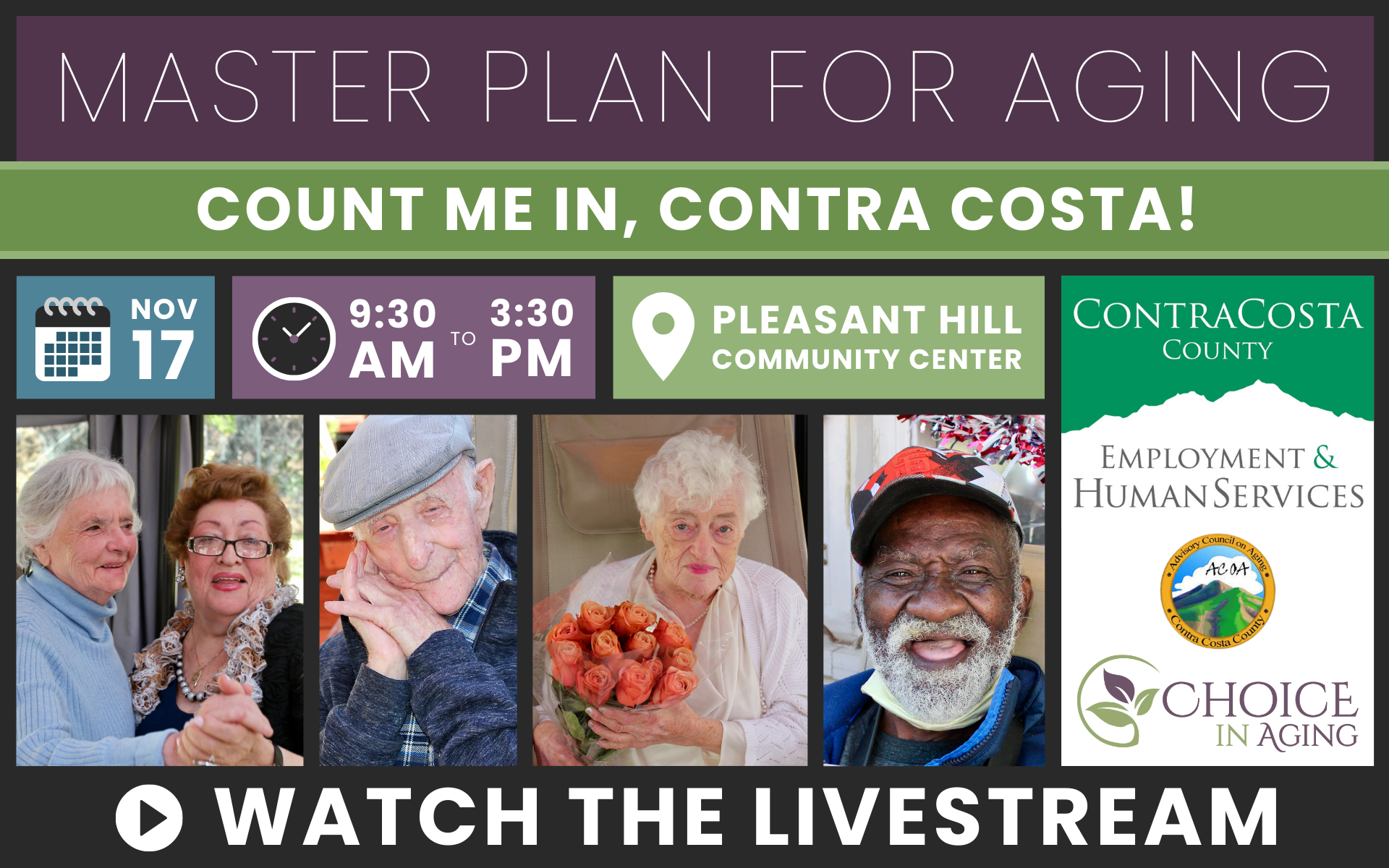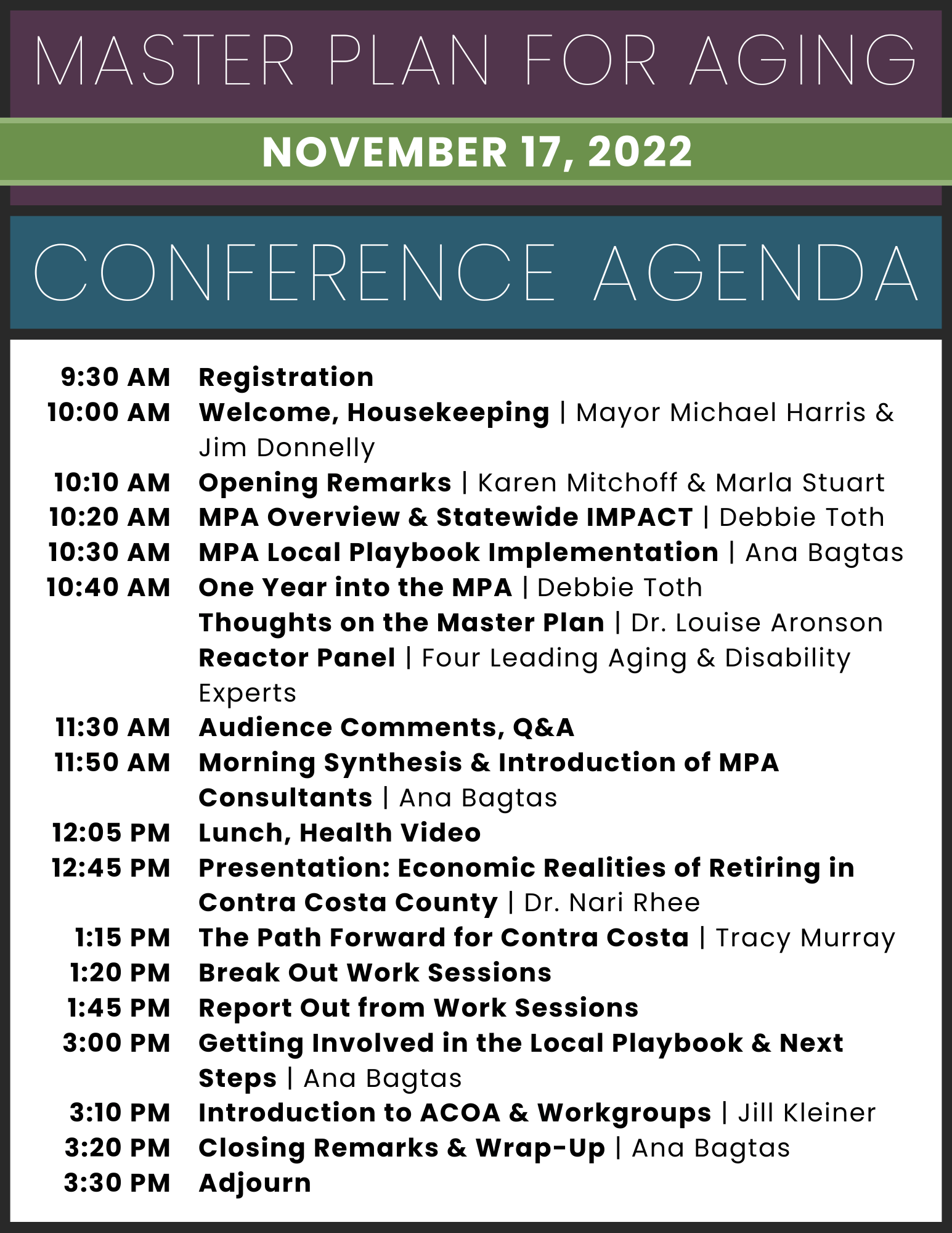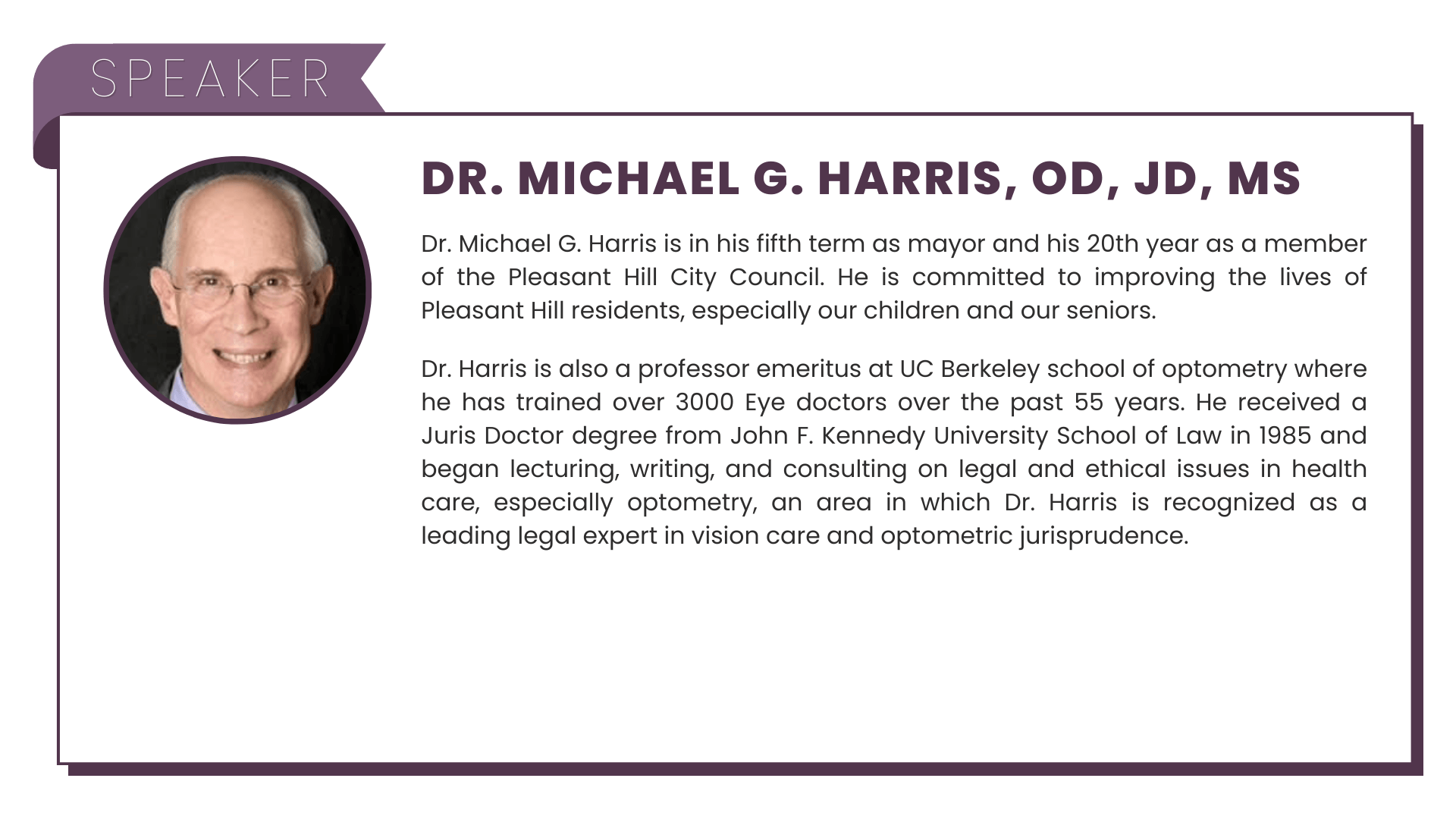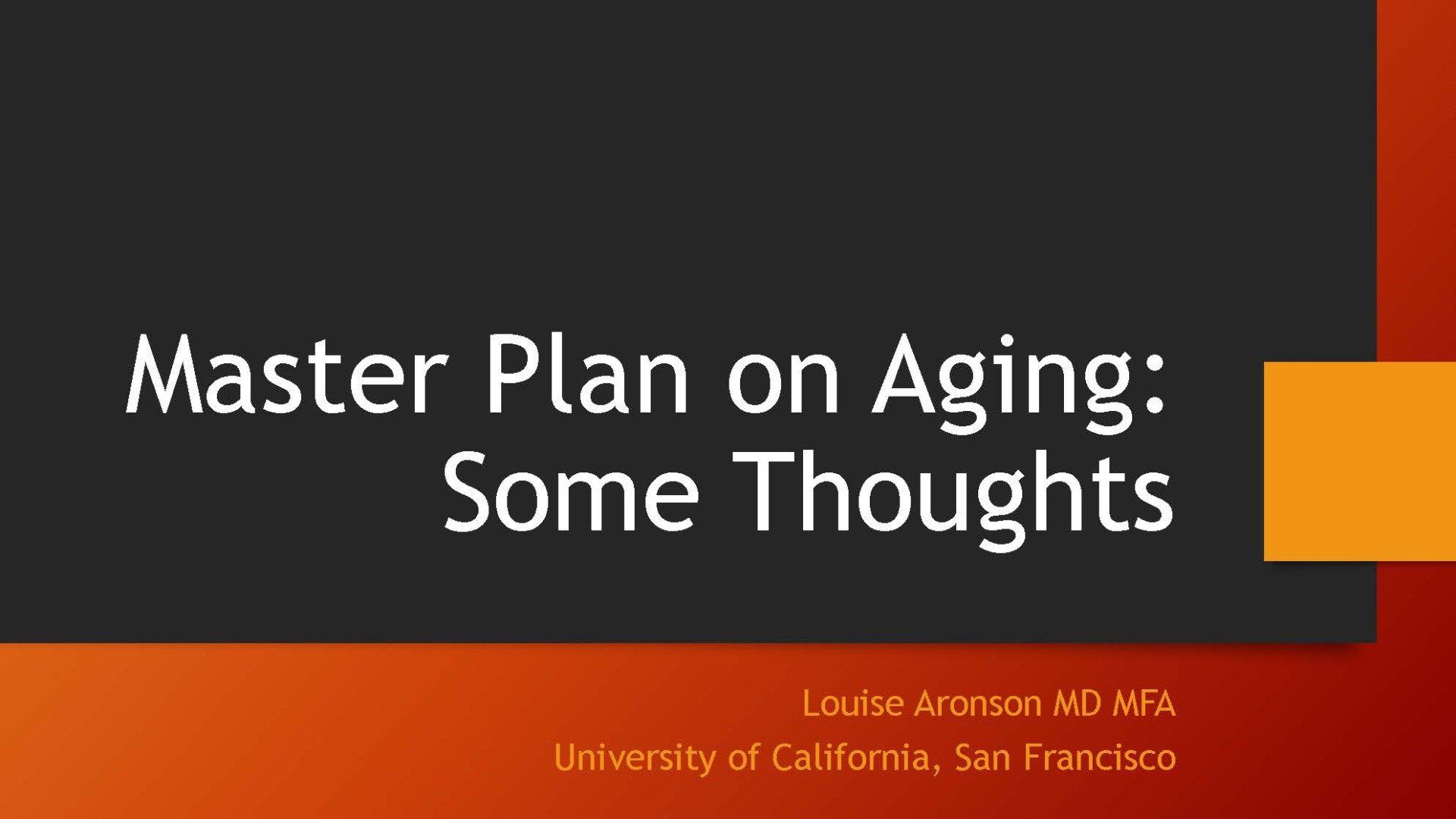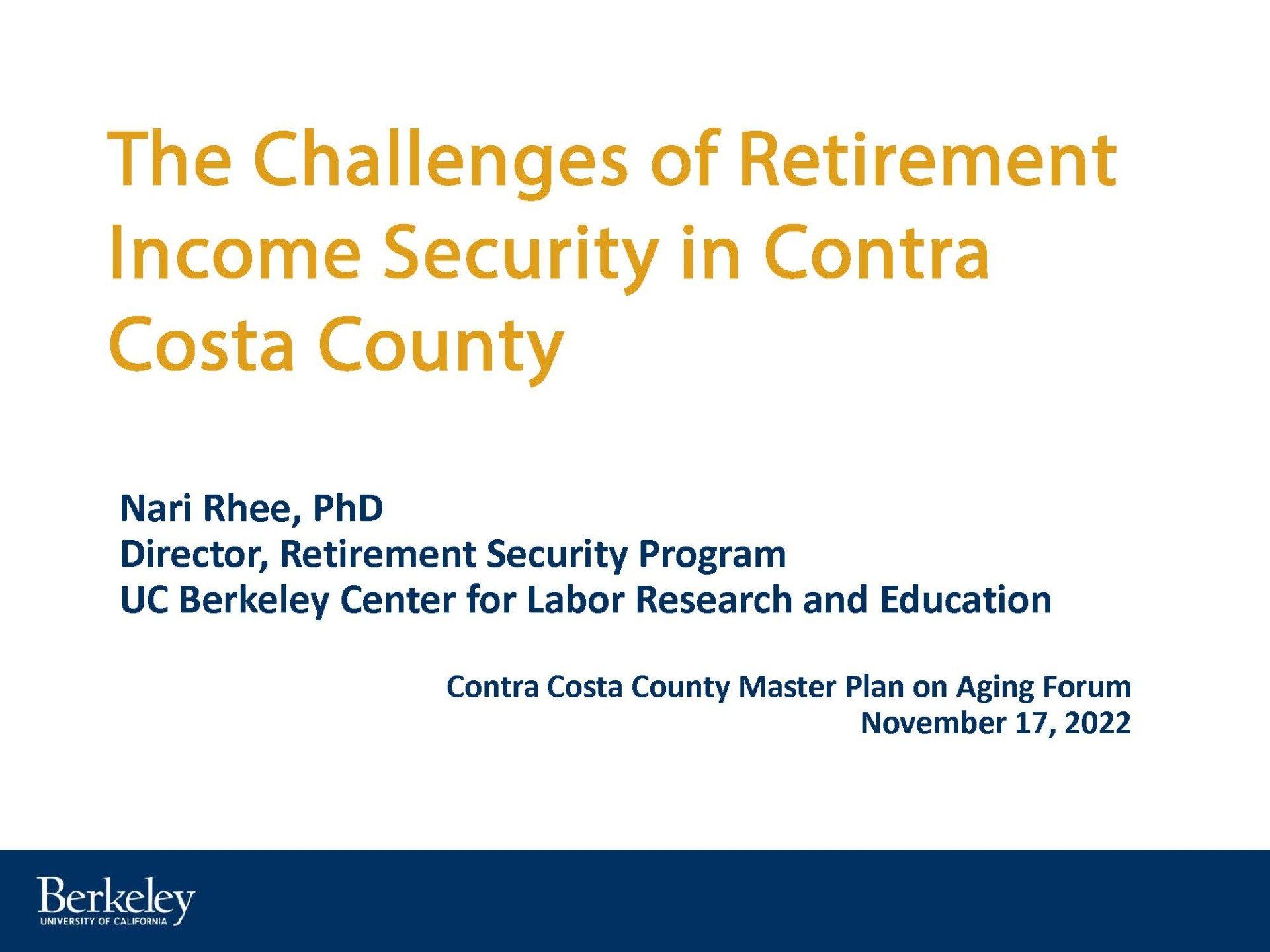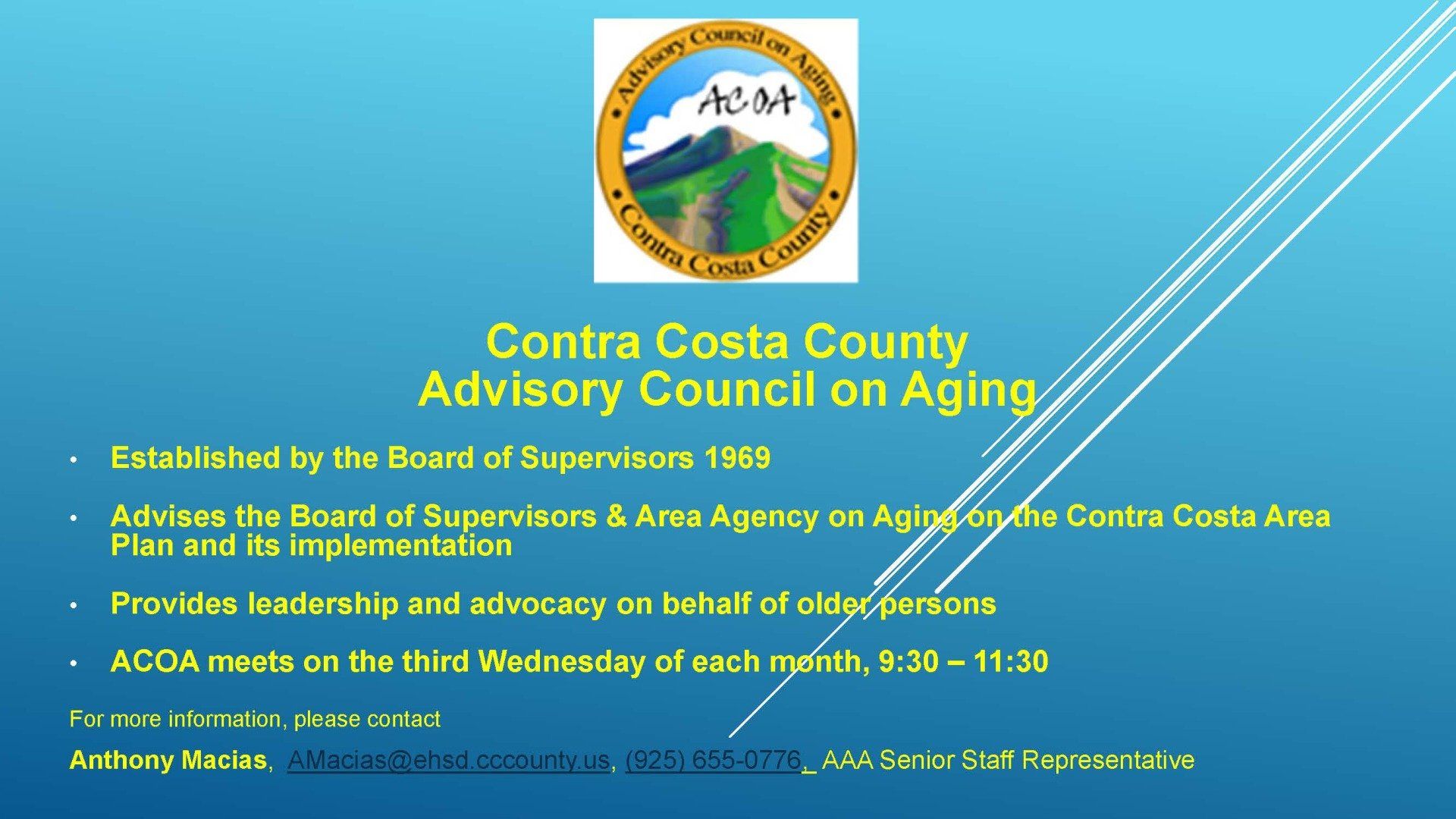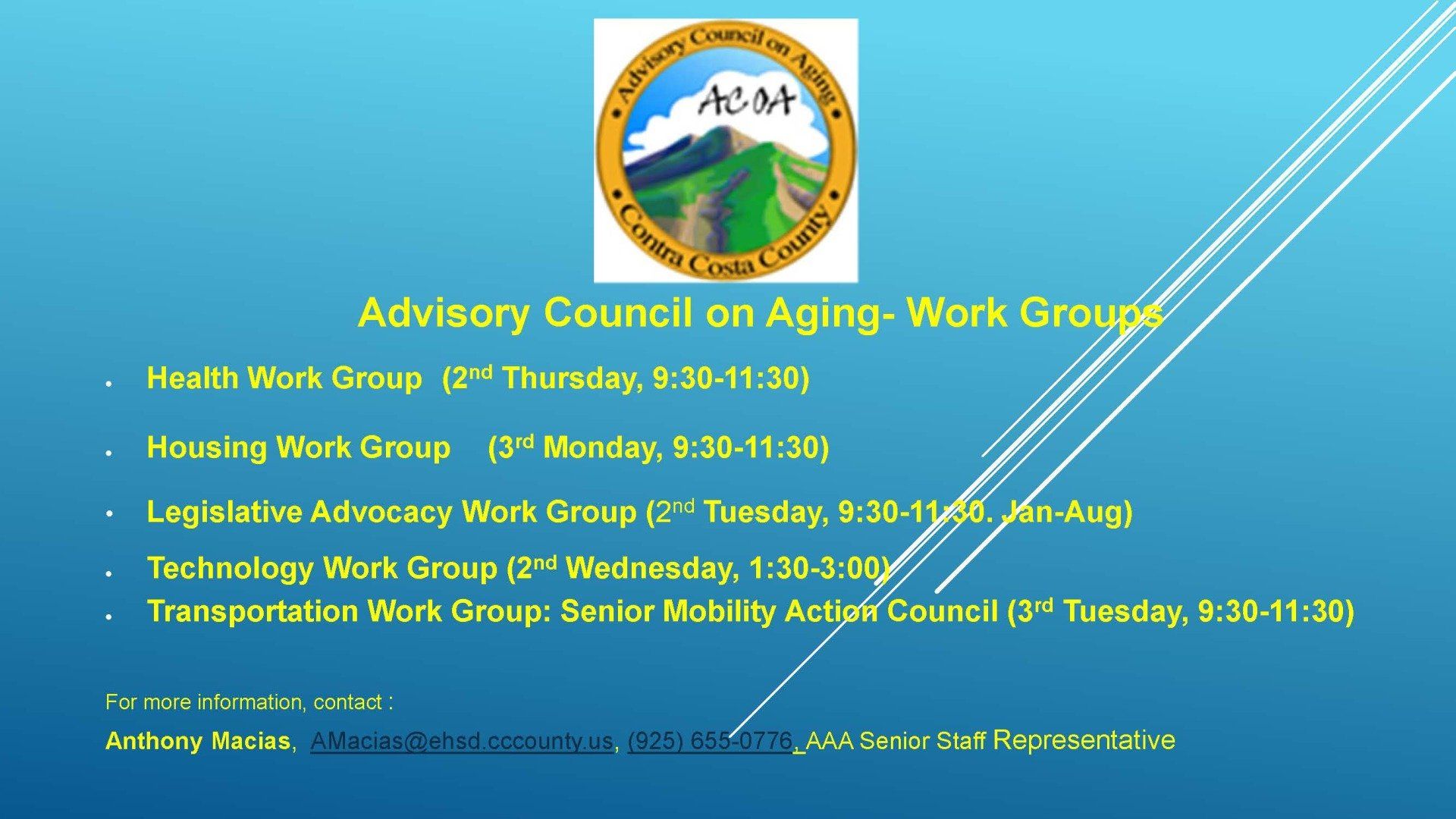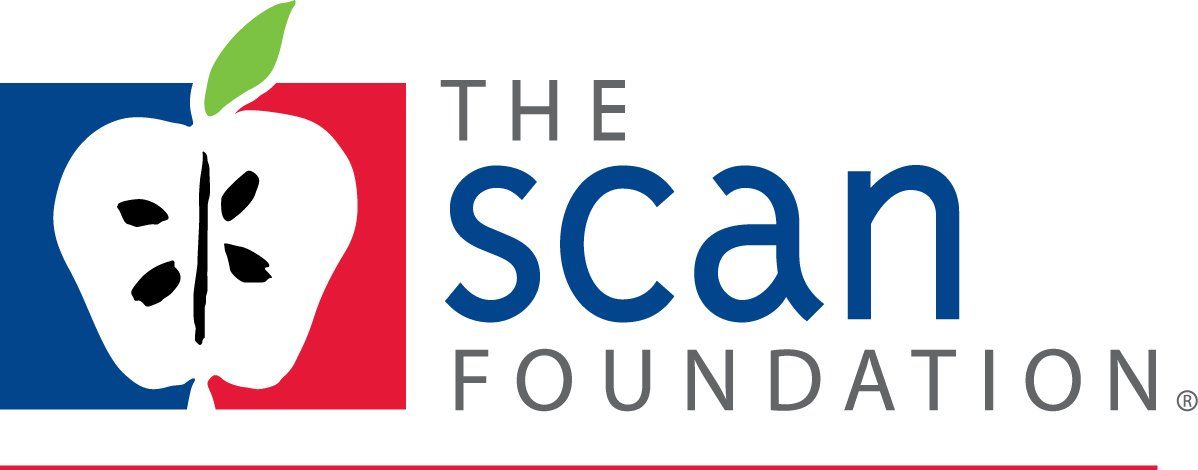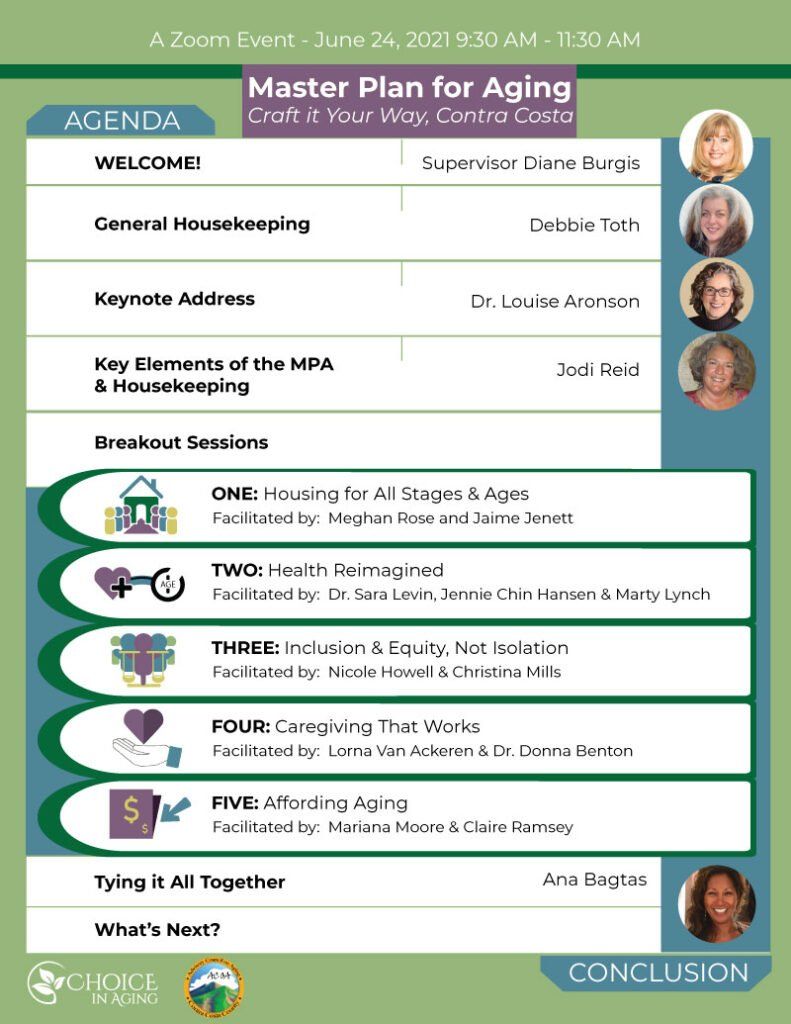Master Plan for Aging
Count Me In, Contra Costa!
November 17, 2022
Table Topics & Speaker Bios
-
Age-Friendly Contra Costa
The WHO Global Network for Age-friendly Cities and Communities was established in 2010 to connect cities, communities and organizations worldwide with the common vision of making their community a great place to grow old in. As a response to global population aging and rapid urbanization, it focuses on action at the local level that fosters the full participation of older people in community life and promotes healthy and active aging. The mission of the Network is to stimulate and enable cities and communities around the world to become increasingly age-friendly. This table will discuss how Contra Costa and our cities and towns can become a part of this initiative.
“By 2030, Contra Costa and its cities are part of the worldwide Age-Friendly Movement.”
1. Embed “Age friendly” in the general plan of the County and in every City in Contra Costa.
2. Build an age-friendly infrastructure that is supported and sustainable by funding the work necessary to accomplish the vision, e.g., Measure X dollars.
3. Harness the diversity, unique needs, and assets of each community to formulate action and activate involvement to become an age friendly community.
-
Aging & Disability Resource Connection
This table will discuss the coming together of Contra Costa’s Area Agency on Aging and the Independent Living Resource Center. This table will educate members on the ADRC model and talk about what other partners need to be involved, where they have seen it done well, and what three things need to happen to ensure we do it right!
“Anyone looking for aging and disability resources will be able to find them and connect easily when needed.”
1. County advocates/specialists to speak to each person requiring resources.
2. Public service and PCP connection (including PTA, etc.) to county advocate/specialists to provide referrals as needed/requested.
3. Provide various linked methods to retrieve resources via mailings, news, public access channels, and internet with key words, so it could be easily found in multiple languages. Go beyond ADA-based regulations. Adapt to each person and meet them where they are, i.e., address individual needs, provide resources for advocacy and training.
-
Closing the Digital Divide
In August 2020, Governor Gavin Newson signed Executive Order N-73-20 to deploy affordable and reliable broadband throughout the state. Closing the digital divide by increasing access to the internet and digital devices will improve the ability of older adults and people with disabilities to connect to family and friends, health care providers, and to access additional support during the COVID-19 pandemic and beyond. This table will discuss how we accomplish this in Contra Costa.
“By 2026, older adults should have free/low cost broadband cellular service and the necessary hardware (tablets, etc.) for mobile connectivity, the instructional resources necessary to effectively use the technology, and outgoing and timely instructional/tech support.”
1. Better understanding and assessment of older adult technology needs and digital literacy needs. We know about transportation, heath, and housing but not technology. Online and community based.
2. Funding for all aspects of successful technology use: service, hardware, and training.
3. Establish educational channels so adults have ongoing learning resources.
-
End Homelessness for Older Adults
Our county and state must invest in innovative solutions to prevent older adult homelessness, by reducing barriers to accessible housing programs and services, while promoting the transition of those experiencing homelessness to affordable and accessible housing models, with supportive services — we need to ensure this is being implemented locally. This table will discuss what Contra Costa is doing in this space and how we can end homelessness right here.
“We believe housing is a human right and in 2030, no older adult will experience homelessness."
1. Development of deeply affordable housing that is scaled to meet the needs of unhoused seniors.
2. Adequate prevention services to ensure older adults never fall into unsheltered homelessness.
3. California Constitution will have laws in place to mandate cities have adequate affordable housing for all.
4. Contra Costa will have passed Measure H that dedicates a percentage of local tax revenue to a flexible housing pool with a percentage set aside for older adults.
5. Local data will disaggregate senior data by race ethnicity to eradicate disparities of unhoused seniors.
-
End of Life Care
How do we ensure people can have their wishes supported as they transition? This table will explore palliative care, hospice and other dignity-based support around death and dying well.
“By 2030 information will be available to the citizens of Contra Costa County by calling a resource number, i.e. 211.”
1. Similar to an emergency preparedness kit, provide citizens with an End of Life Preparedness Tool Kit.
2. Educate doctors and healthcare professionals on the importance of advance planning.
3. Offer resources to people who may not have the ability to pay for end of life care up to and including hospice and cremation or funeral services. Getting doctors to tell patients that they are terminal. Education like End of Life Network. Certification of End of Life Specialist. Information on planning. Education such as 911 info resources. Find a way to get to the retirement planners and integrate end of life planning there. They are already in “planning” mode so just take it one step further!
-
Equity & Inclusion
As the most racially, ethnically, and linguistically diverse state in the nation, California can lead in combatting ageism, ableism, racism, xenophobia, sexism, homophobia, and all prejudices, while expanding opportunities for all older adults and people with disabilities to be economically, civically, and socially engaged, without experiencing discrimination or bias. This table will discuss strategies to be more culturally responsive through training, data collection, public campaigns, and targeted equity and inclusion goals in workforce, service planning, and service delivery.
“In 2030, every older adult, regardless of education level, race, ethnicity, preferred language, age, and health/disability status, receives and helps design services and supports that address what matters most too each person, in the way they prefer.”
1. Widespread education and community conversations about what diversity and equity look like in the context of aging, ageism, and ableism.
2. Robust data collection to inform policies and practices, including tools to access strengths/gaps of programs and services.
3. Strengthen and expand partnerships with diverse community members, providers, family members, and other caregivers, and stakeholders in other sectors. To build collective input, wisdom, ownership, and accountability.
-
Family & Friends Caregiver Support
Family caregivers need supports — such as paid family leave, multilingual training resources, virtual care options, and respite — so that the role remains rewarding and caregivers can maintain health, well-being, and income while caring for a loved one. Given that lower-income women, particularly women of color, disproportionately provide family caregiving, resources and support should be tailored and prioritized accordingly. This table will discuss how we elevate and coordinate these efforts in Contra Costa.
“By 2030, family and friend caregiving will have access to all services and supports they need to care for themselves and the person they care for.”
1. Countywide caregiver awareness campaign to keep caregivers self-identity as a caregiver. Know where to find resources.
2. The County will provide a long-term care fund that will subsidize caregiver expenses.
3. Training services that are integrated with medical and social services to increase awareness and access to caregiver trainings.
-
Health Care for Aging
Health Care is very child and family centric and does not hold much expertise for aging. As we age, our bodies react to medications and illness/disease processes differently. Who cares for us and how is vital to our ability to continue living in the community. This table will discuss how we work with our existing systems of care to infuse aging and disability accessibility into the provision of care.
“By 2030, All Contra Costa County Health Delivery Systems will have a Geriatric Specialty Service line with a multi-disciplinary team that provides comprehensive, timely, and appropriate assessments in preventive and immediate care needs aligned to the best standards of care in Geriatric Specialty.”
1. Policy and legislative incentives to spur workforce training and development for all disciplines to become trained in Geriatric Specialty Care.
2. Mandates with funding, ideally that require Health Delivery Systems, to provide Specialty Geriatric Care Services and Assessments.
3. Coordination/Case Management Services development to ensure implementation and follow up of care plan with community-based partners and caregivers
“Easy access to informed expert care for the aging population across primary care and specialty care in an ageist free system.”
1. Provider education and accountability: Oversight for current best practices and patient outcomes.
2. Develop recruitment: Incentive strategies to support older adult experts across modalities and specialties. i.e., physical health, mental health, etc.
3. Create programs within health systems to collaborate with community-based partners; communities, schools, social service agencies to build access to primary care.
Policy Change: Standardize and increase insurance reimbursement for services for older adult (specialty) care. I.e.: Physical, mental, preventative, and whole person care.
-
Health Care & Home Care
Recognizing health as a part of our everyday lives, not just when we visit a physician, how do we bring this lens into our healthcare system and into our homes? This table will talk about how we can create bridges between our healthcare providers and the community service providers like Meals on Wheels, friendly visitors, home care, and so much more.
“In the future, there will be continuity and coordination of quality care and services from hospital discharge to outpatient care and affordable home and community based services.”
1. Funding: Increase coverage through programs such as Medicare, Medi-Cal, private insurance, etc. to fund these transitional services and expand eligibility for these programs.
2. Education: Increase training and education on resources available for care providing and support services.
3. Care Coordinators and Advocates (Patient & Senior): Create new positions to ensure there is follow through so the services meet the needs of the older adults in their unique individual situations.
“By 2030, Contra Costa County will have an integrated system in place to effectively address homecare availability, affordability, and accessibility, complimented by the services and support needed to keep them living at home.”
1. Affordability: Contra Costa County making more county dollars. Priority into IHSS to enhance the program.
2. Availability: Hone in on the illegal immigrant work force that we currently have. Enable them to work legally.
3. Accessibility: To develop an enriched model for IHSS.
-
Housing
Contra Costa County is in a housing crisis. Seniors and people with disabilities are struggling to find accessible housing and afford rent, groceries, prescriptions and other necessities. There are a myriad of housing solutions such as rent control, more affordable (truly affordable) housing, shared housing, accessory dwelling units and more. This table will discuss how we ensure people with disabilities and older adults keep and retain their accessible housing.
“By 2030, there will be appropriate and affordable housing options for 100% of older adults who want housing.”
1. Increase affordable housing production and preservation.
2. Increase availability of housing subsidies.
3. Increase support for people to age in place so they don’t have to move. I.e.: In home services and accommodations in home (remodel etc.) There will be appropriate and affordable housing options available for everyone who wants housing. Housing is a right!
“Safe, sanitary, and affordable housing for all.”
1. Tenant Protection: Impose limits on rent increases including for single-family homes.
2. Expansion of the housing subsidy programs.
3. Increase funding and resources for maintaining existing housing for older adults and developing new and diverse housing opportunities.
-
Income Security as We Age
How do we ensure Contra Costans are able to afford living and retiring here? What programs exist to help educate and support residents with savings and supplementing the cost to live in such a high cost area? How do we ensure our healthcare and food, for example, are available and affordable? This goes for rent, transportation and home care. This table will discuss strategies to ensure Contra Costans can age in place.
“In 2030 every older adult in Contra Costa will be able to afford to age with financial security.”
1. There will be early education in high school and college focused on saving for retirement and life after retirement.
2. There is a local long-term care benefit that will help pay for memory care, long term care, and in-home care.
3. Public benefits and services are fully funded so everyone that needs services can have them.
-
Nursing Home Innovation
Contra Costa can emerge from the COVID-19 pandemic with renewed commitment to innovation in quality care, including such areas as value-based payment and architectural redesign to smaller, more home-like environments. Our health system played a key part in providing PPE, containment strategies, spread prevention and training to our skilled nursing facilities. This table will discuss how we can ensure Contra Costa utilizes existing strengths, like our Strike Team and Empowered Aging to ensure high quality care while we work at the state level to see reforms and standards enforced.
“By 2030, all residents of Contra Costa County who need a higher level of care can access a facility that feels like home and offers security, safety, dignity, respect, and well-being regardless of income.”
1. The number of available beds for lower income residents, regardless of insurance status, meets the need of the county.
2. The assessment and transition process is person-centered and equitable and includes a personalized care plan and proximity to residence and current support system, without regard to income.
3. Long-term care staff are paid livable wages, trained properly in whole person care and assured of workplace satisfaction. Ensuring long term and adequate staffing of facilities.
-
Opportunities to Work, Volunteer & Engage Across Generations
Scaling flexible work and education models, including virtual options, and preventing age discrimination in the workplace, can increase the inclusion of older adults and people with disabilities, while utilizing their talent, professionalism, knowledge, and expertise. Volunteer programs for community priorities can intentionally and effectively recruit, support, and connect adults of all ages through volunteer centers, schools, community sites, libraries, and more. Older Contra Costans have much to contribute to our society and to younger generations. This table will discuss developing opportunities for multi-generational exchanges, volunteerism and employment opportunities for aging and disabled Contra Costans.
“Contra Costa County engages and strengthens intergenerational relationships in the workplace and through volunteer opportunities.”
1. Partner and encourage employers to offer flexible job opportunities to appeal to older adults (i.e.: part time/project specific).
2. Offer mutually beneficial mentorship opportunities across 3-4 generations in the workplace.
3. Provide messaging that reaches all people of all ages regarding this vision (i.e.: media, business, Chamber of Commerce, hospitals, Faith Institutions, schools, community-based orgs).
-
Protection from Abuse, Neglect & Exploitation
Through new statewide coordinated efforts focused on prevention and equity, California can strengthen prevention and responses to elder abuse, neglect, exploitation, and fraud with person-centered, data-driven, and culturally competent approaches. This table will discuss how we plug into statewide, nationwide and our own local efforts to protect older adults and the disabled from fraud, abuse and neglect.
“Every person has access to community resources and is safe from abuse and exploitation.”
1. Prevent: Contra Costa County will have a robust outreach and education program.
2. Connection: Substantial funding for a coordinated Elder Abuse Program involving government and nonprofit community.
3. Response: Response system that supports safety, independence, and advocacy in a timely manner.
-
Transportation
As we age or have disabilities, transportation becomes more and more difficult to navigate. The systems are not created inclusively and most people who can no longer drive find it difficult, if not impossible, to get where they need to go when they need to get there. This table will discuss how we ensure all Contra Costans can get where they need to go when they need to get there.
“In 2030, Contra Costa will be broadly accessible such that older Contra Costan’s and those with disabilities can get where they need to go, whenever they want to go.”
1. Guaranteed Funding: formula funding (normalize) bedrock and resource for our communities.
2. Build a culture of mobility across lifespans and community regions that needs to be affordable and accessible through outreach.
3. Establish a systemic, countywide approach to developing accessible transportation programs and policies.
Supported by a grant from The SCAN Foundation - advancing a coordinated and easily navigated system of high-quality services for older adults that preserve dignity and independence. For more information, visit www.TheSCANFoundation.org.
Historical Master Plan for Aging Events
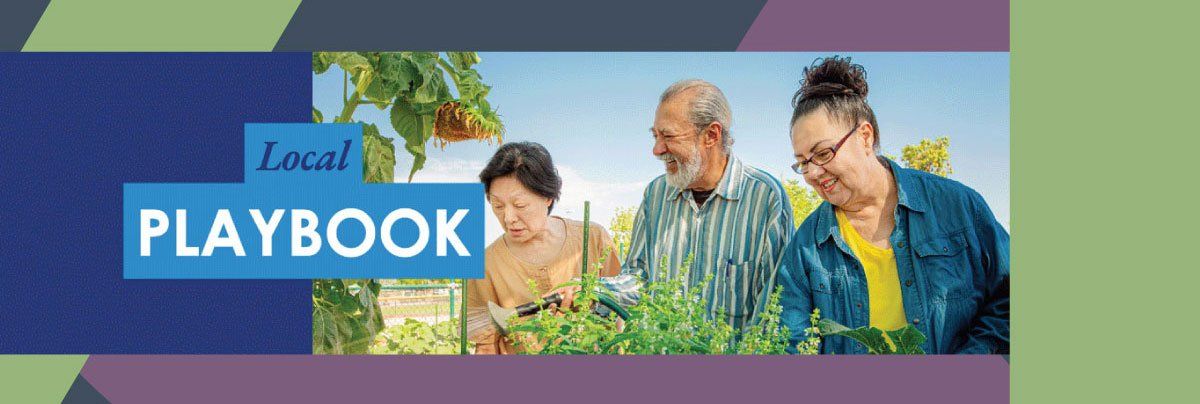
Craft It Your Way, Contra Costa!
June 24, 2021
Recognizing that California’s over-65 population is projected to grow to 8.6 million by 2030, Governor Gavin Newsom issued an executive order calling for the creation of the Master Plan for Aging to be developed by October 1, 2020. The Master Plan will serve as a blueprint that can be used by state government, local communities, private organizations and philanthropy to build environments that promote an age-friendly California.
Our President & CEO, Debbie Toth, was appointed to the Master Plan for Aging Stakeholder Advisory Committee and has been helping to shape the Master Plan to help serve seniors from all backgrounds in the Bay Area and throughout the state.
You can find background on the Master Plan for Aging at the California Department of Aging, or see what we’re doing locally to get involved and help shape the future of aging in California!
Recordings
Keynote Speaker
Main Session
Goal 1 Breakout Session
Goal 2 Breakout Session
Goal 3 Breakout Session
Goal 5 Breakout Session
Speaker Bios
-
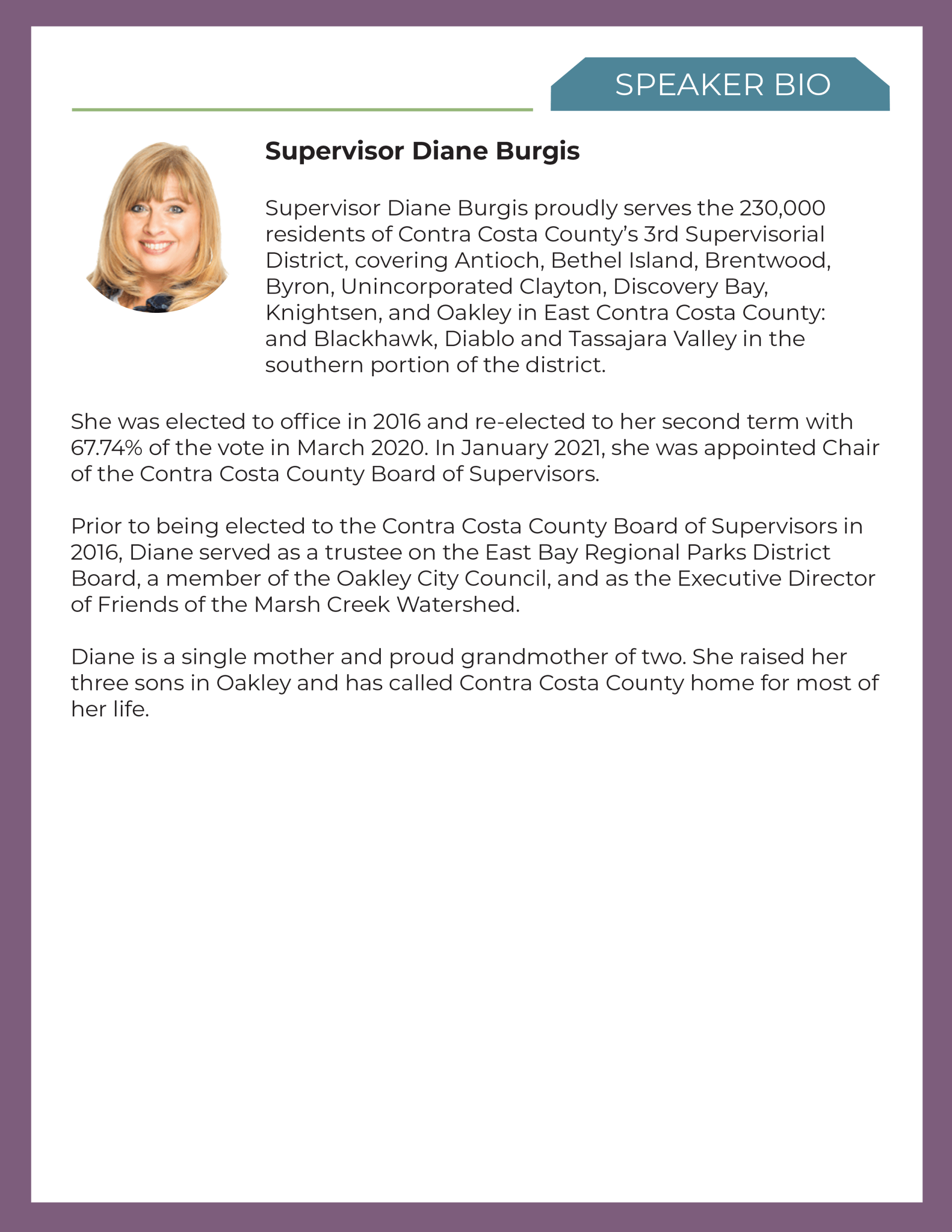
Slide title
Write your caption hereButton -
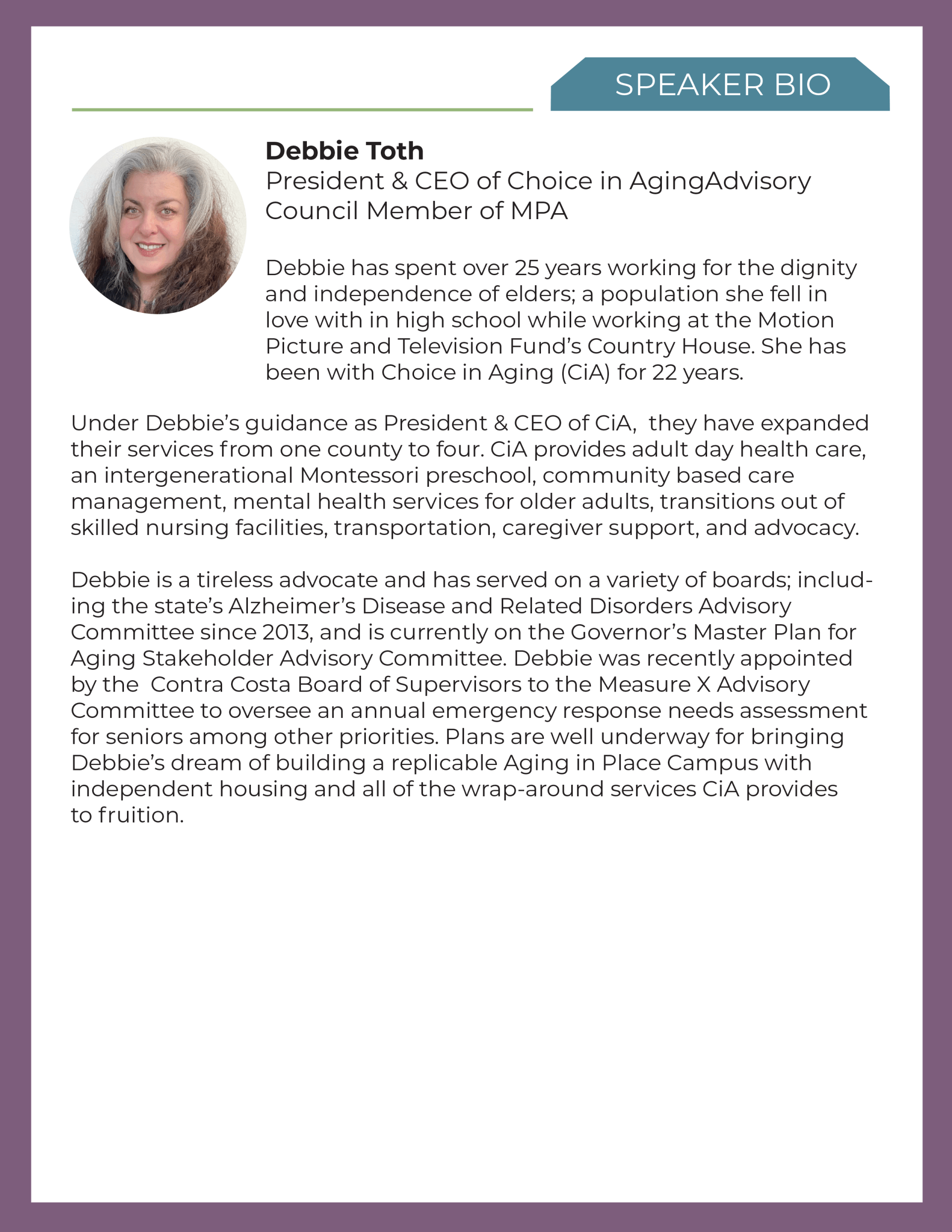
Slide title
Write your caption hereButton -

Slide title
Write your caption hereButton -
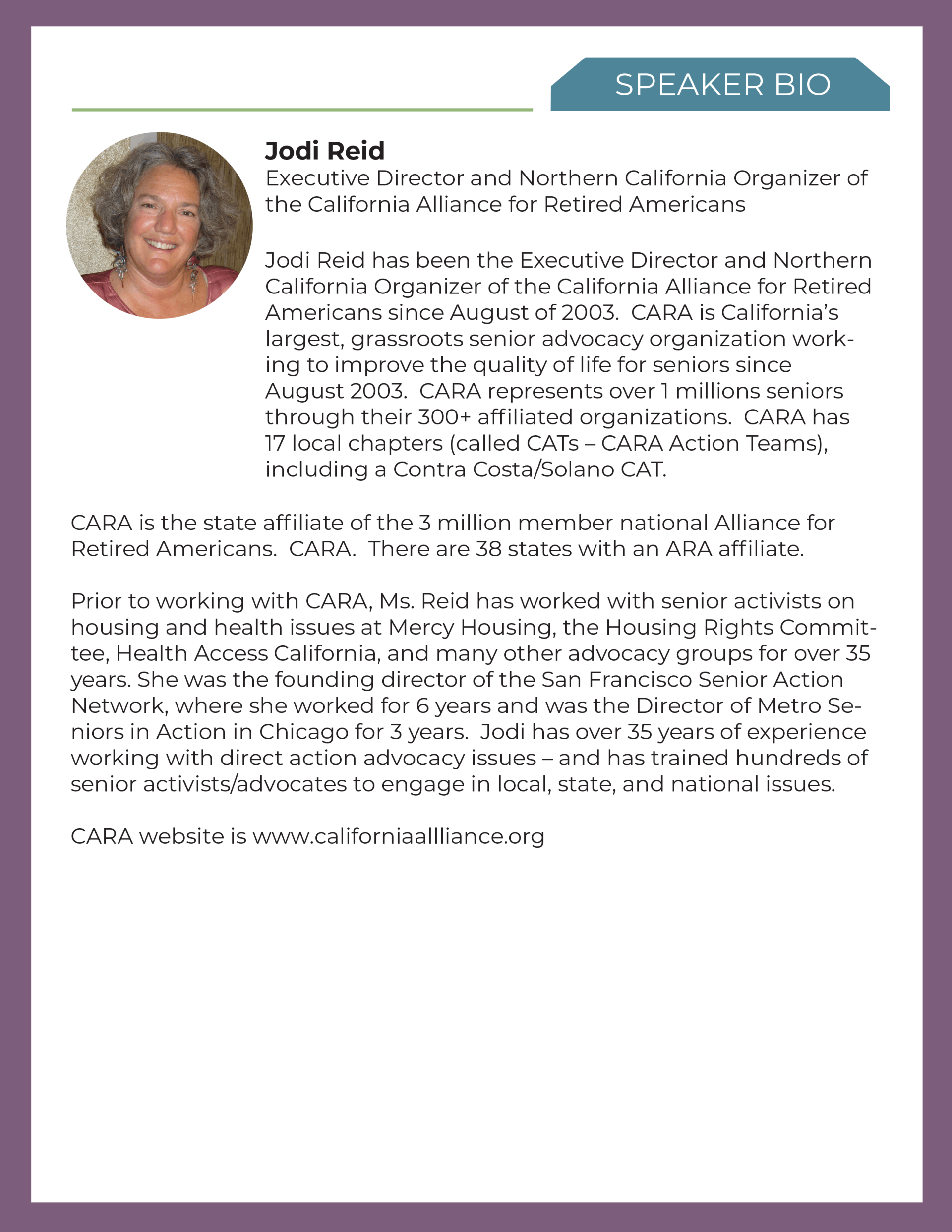
Slide title
Write your caption hereButton -
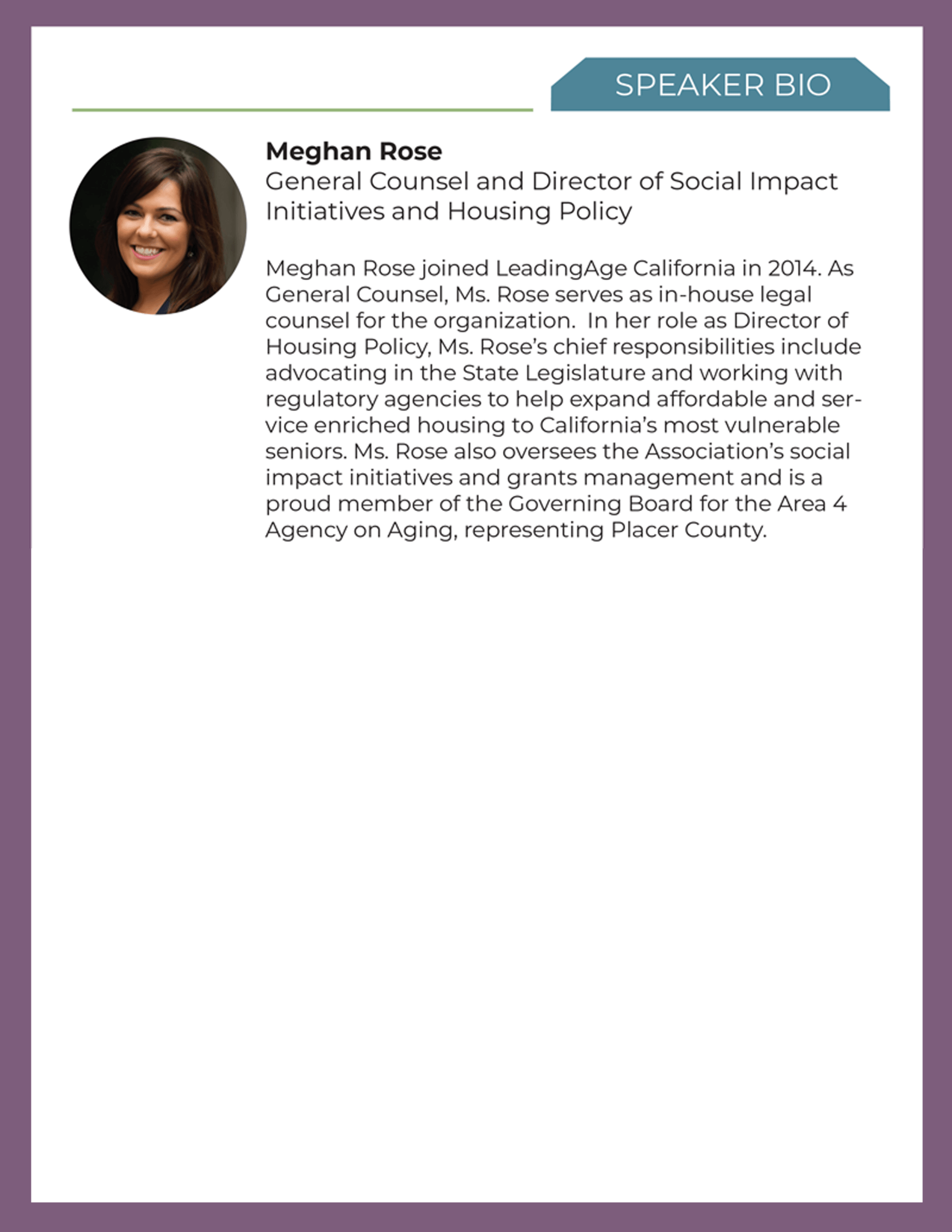
Slide title
Write your caption hereButton -
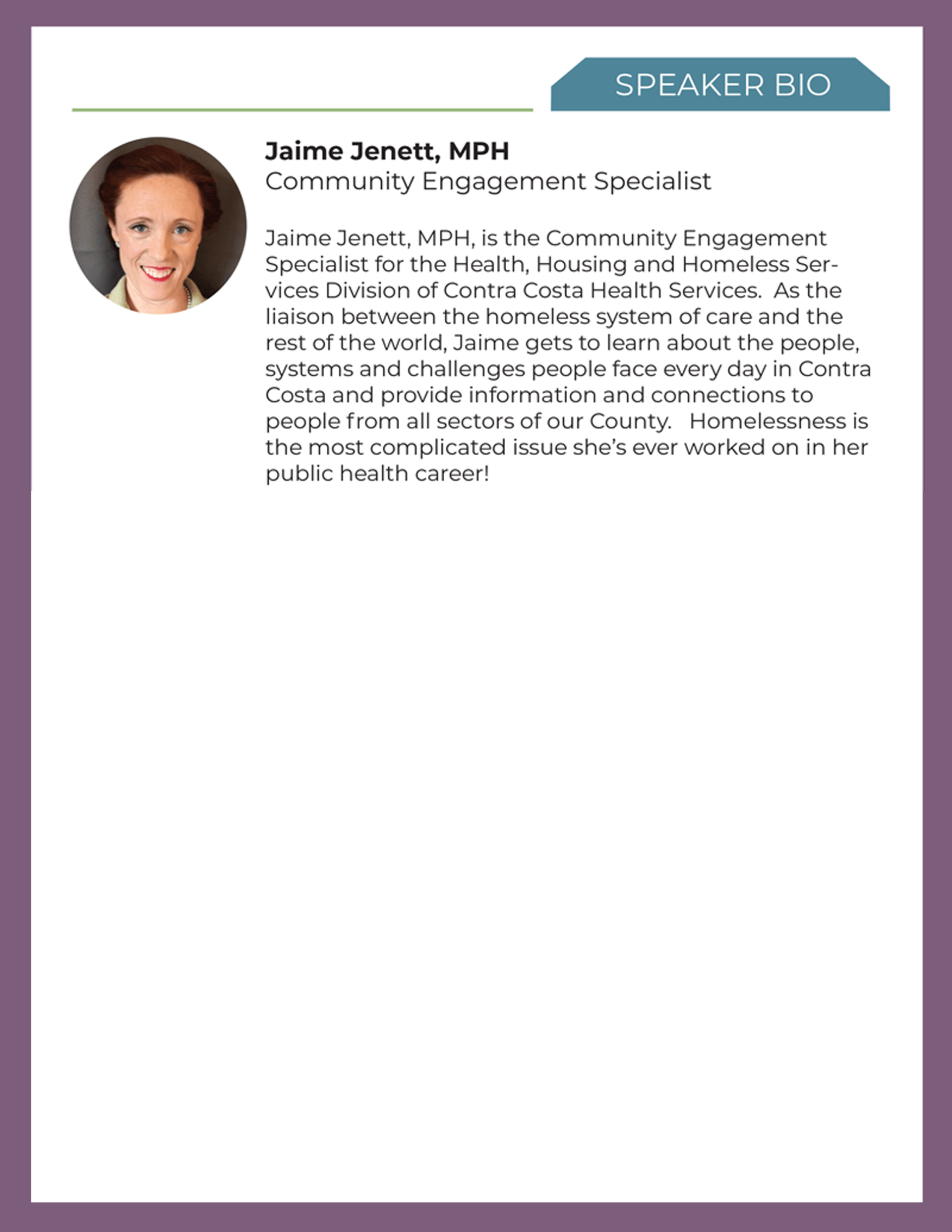
Slide title
Write your caption hereButton -
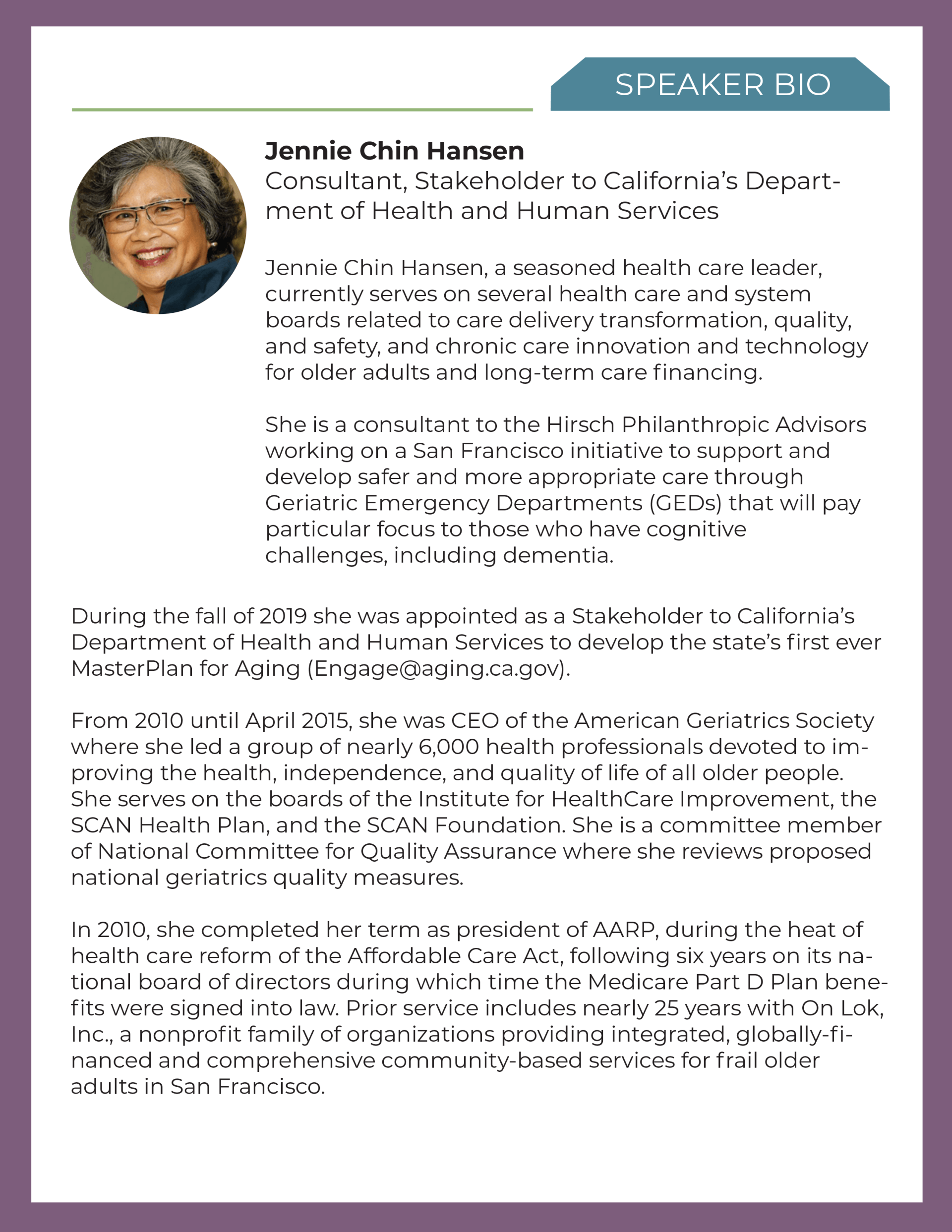
Slide title
Write your caption hereButton -
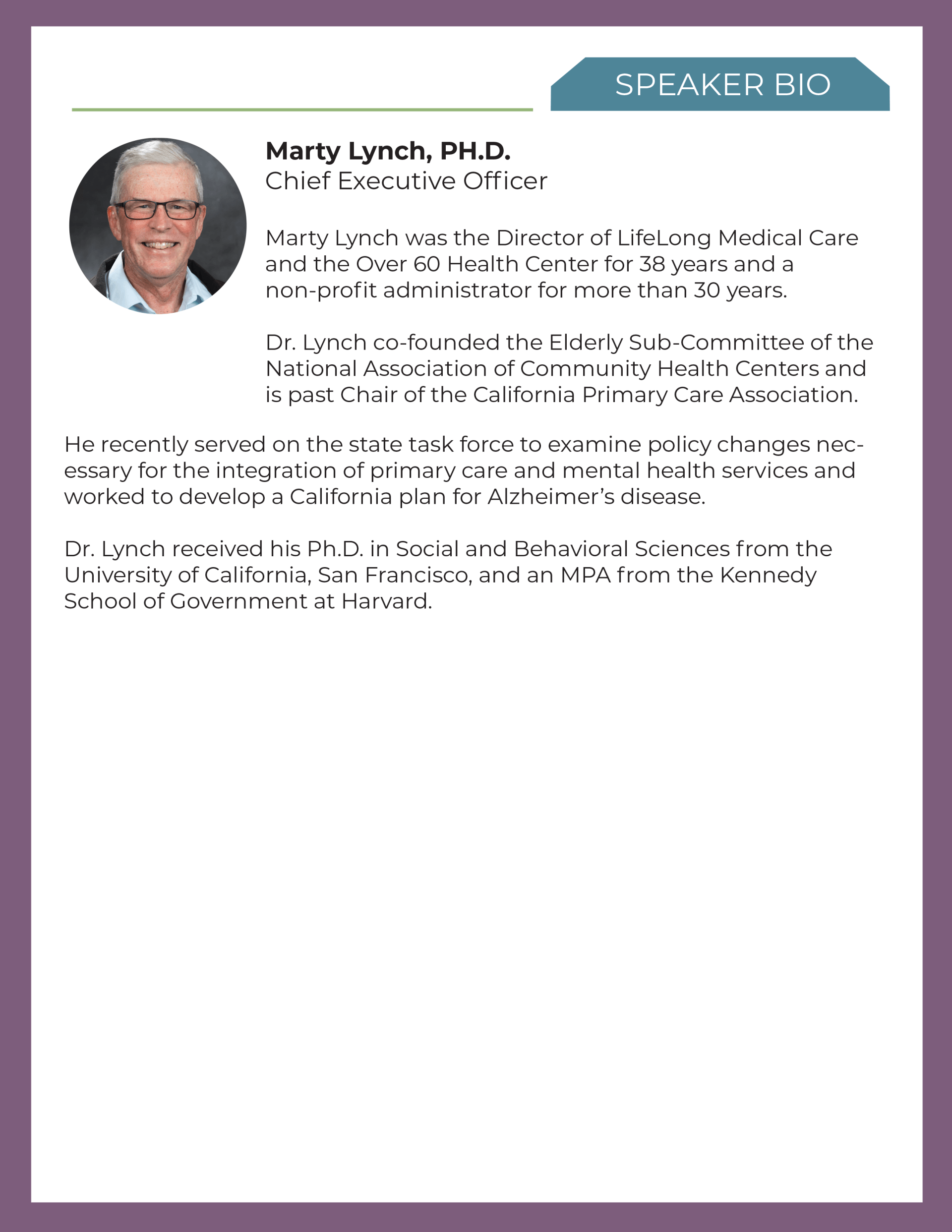
Slide title
Write your caption hereButton -

Slide title
Write your caption hereButton -
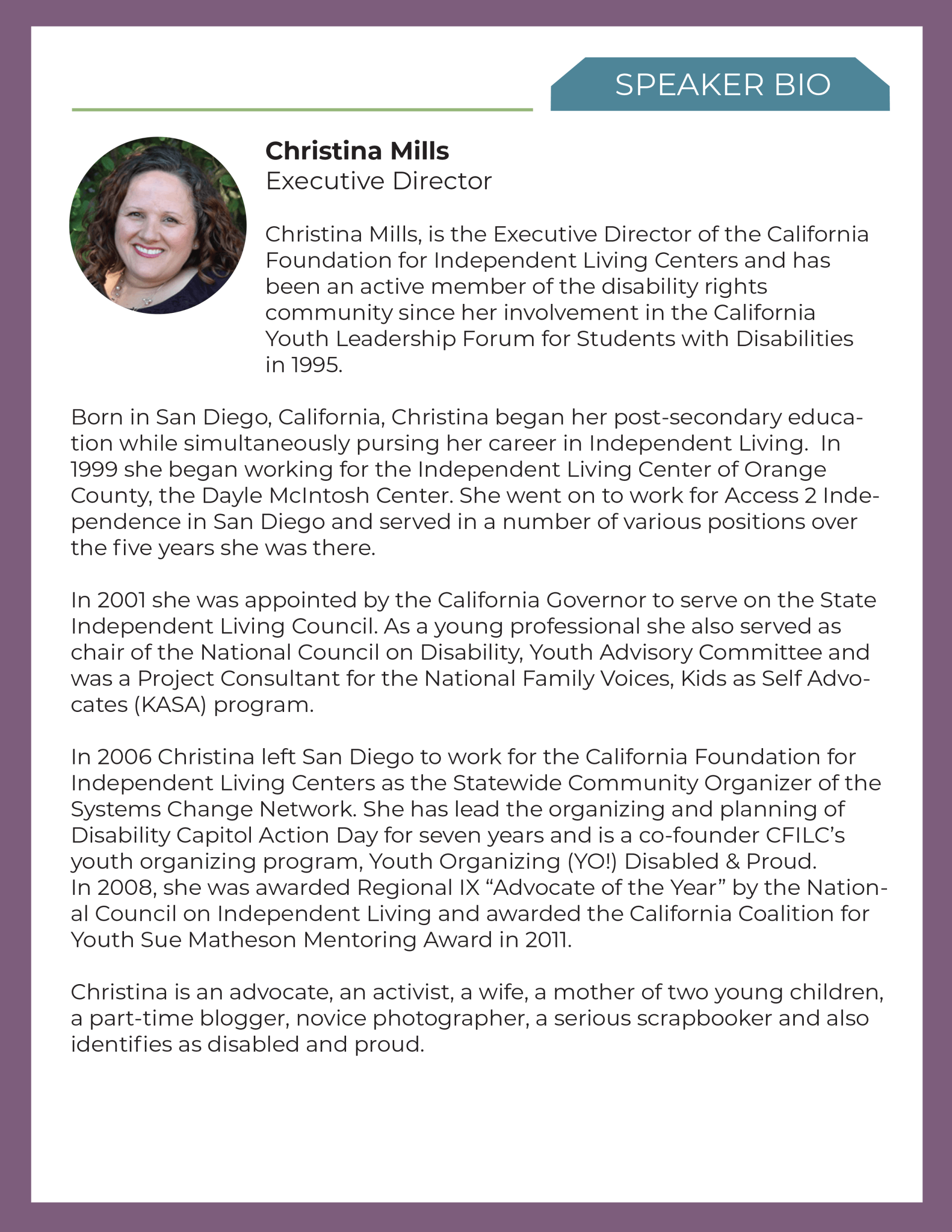
Slide title
Write your caption hereButton -
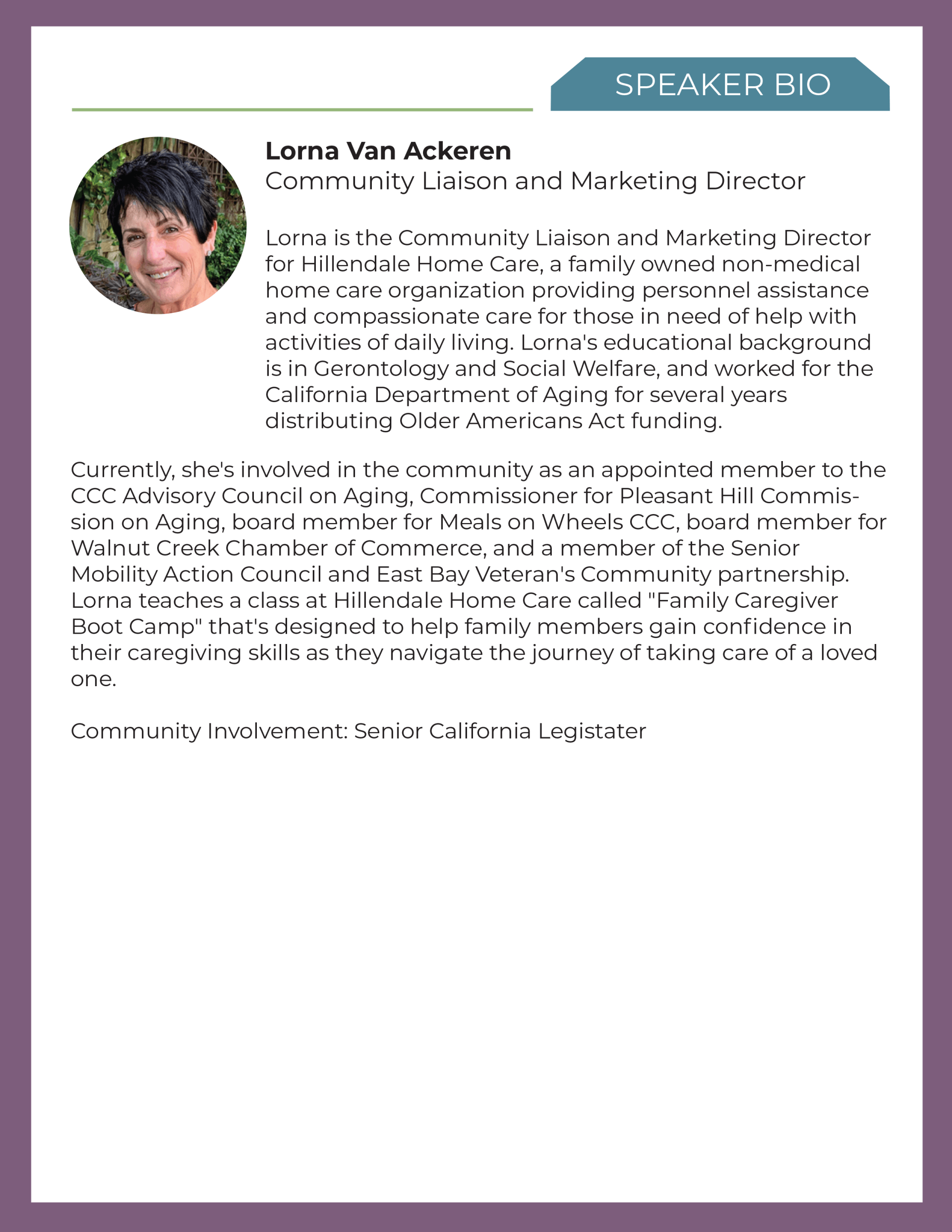
Slide title
Write your caption hereButton -

Slide title
Write your caption hereButton -
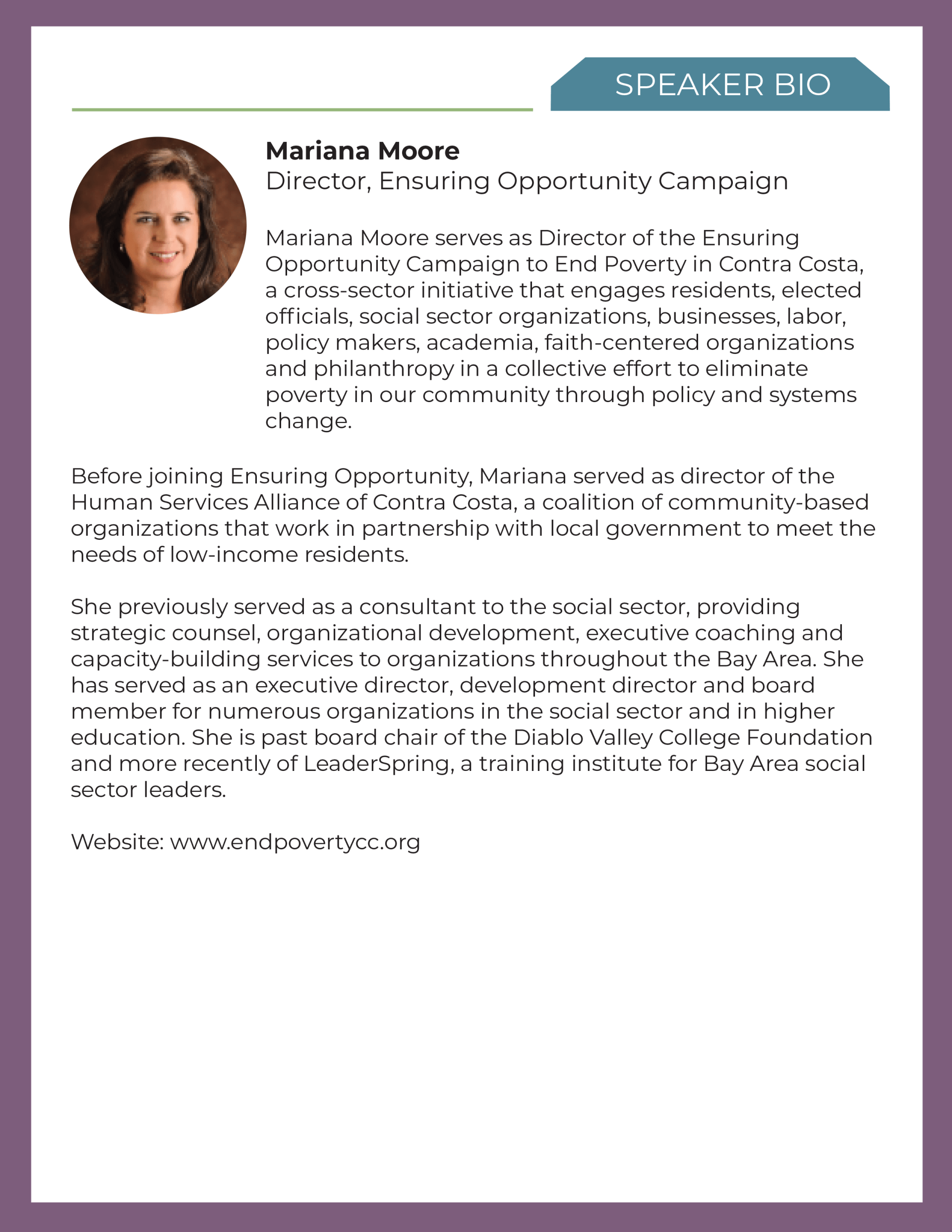
Slide title
Write your caption hereButton -
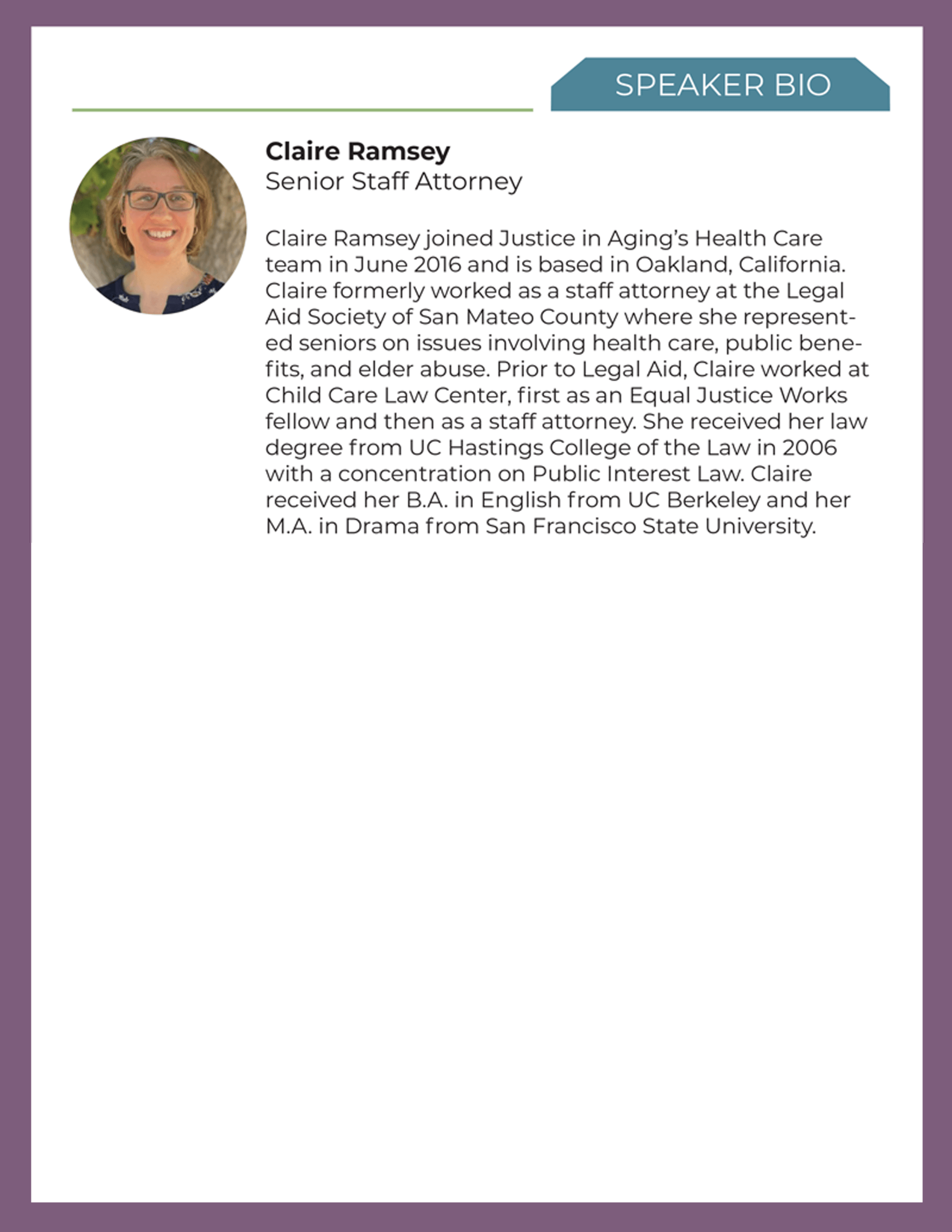
Slide title
Write your caption hereButton -
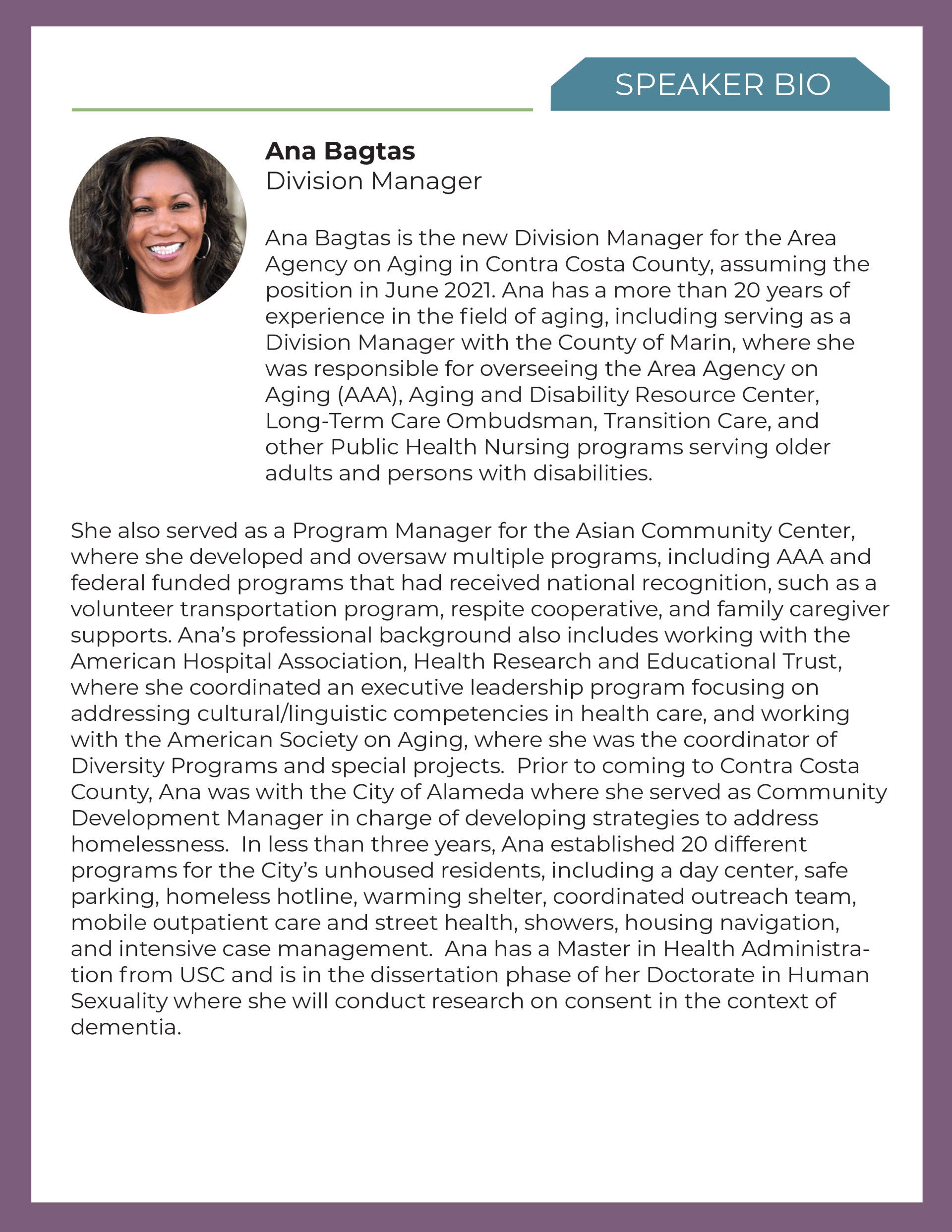
Slide title
Write your caption hereButton
Presentation
By Dr. Louise Aronson
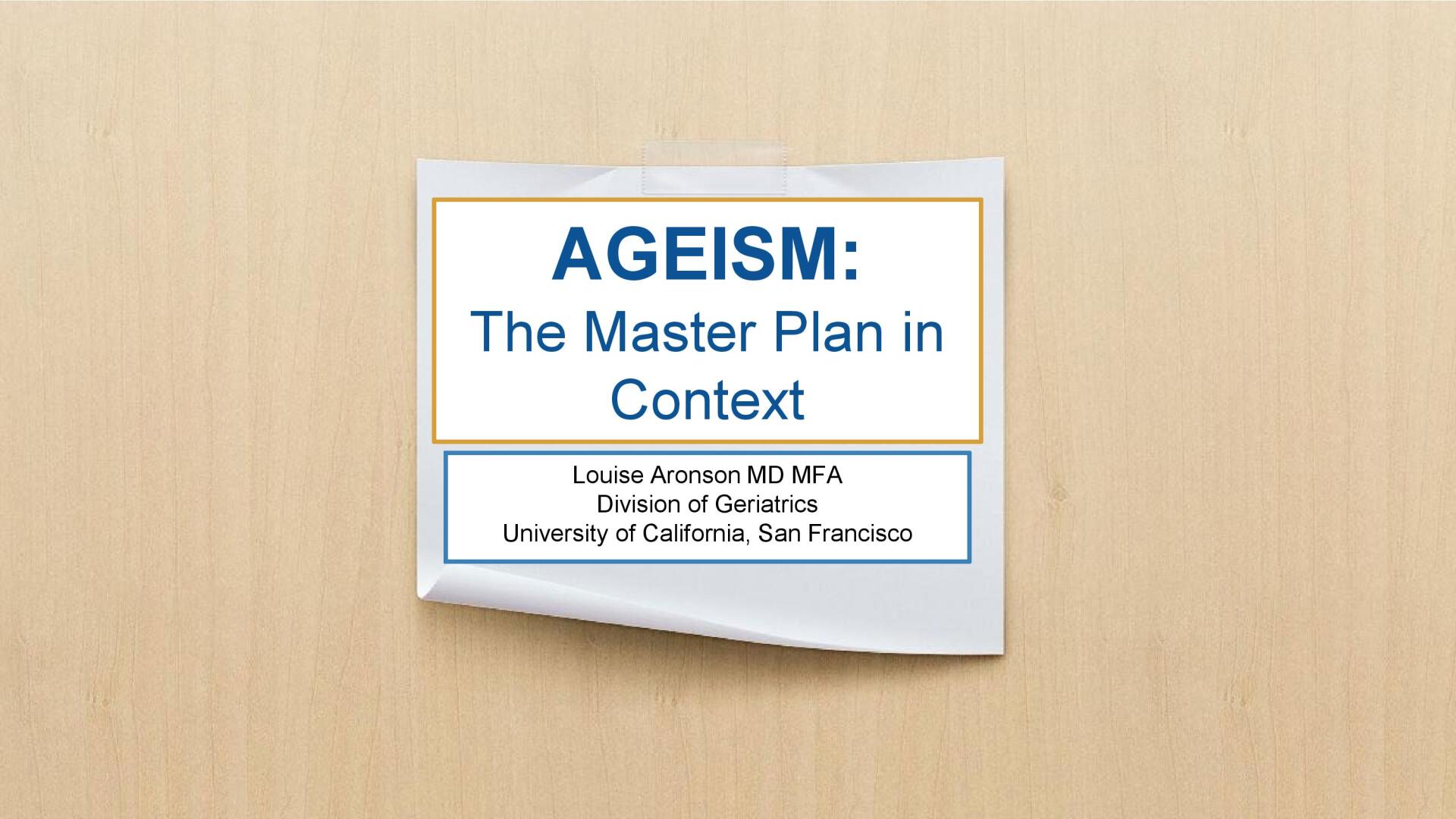
Slide title
Write your caption hereButton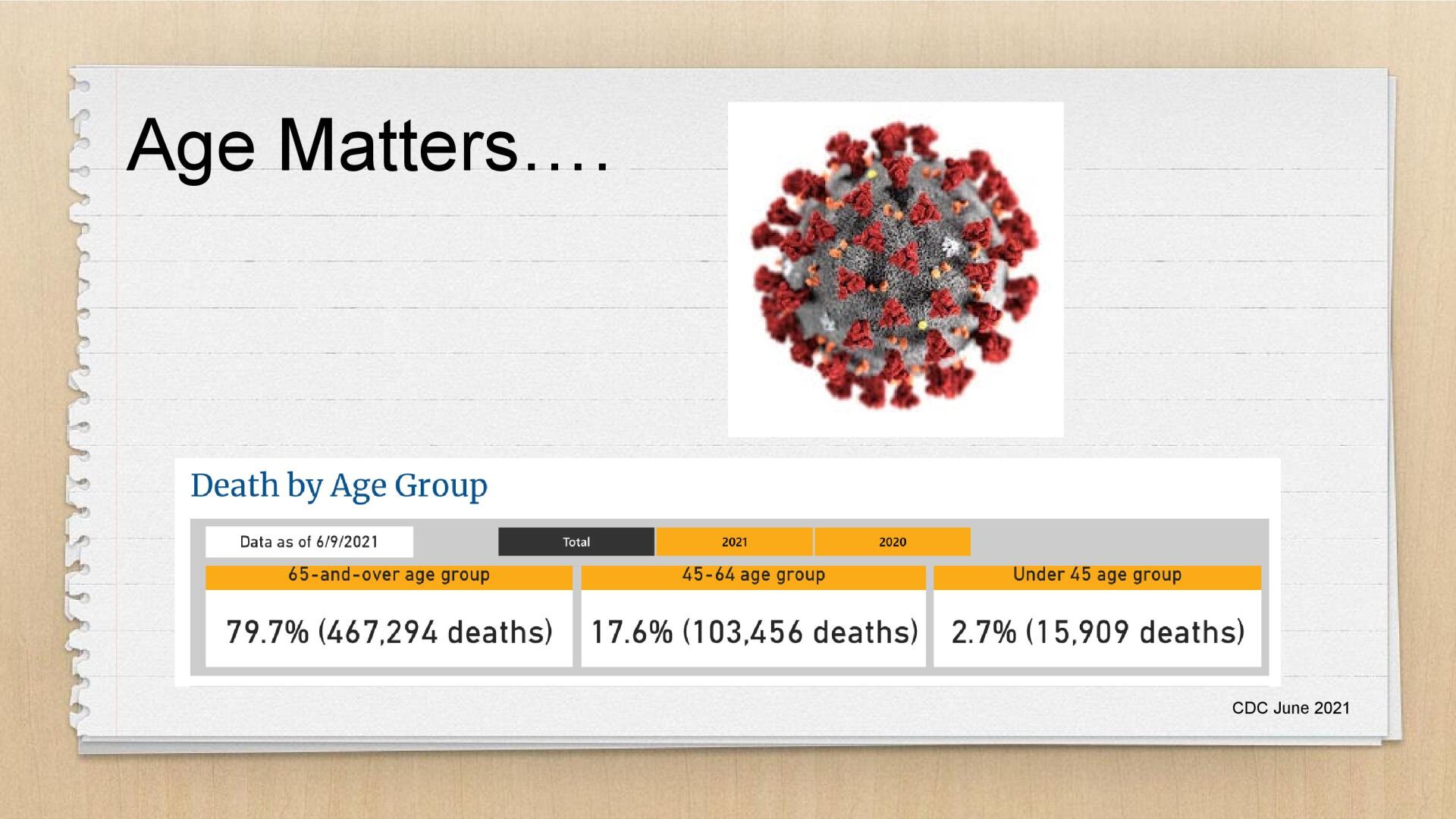
Slide title
Write your caption hereButton
Slide title
Write your caption hereButton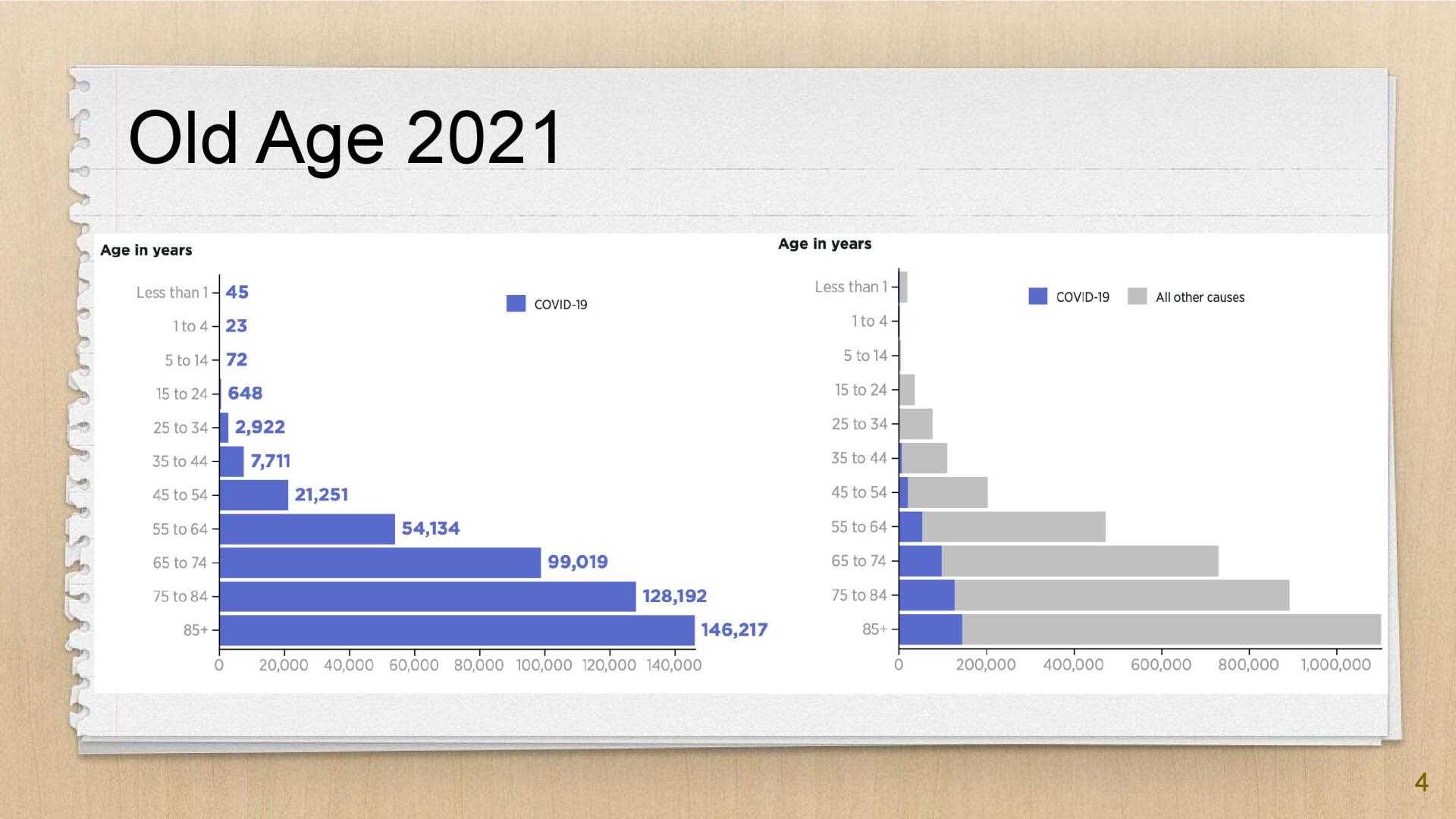
Slide title
Write your caption hereButton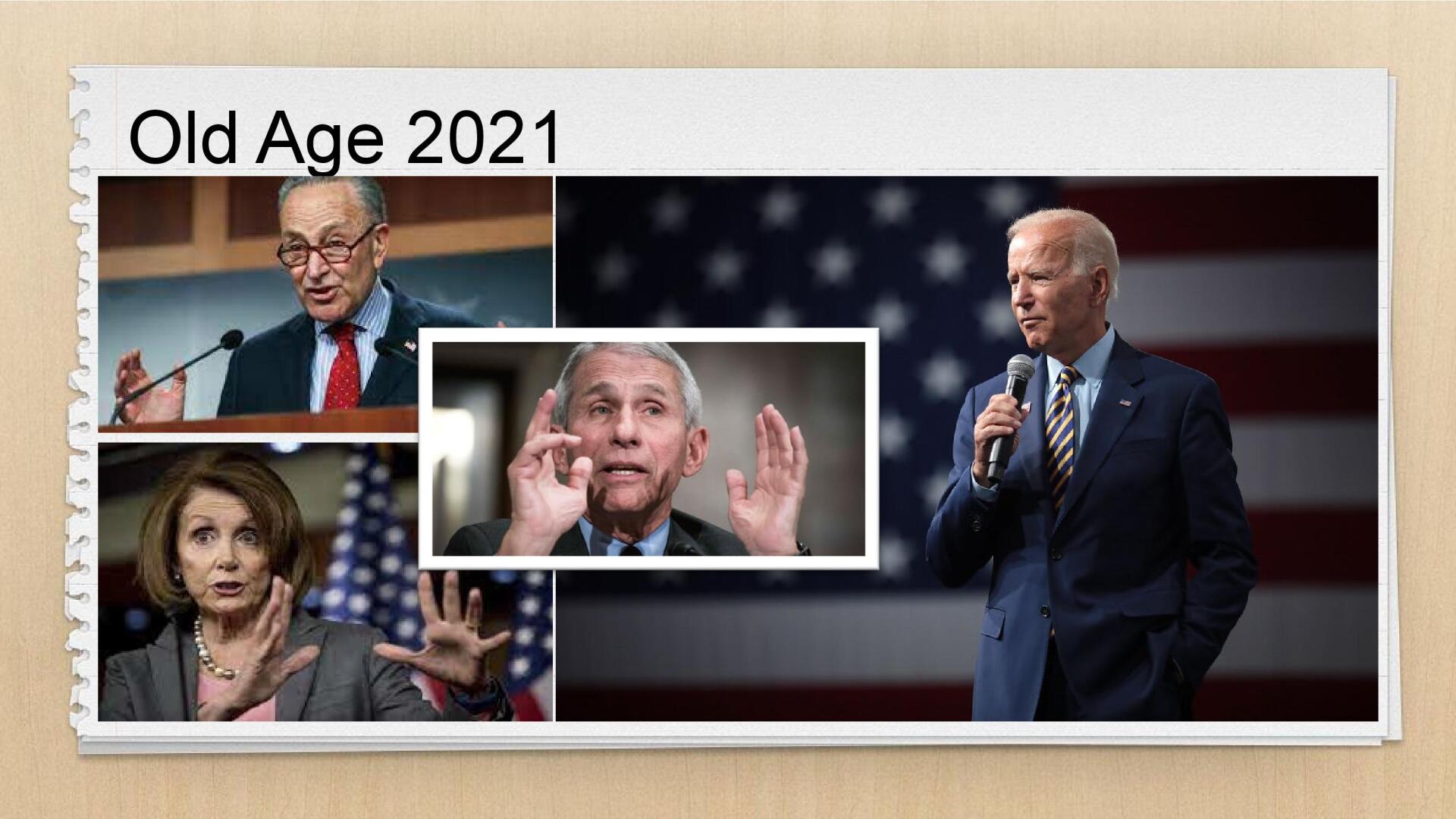
Slide title
Write your caption hereButton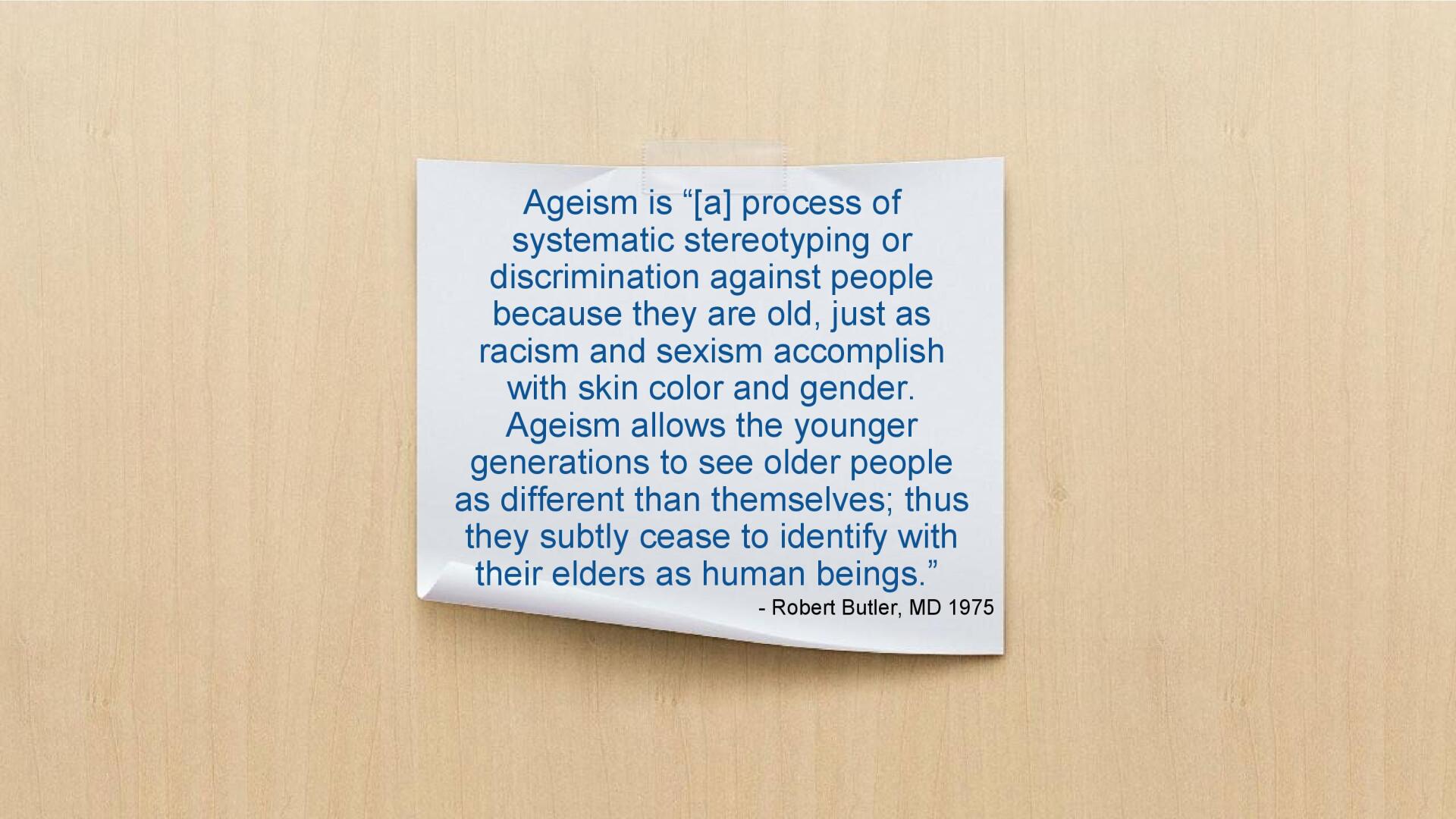
Slide title
Write your caption hereButton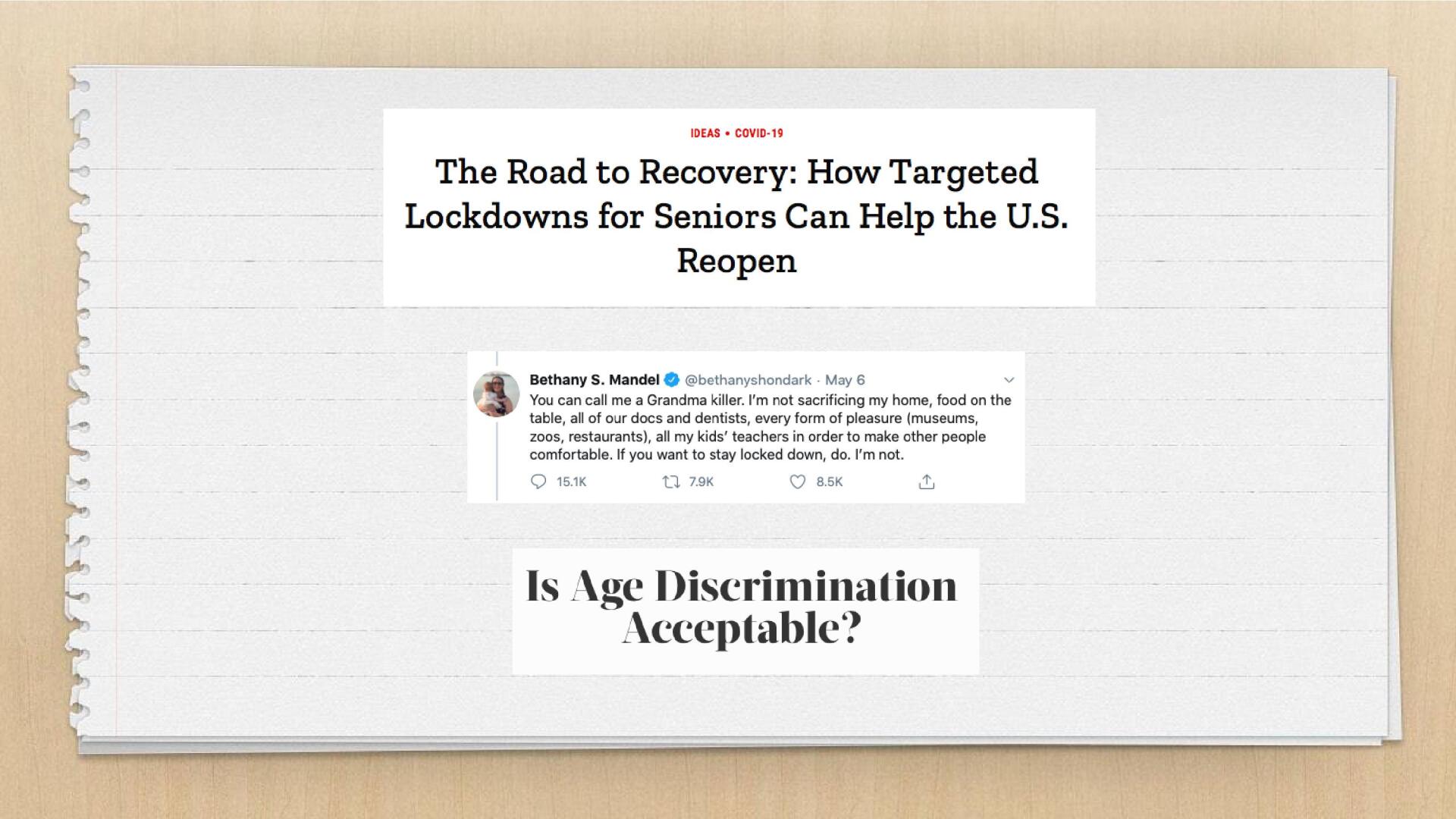
Slide title
Write your caption hereButton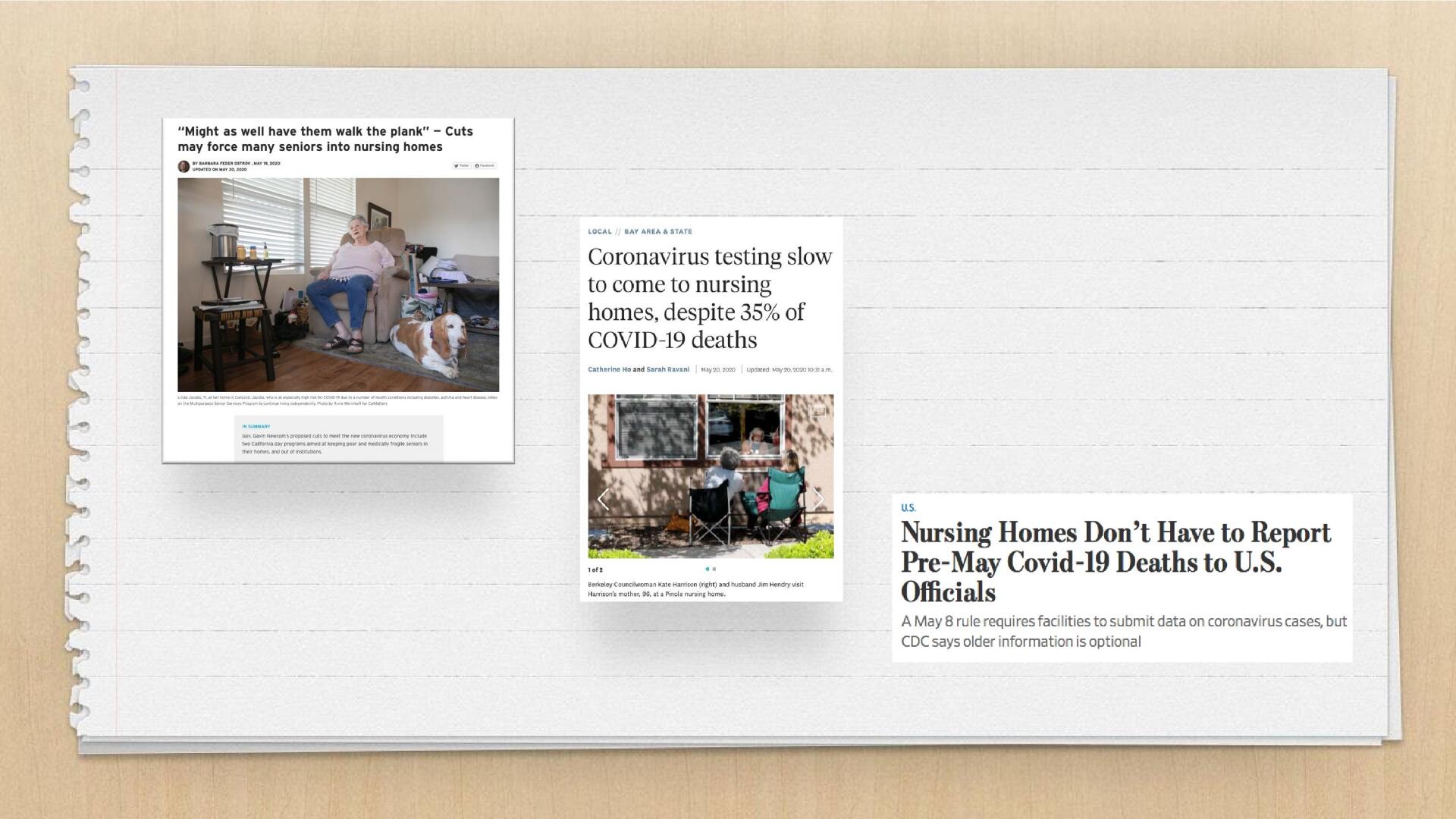
Slide title
Write your caption hereButton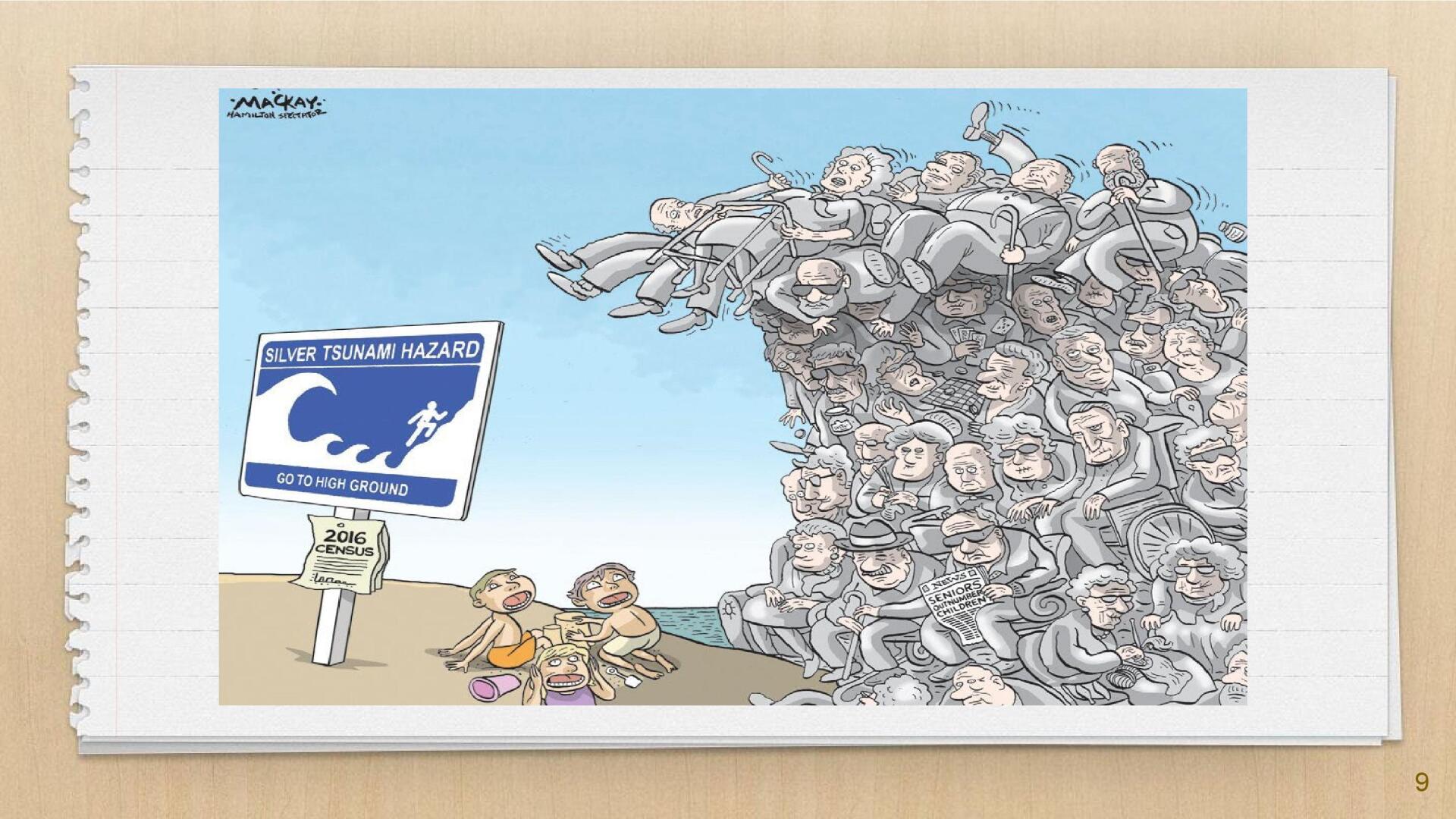
Slide title
Write your caption hereButton
Slide title
Write your caption hereButton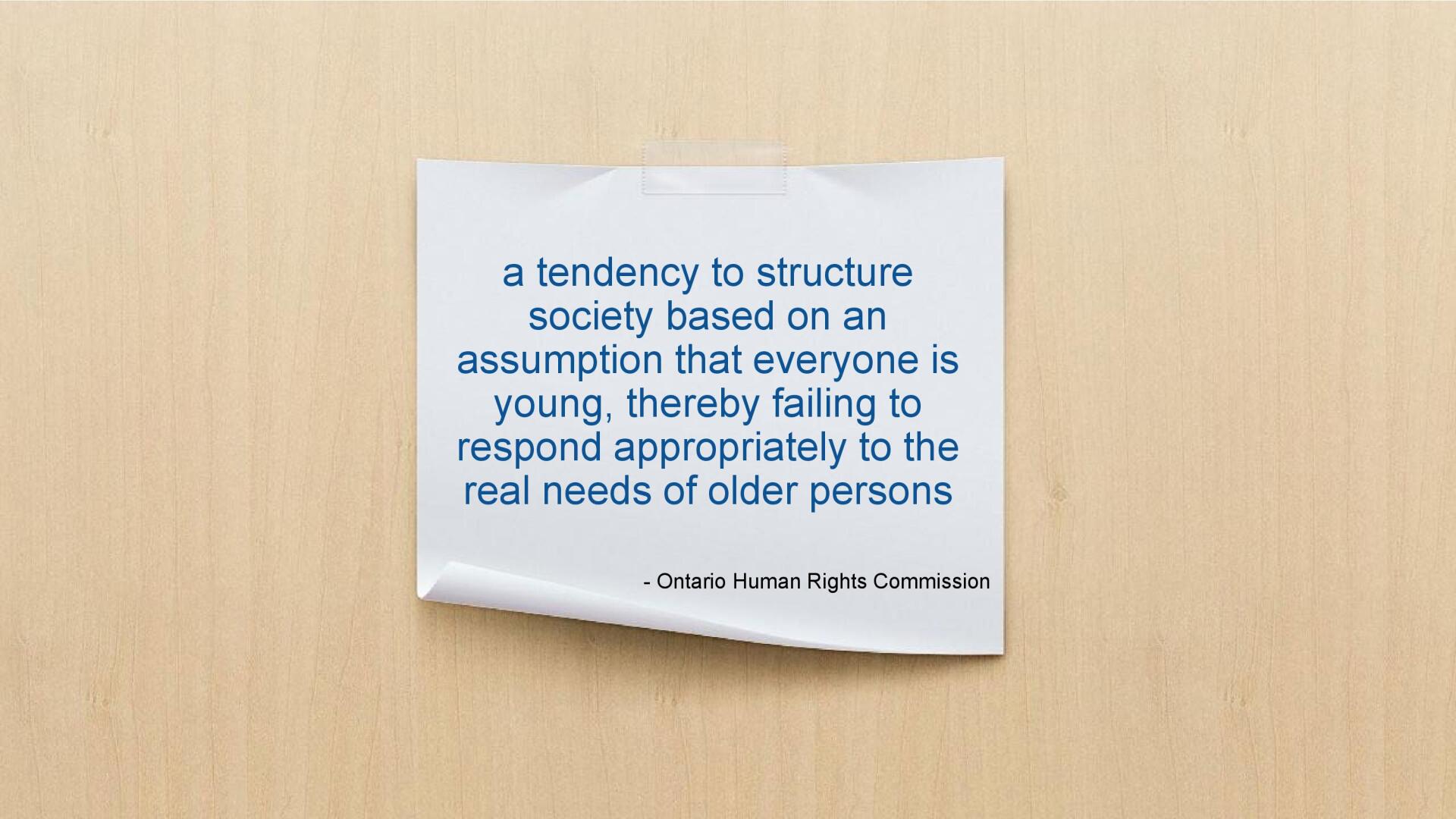
Slide title
Write your caption hereButton
Slide title
Write your caption hereButton
Slide title
Write your caption hereButton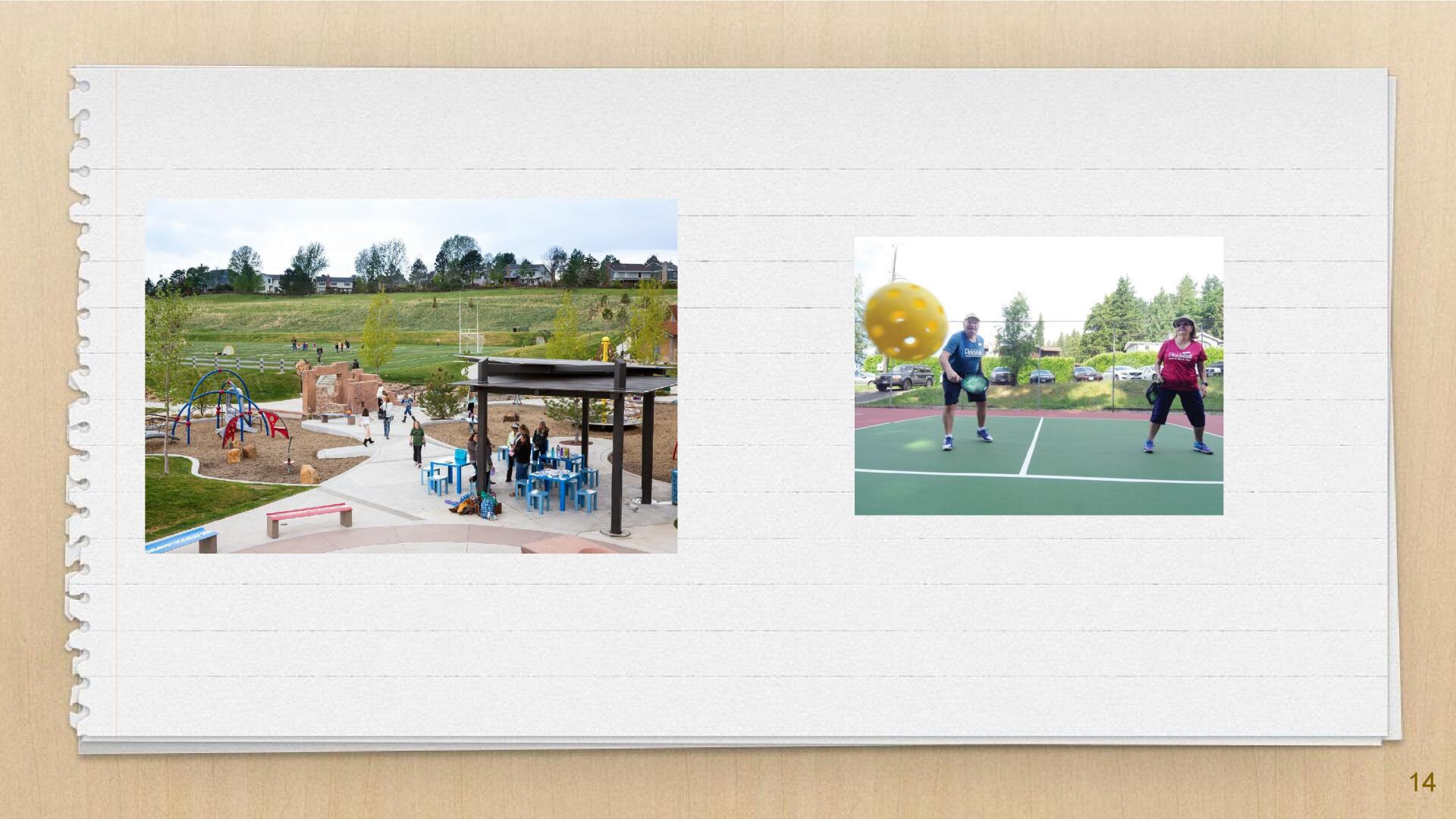
Slide title
Write your caption hereButton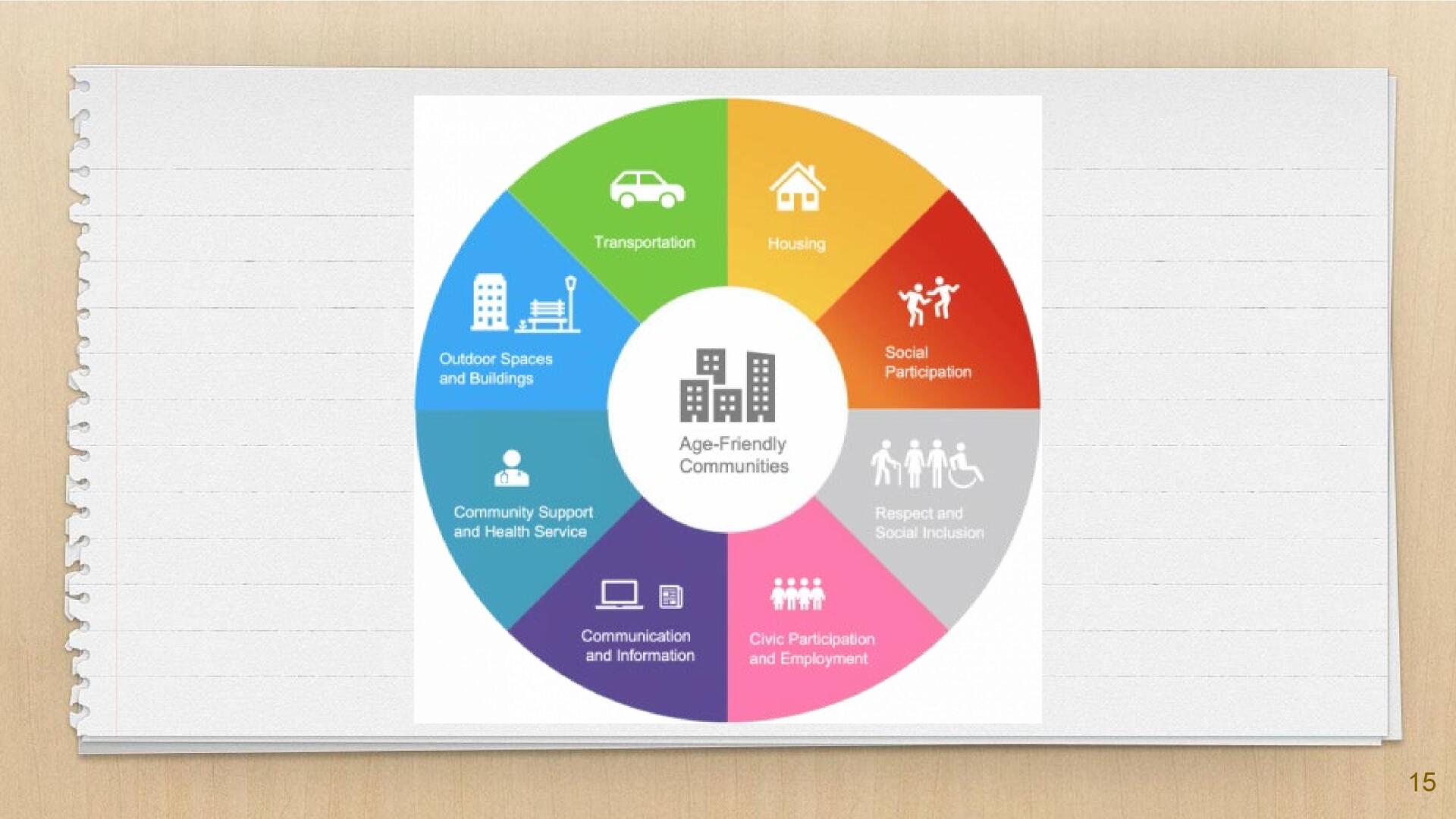
Slide title
Write your caption hereButton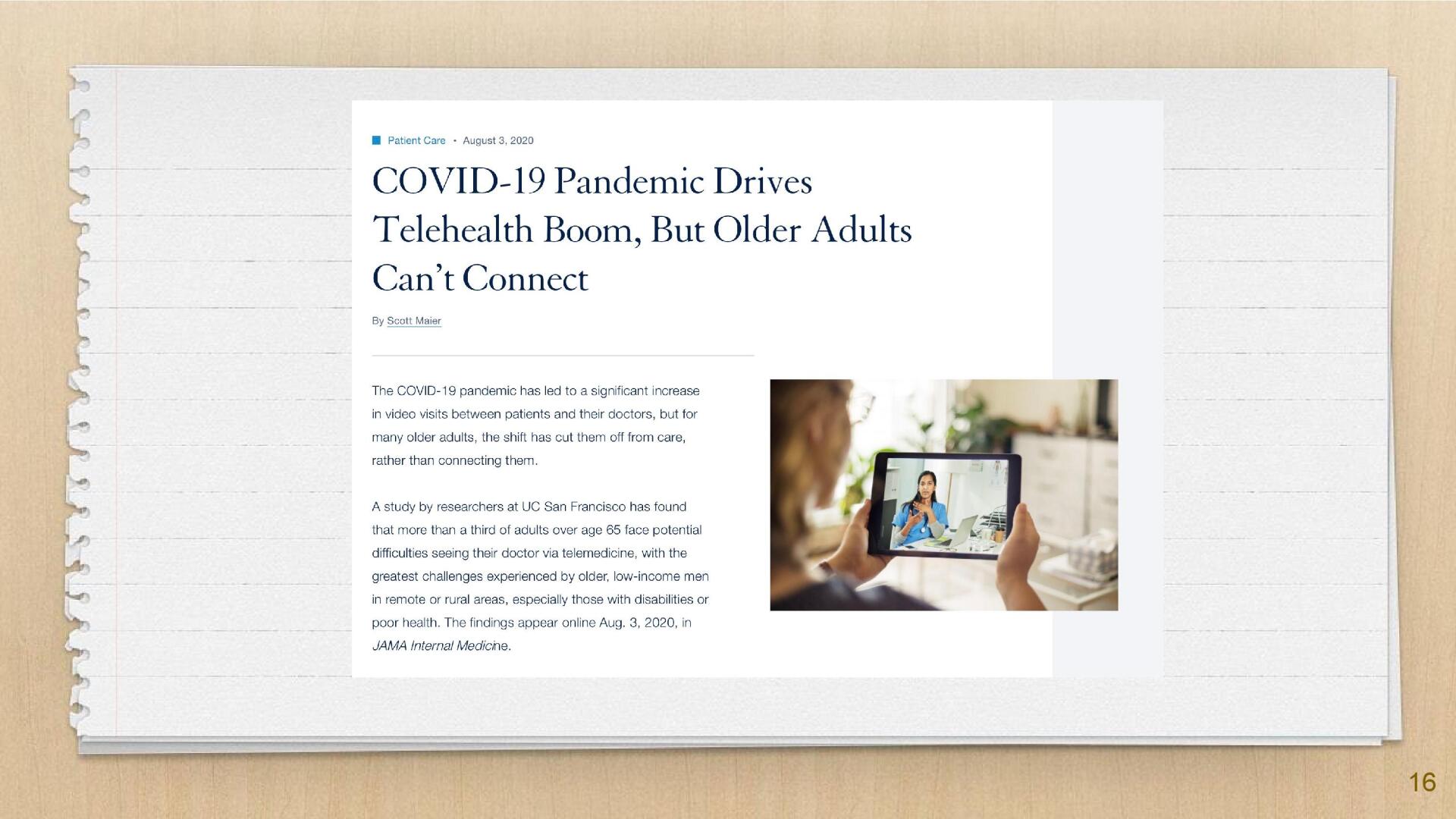
Slide title
Write your caption hereButton
Slide title
Write your caption hereButton
Slide title
Write your caption hereButton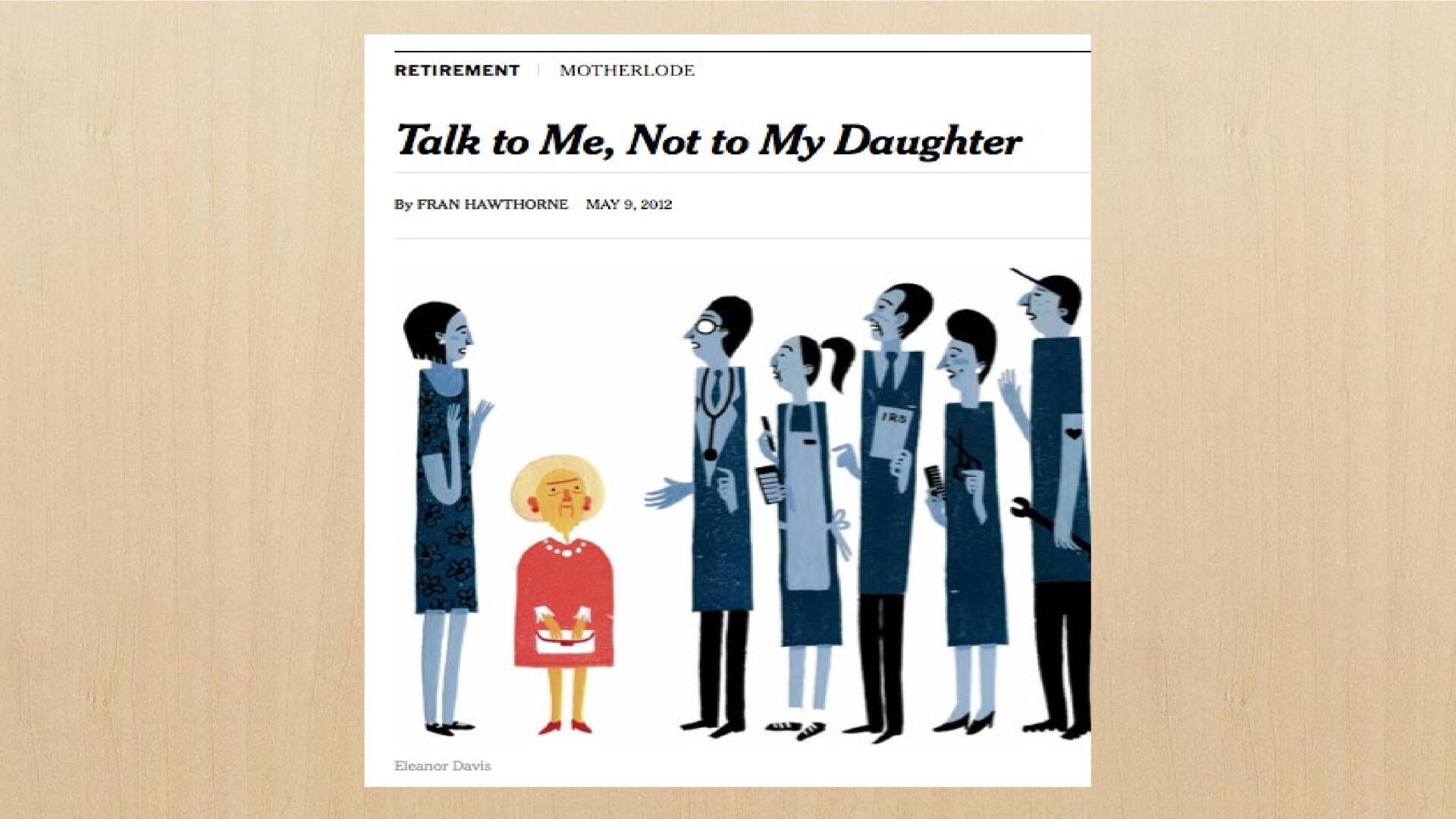
Slide title
Write your caption hereButton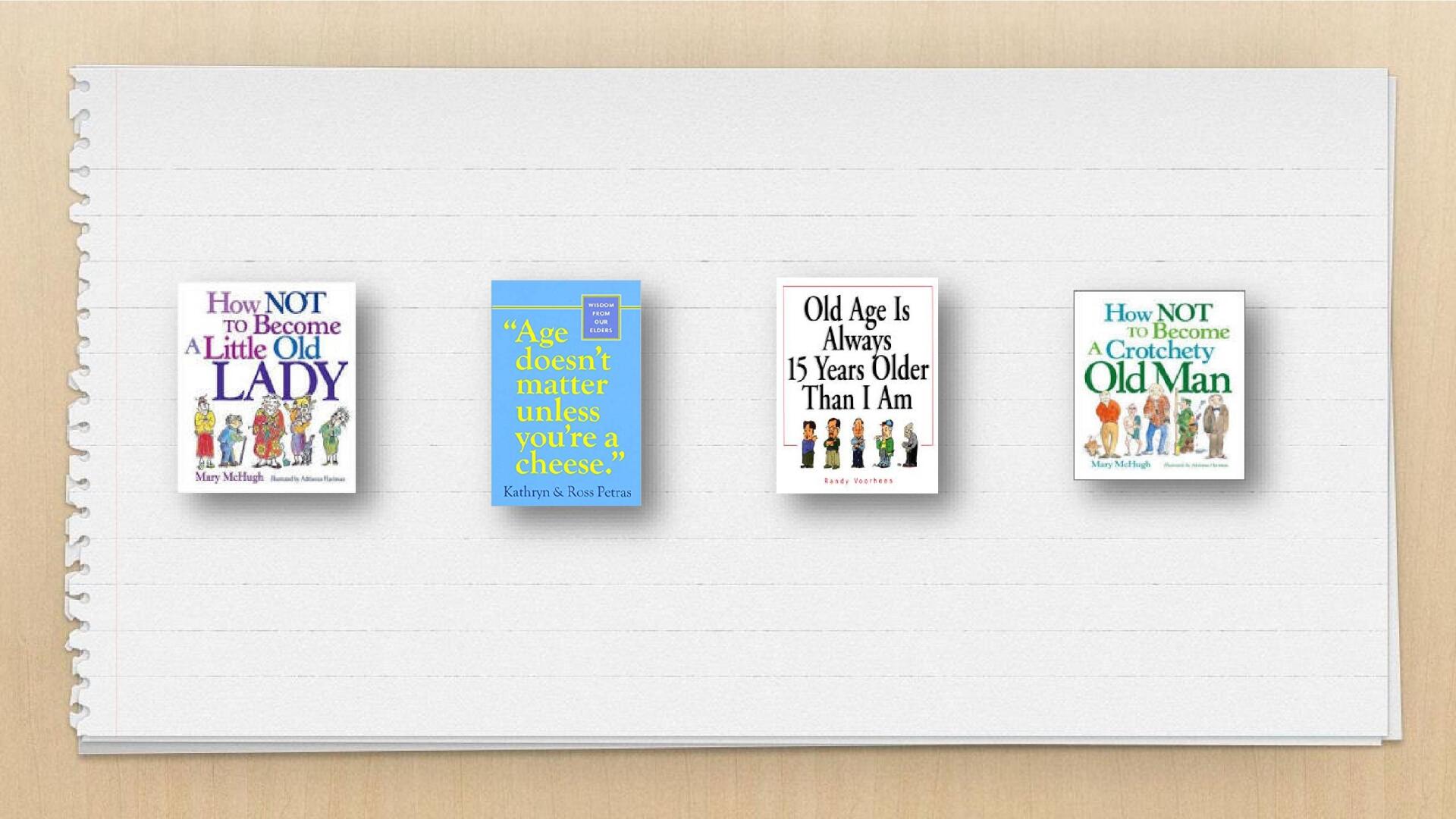
Slide title
Write your caption hereButton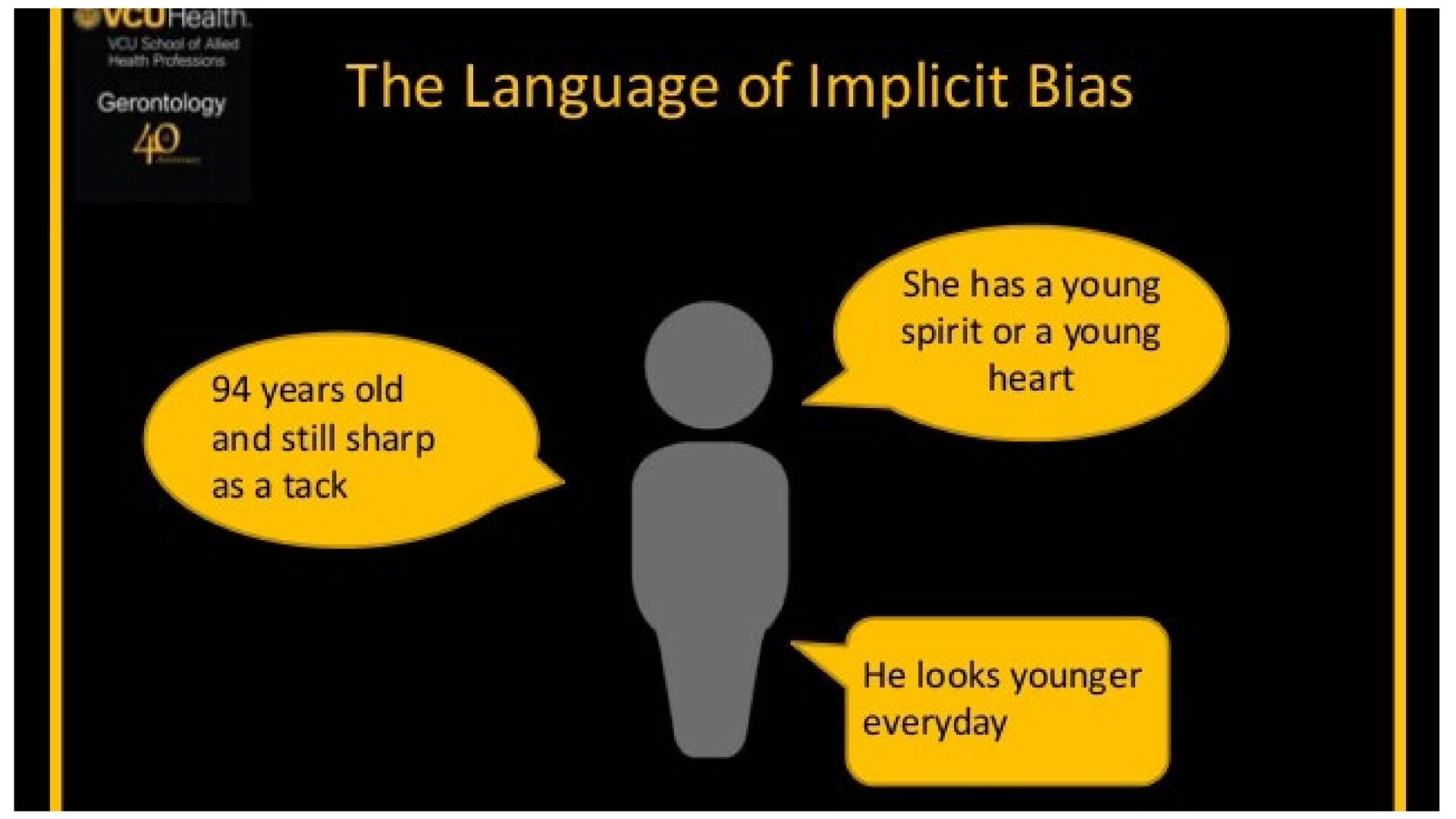
Slide title
Write your caption hereButton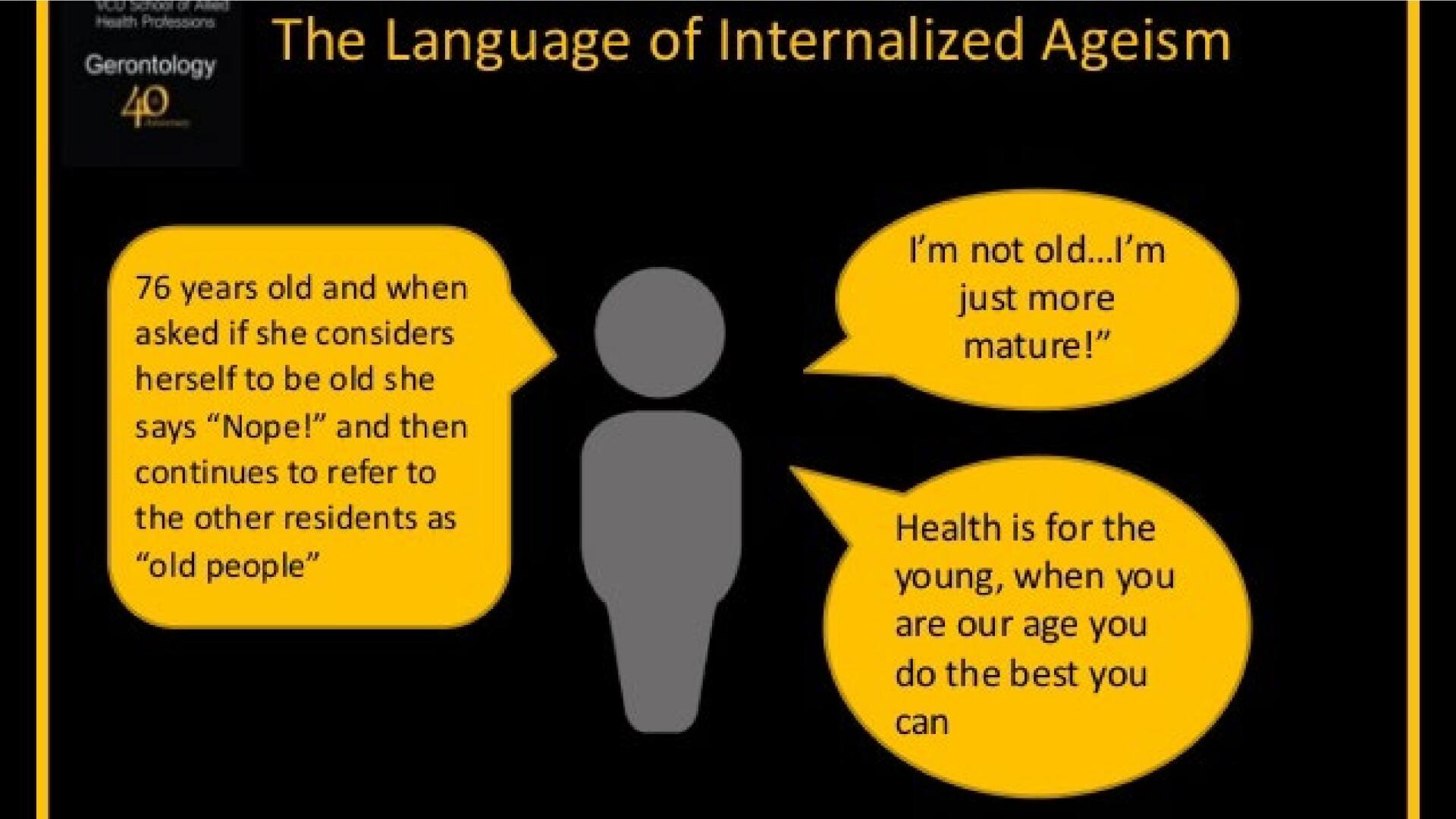
Slide title
Write your caption hereButton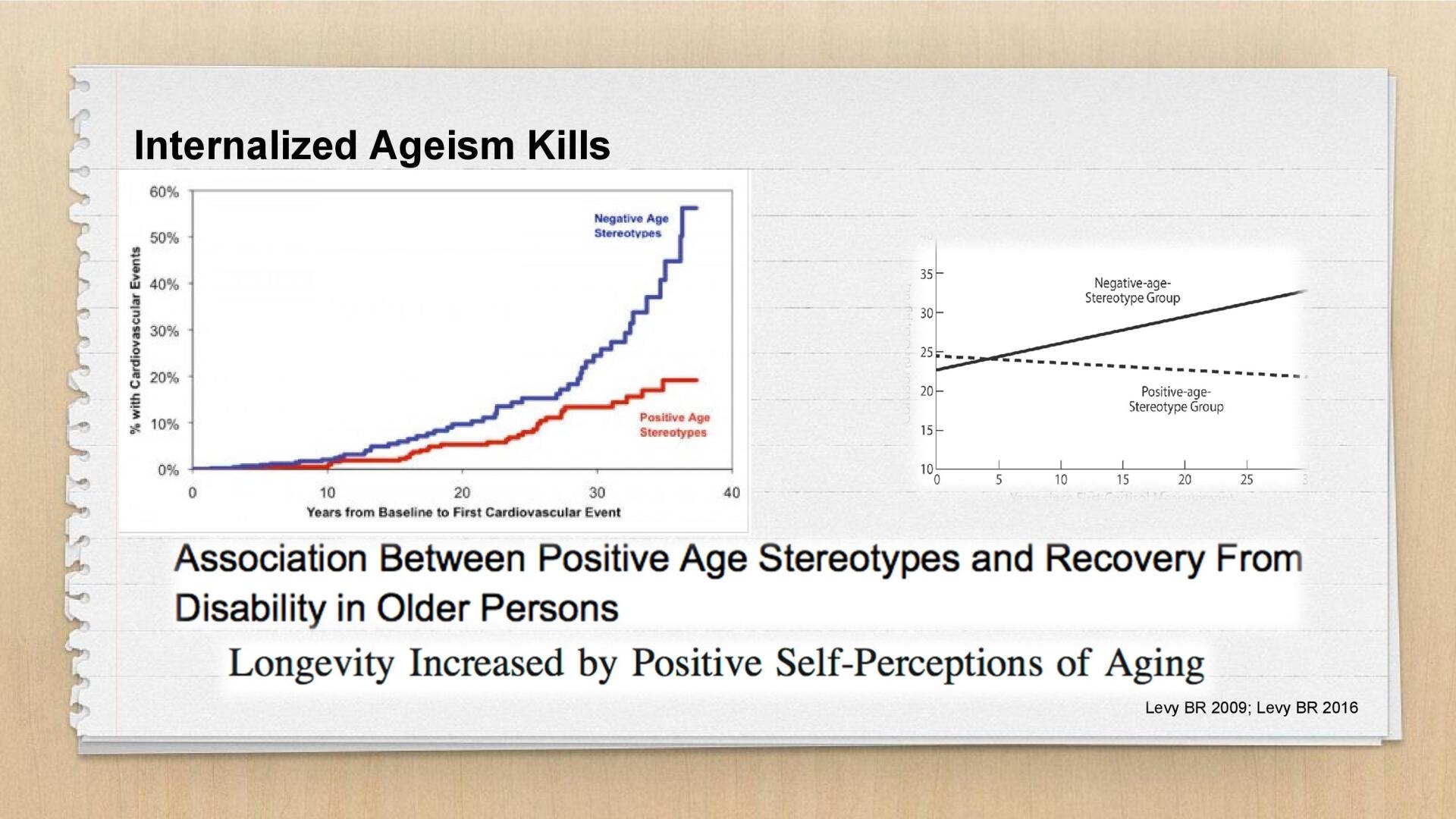
Slide title
Write your caption hereButton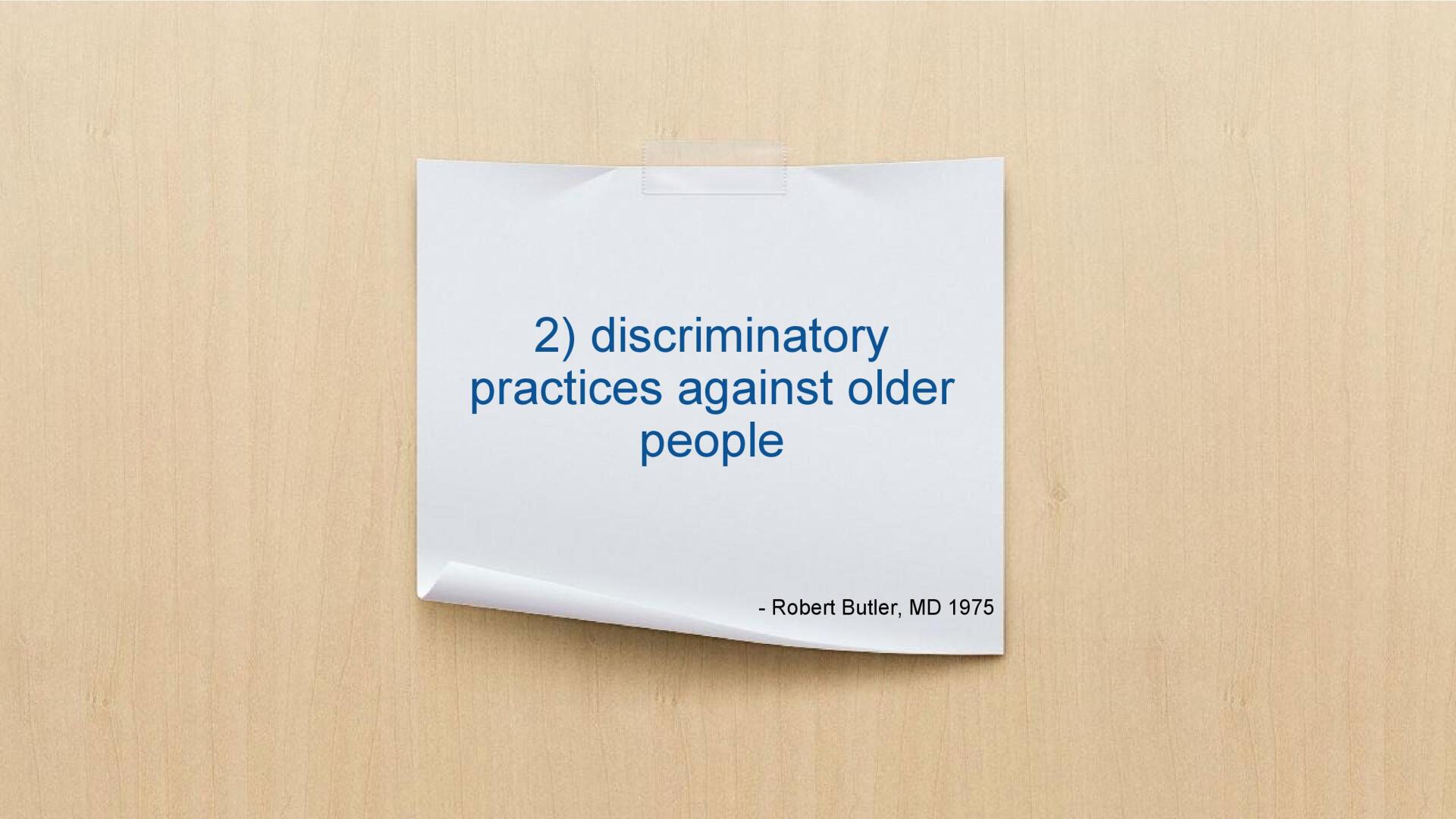
Slide title
Write your caption hereButton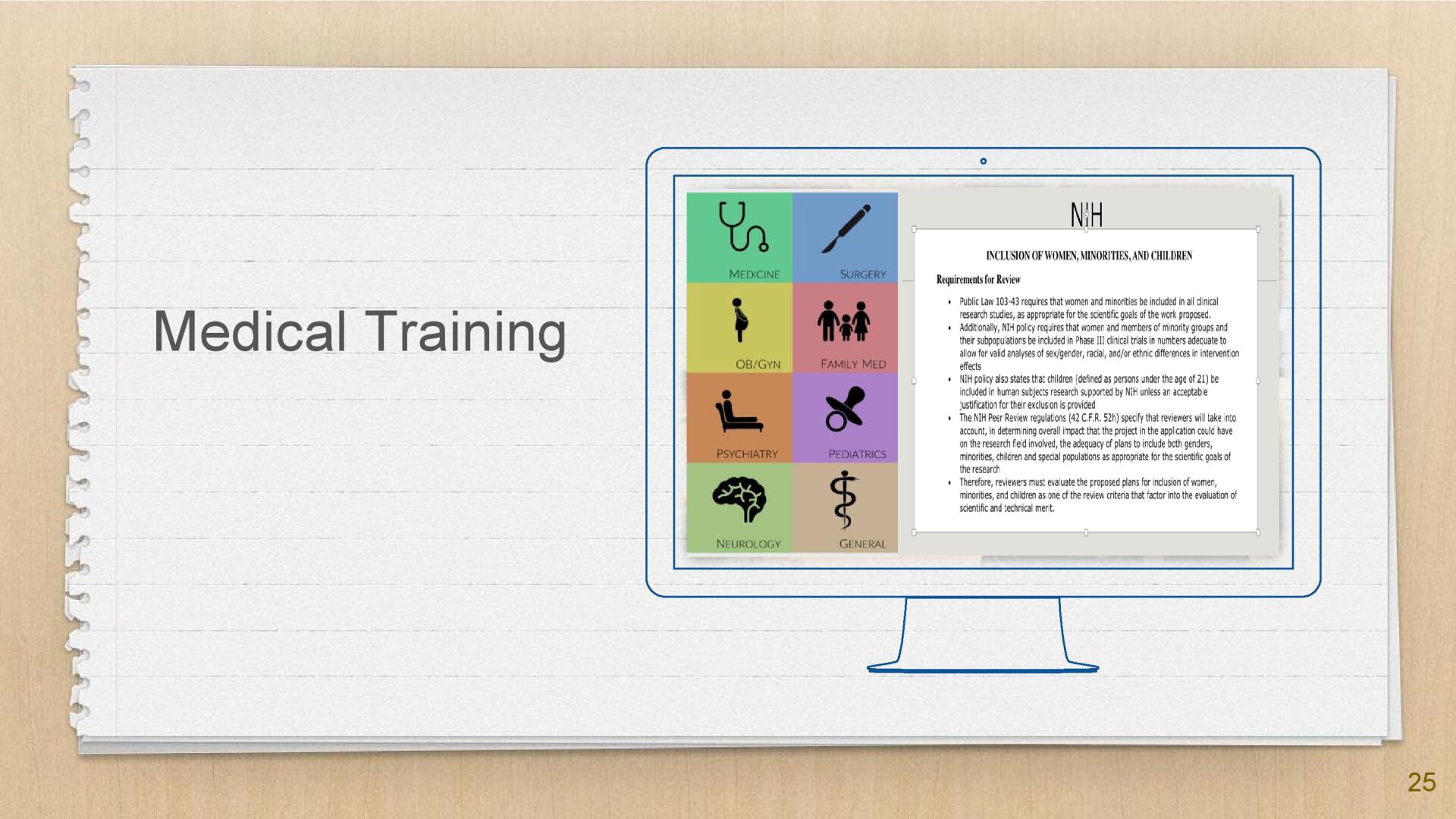
Slide title
Write your caption hereButton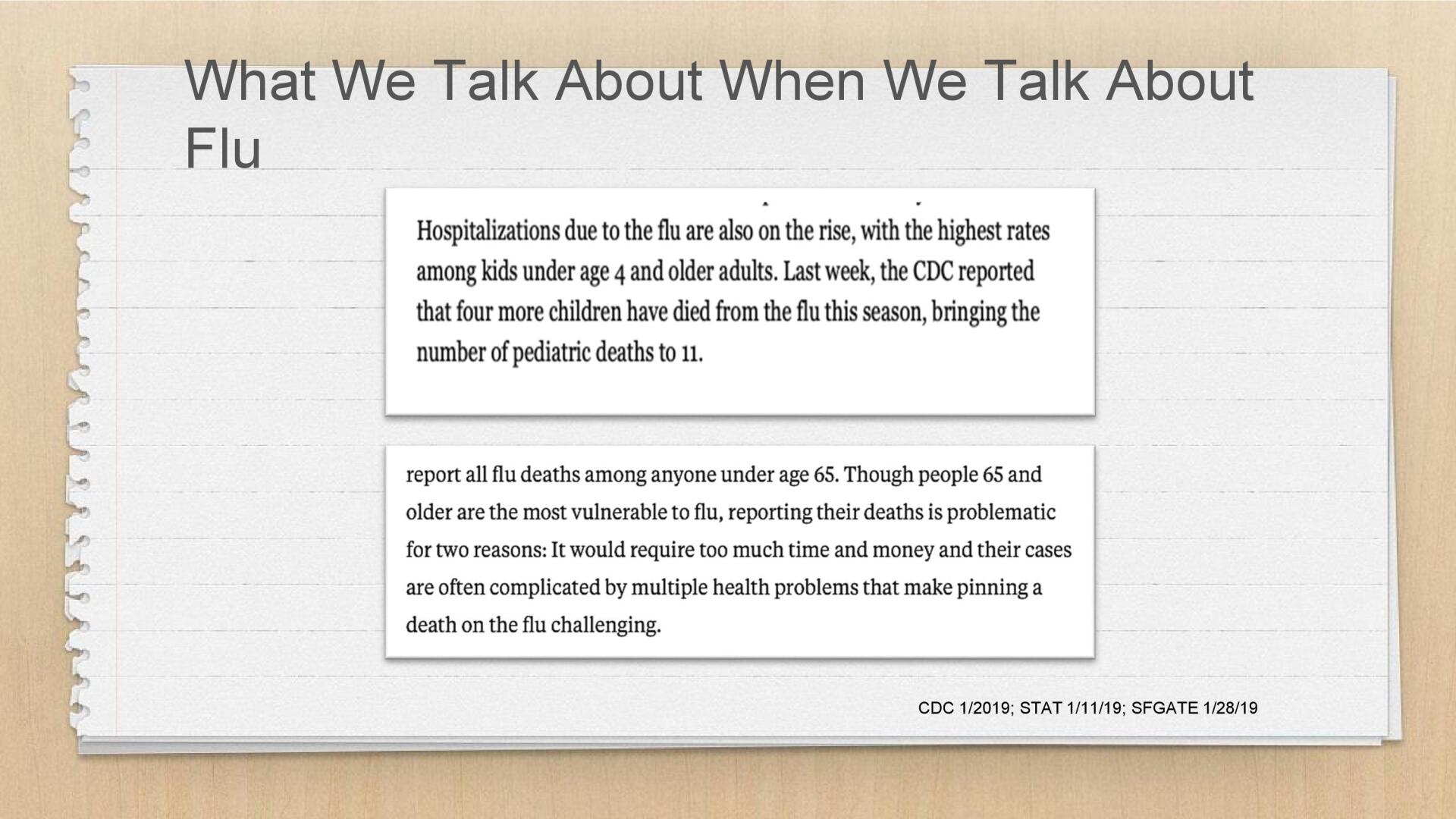
Slide title
Write your caption hereButton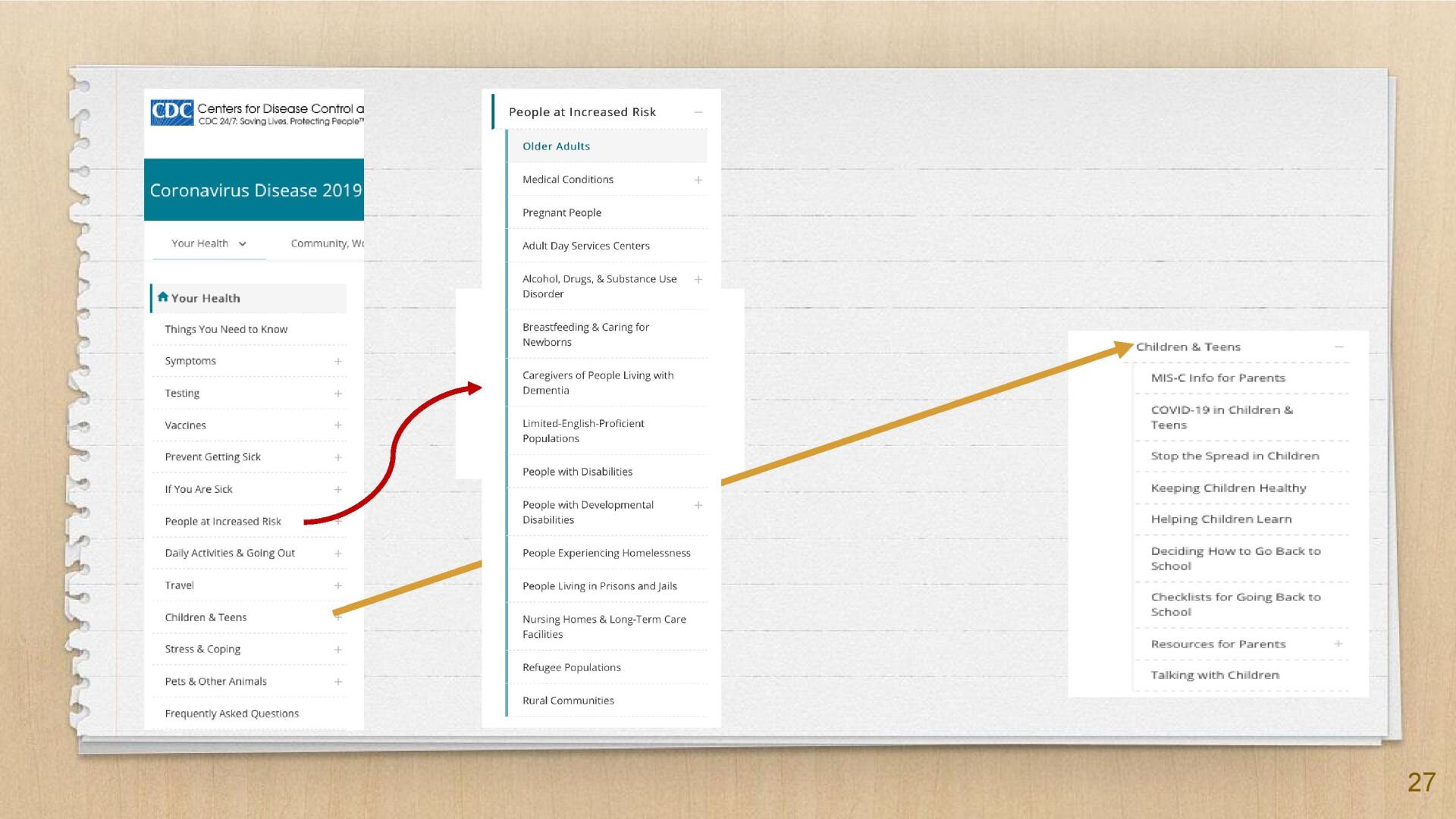
Slide title
Write your caption hereButton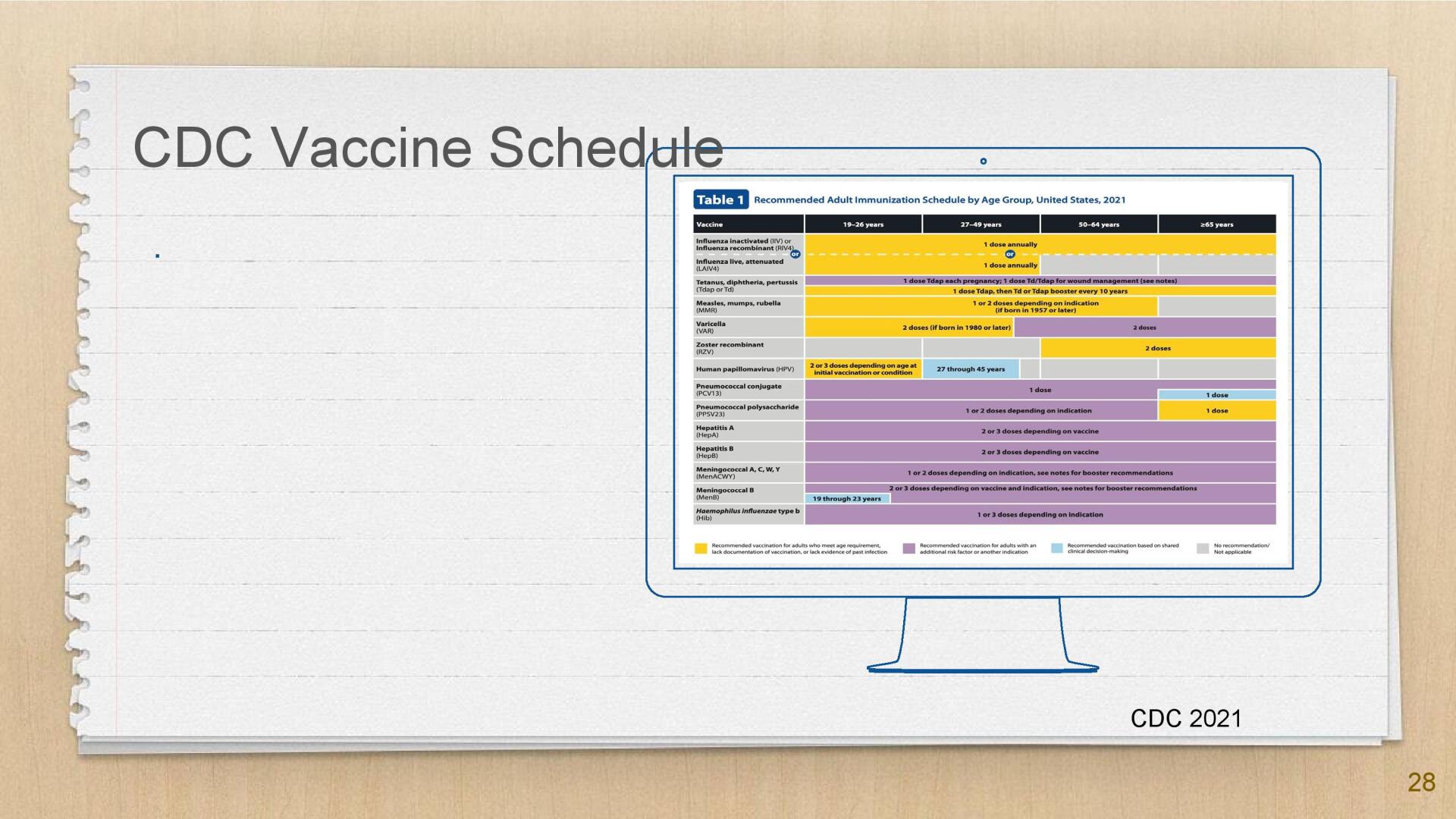
Slide title
Write your caption hereButton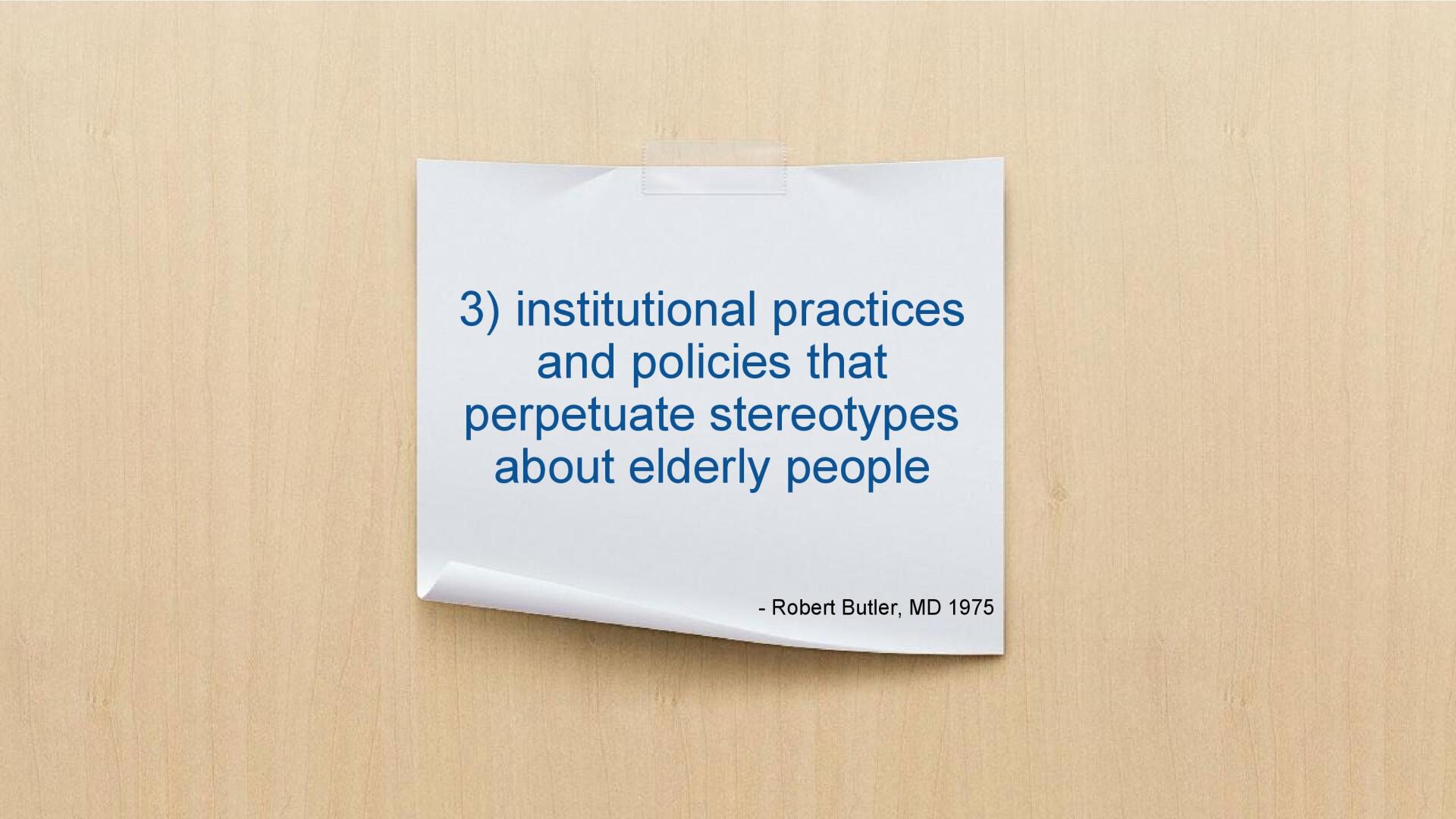
Slide title
Write your caption hereButton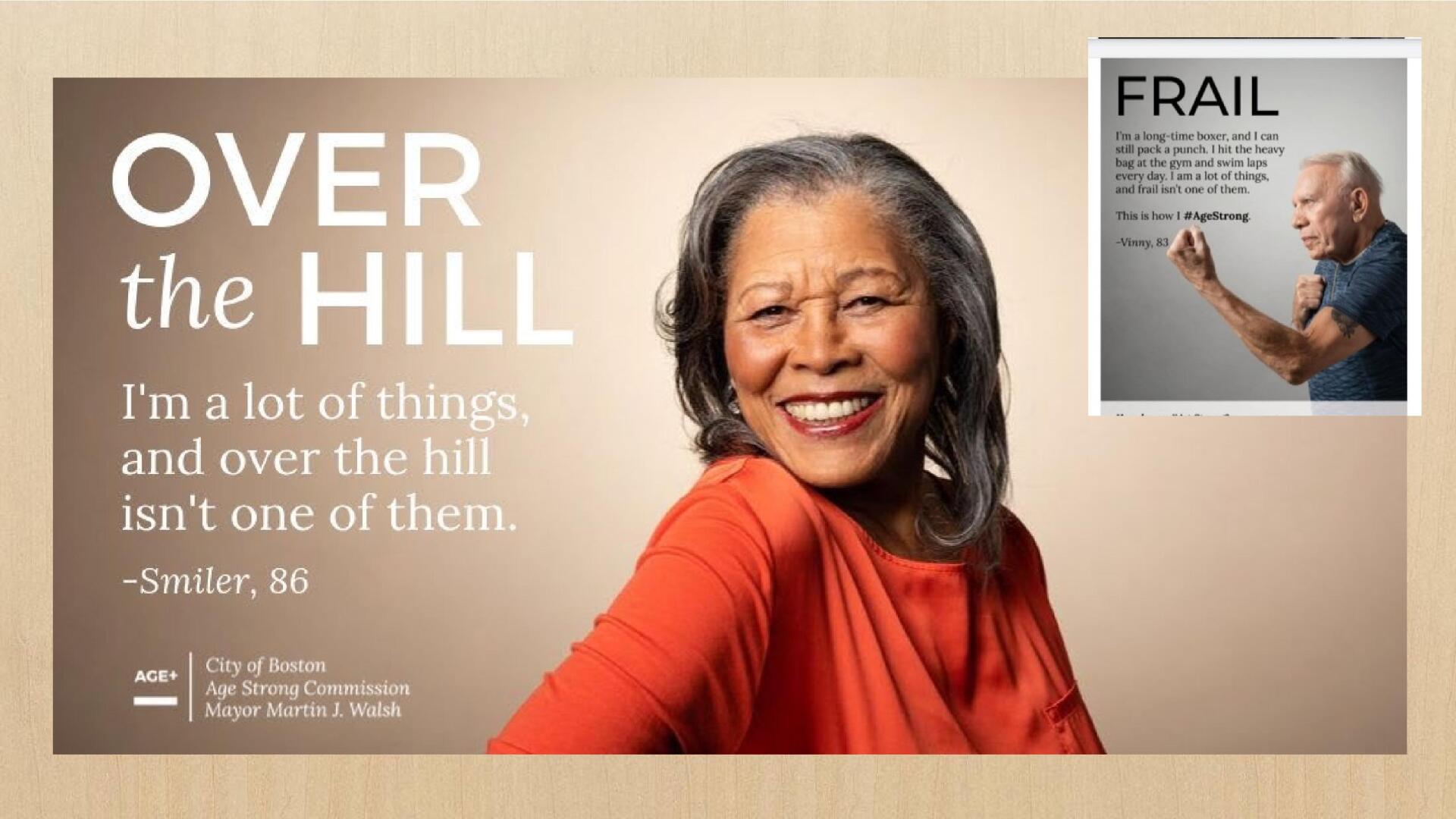
Slide title
Write your caption hereButton
Slide title
Write your caption hereButton
Slide title
Write your caption hereButton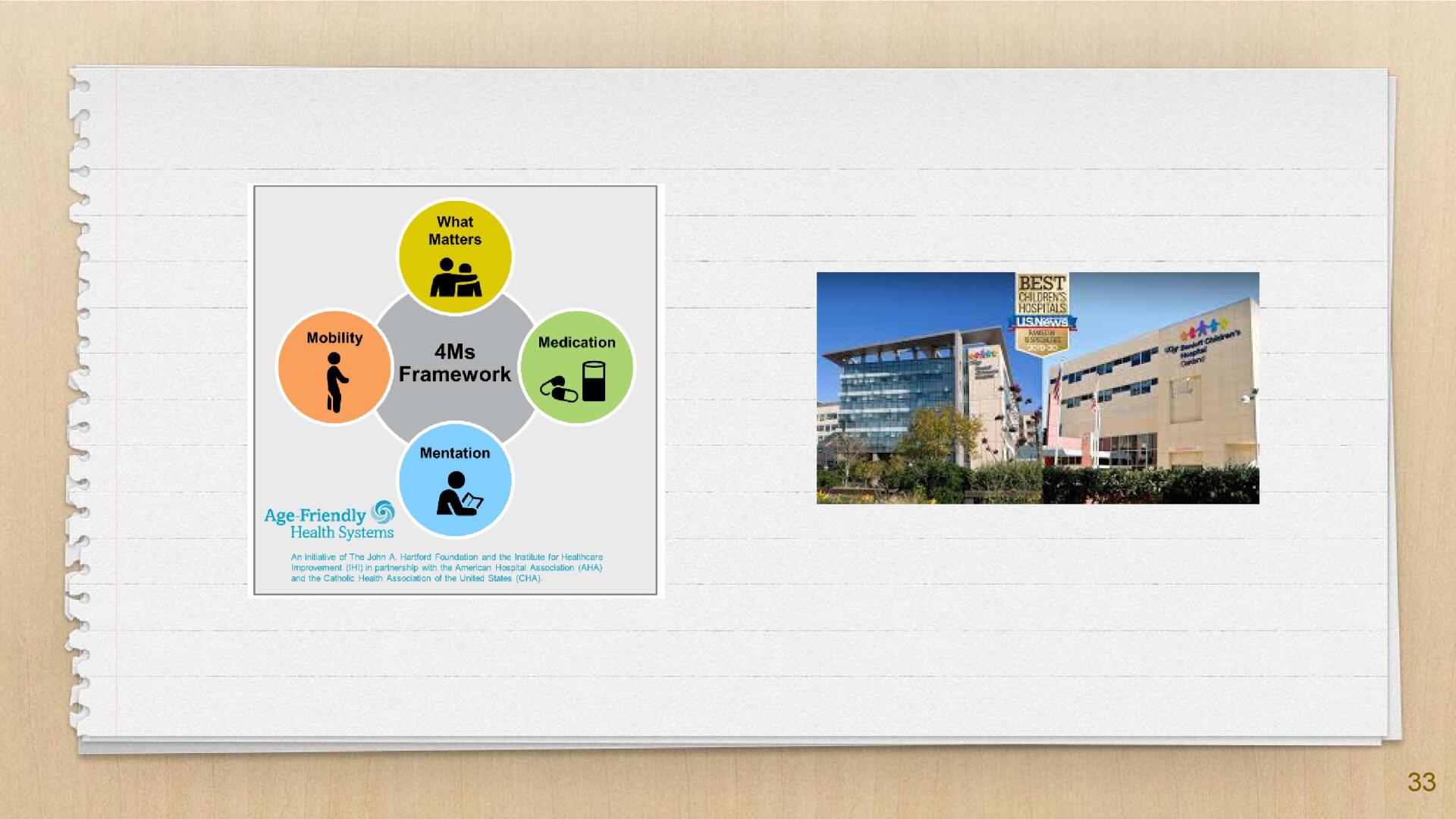
Slide title
Write your caption hereButton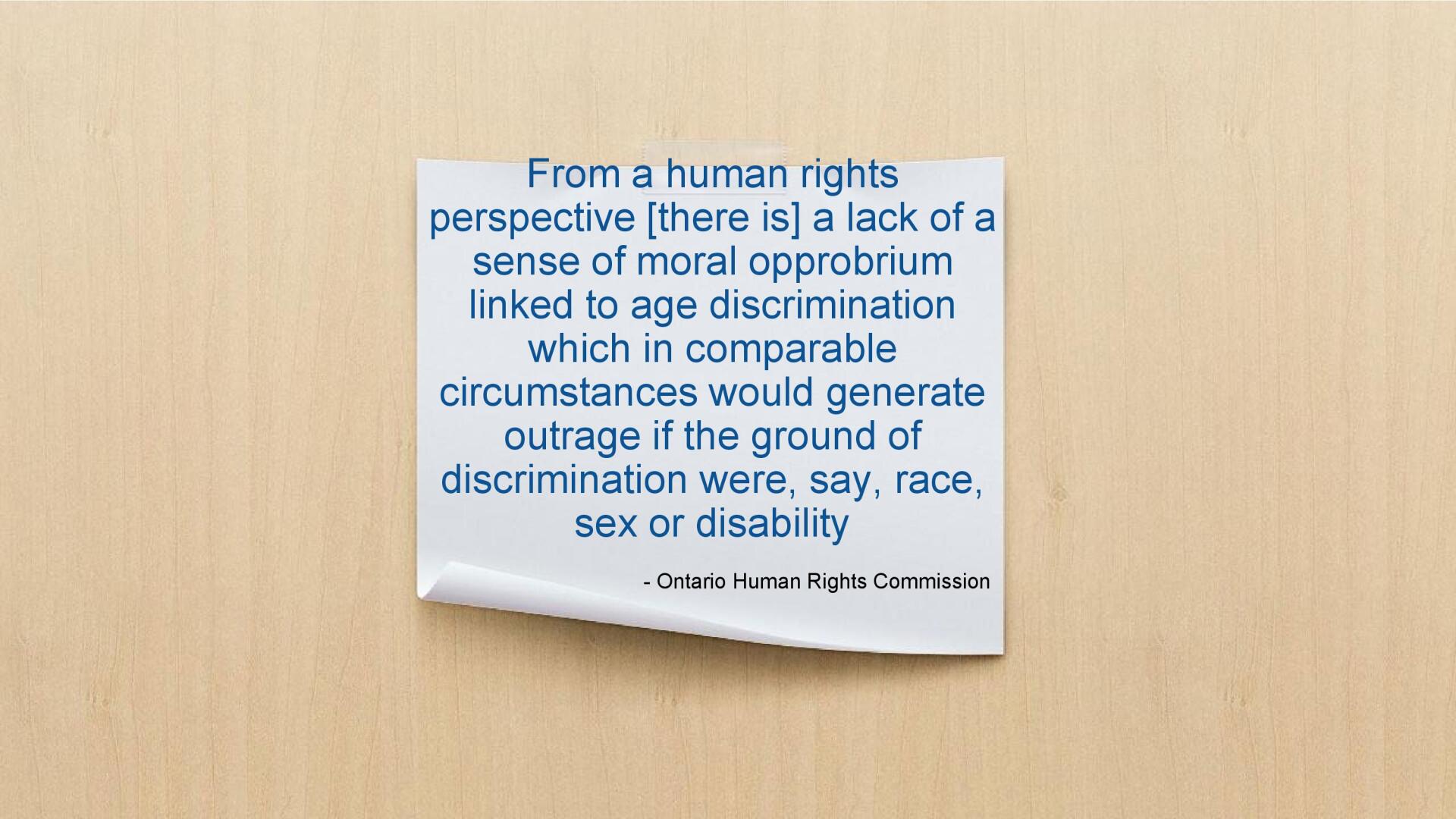
Slide title
Write your caption hereButton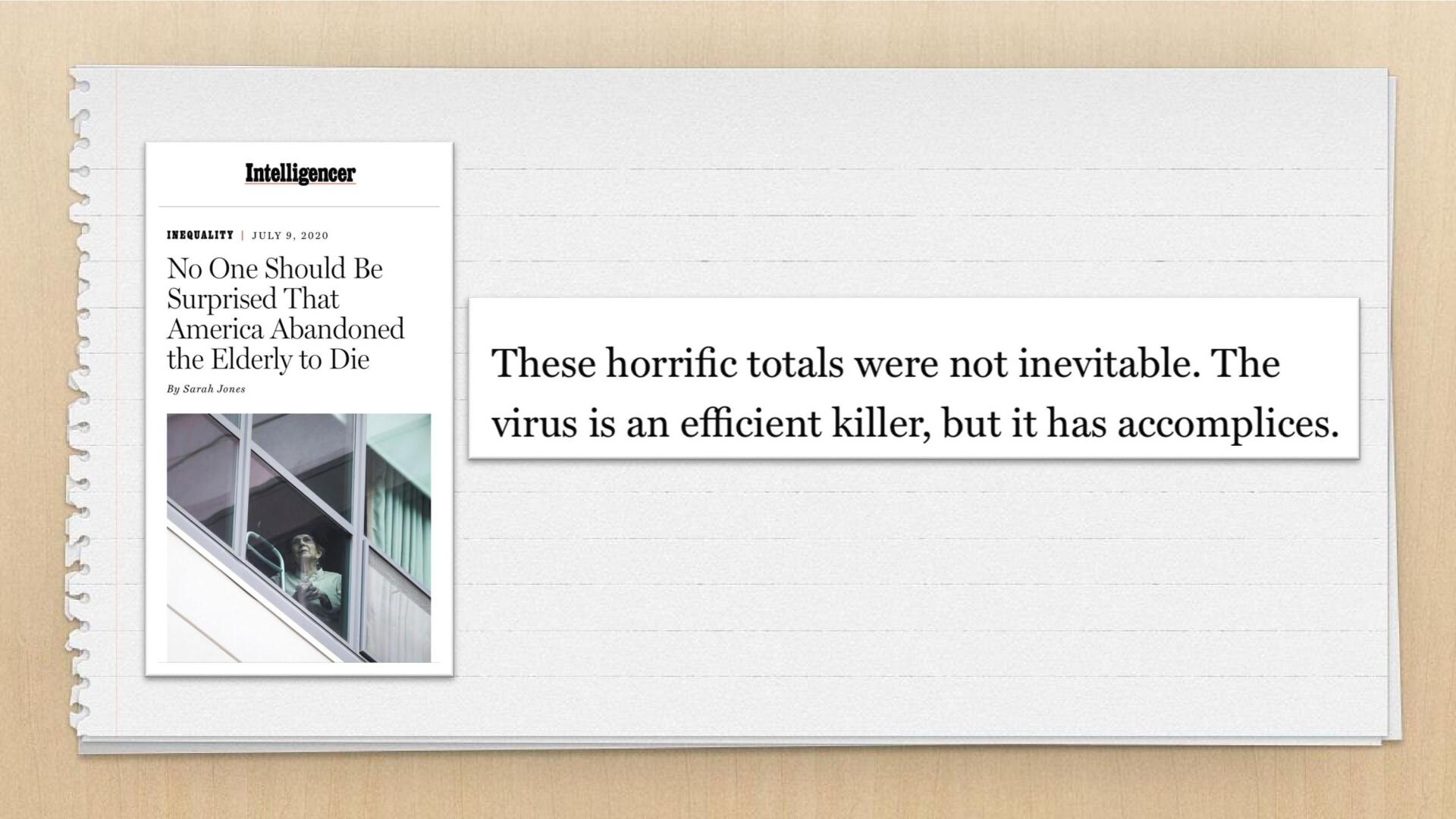
Slide title
Write your caption hereButton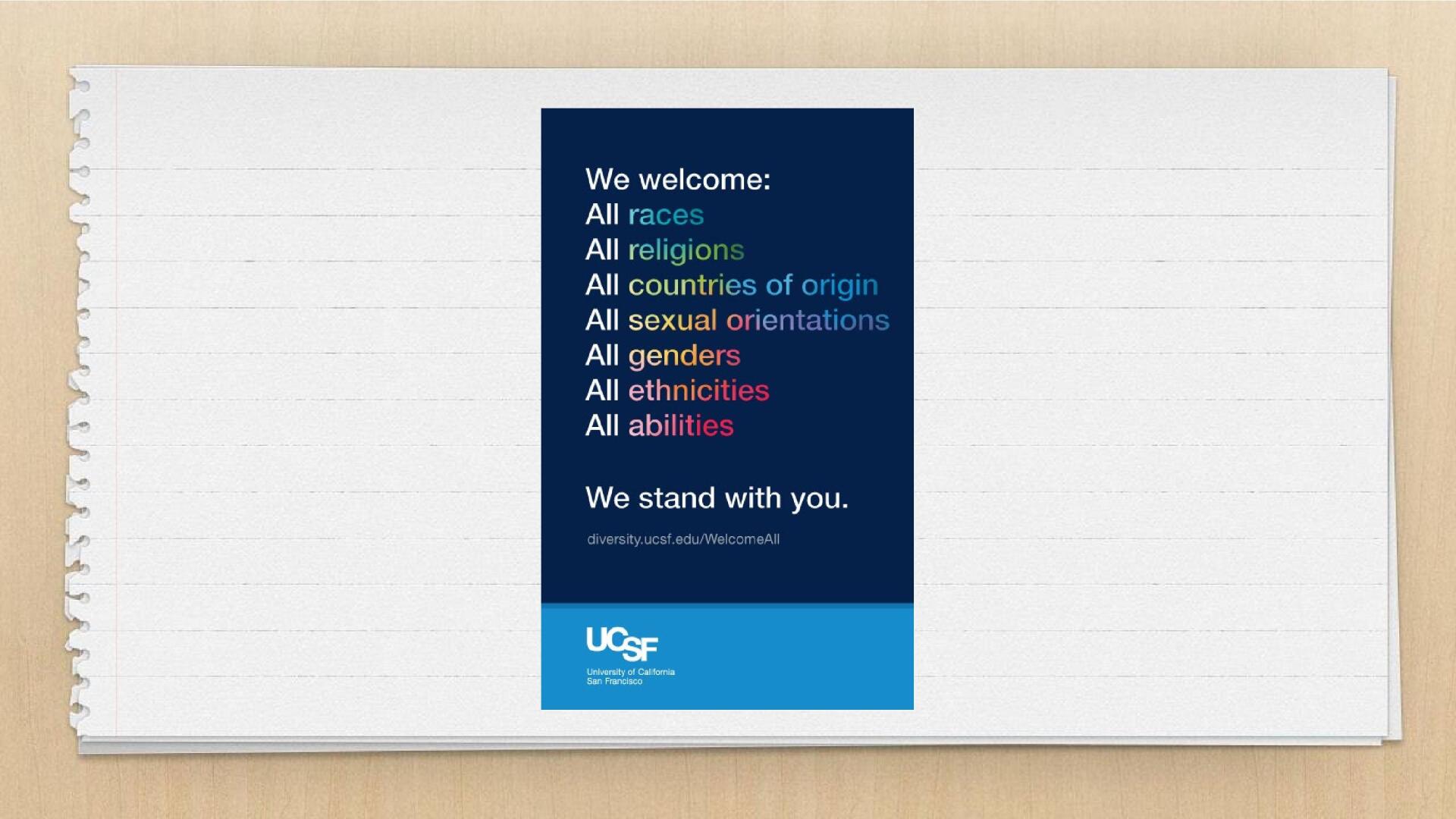
Slide title
Write your caption hereButton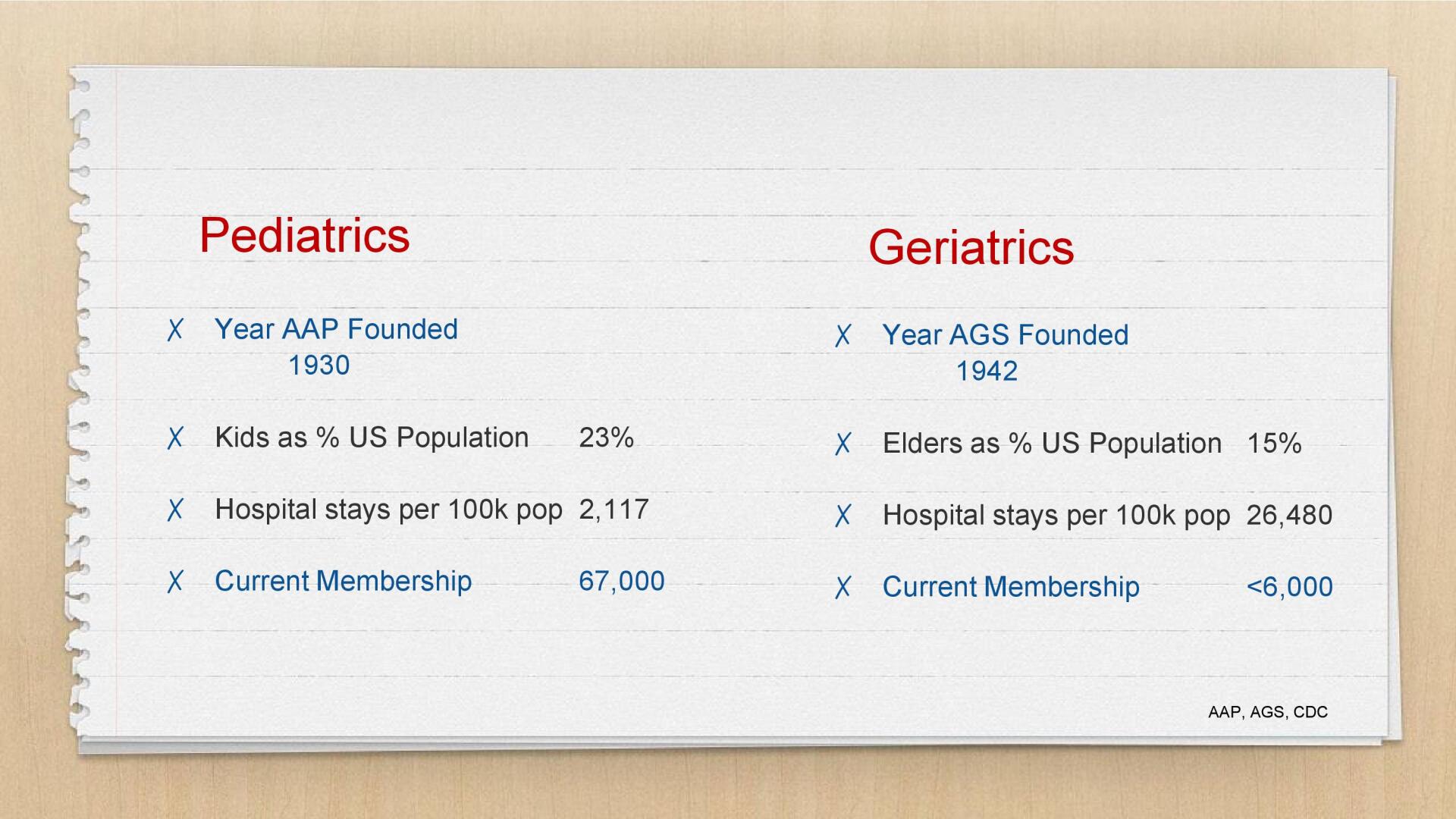
Slide title
Write your caption hereButton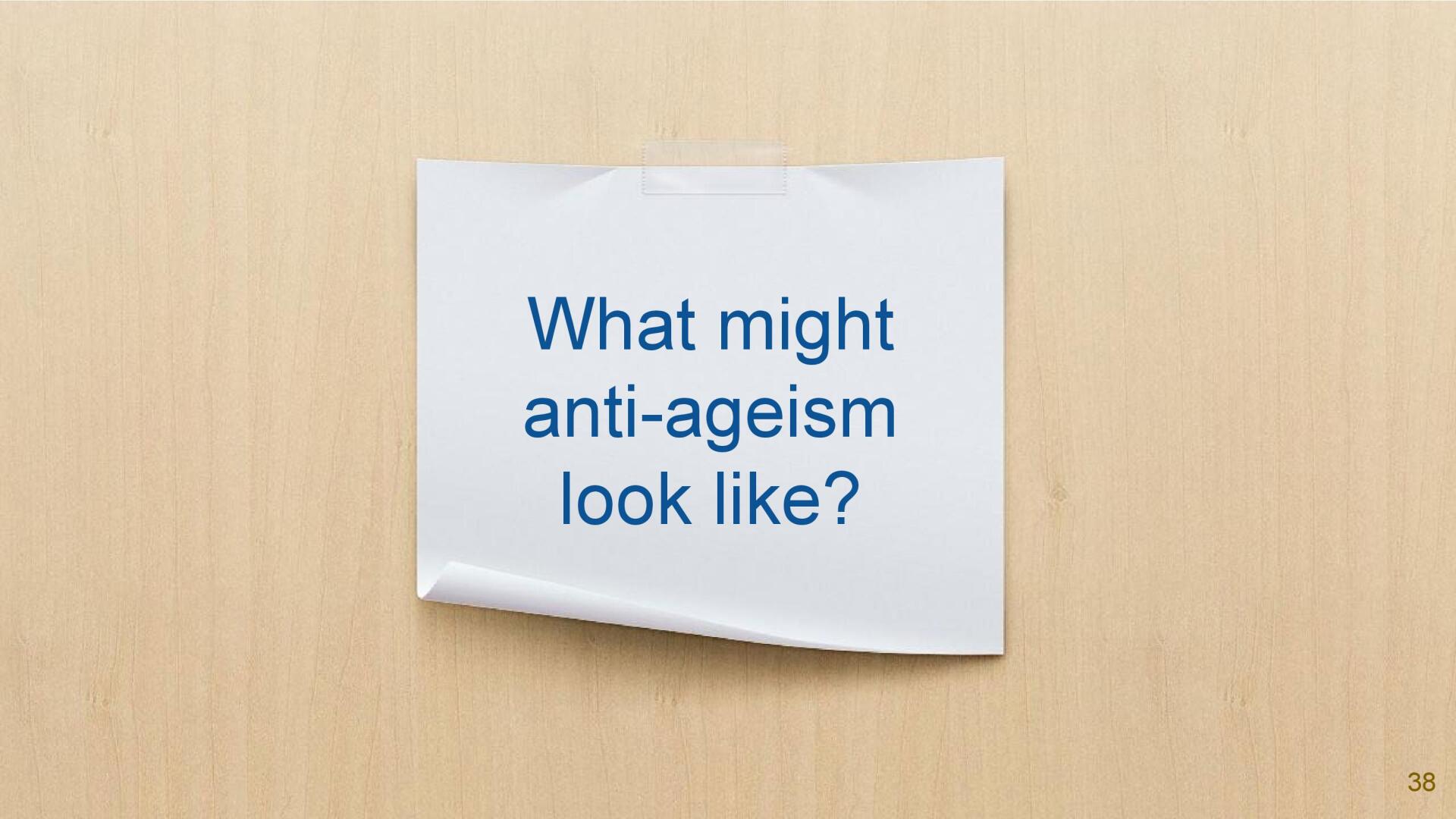
Slide title
Write your caption hereButton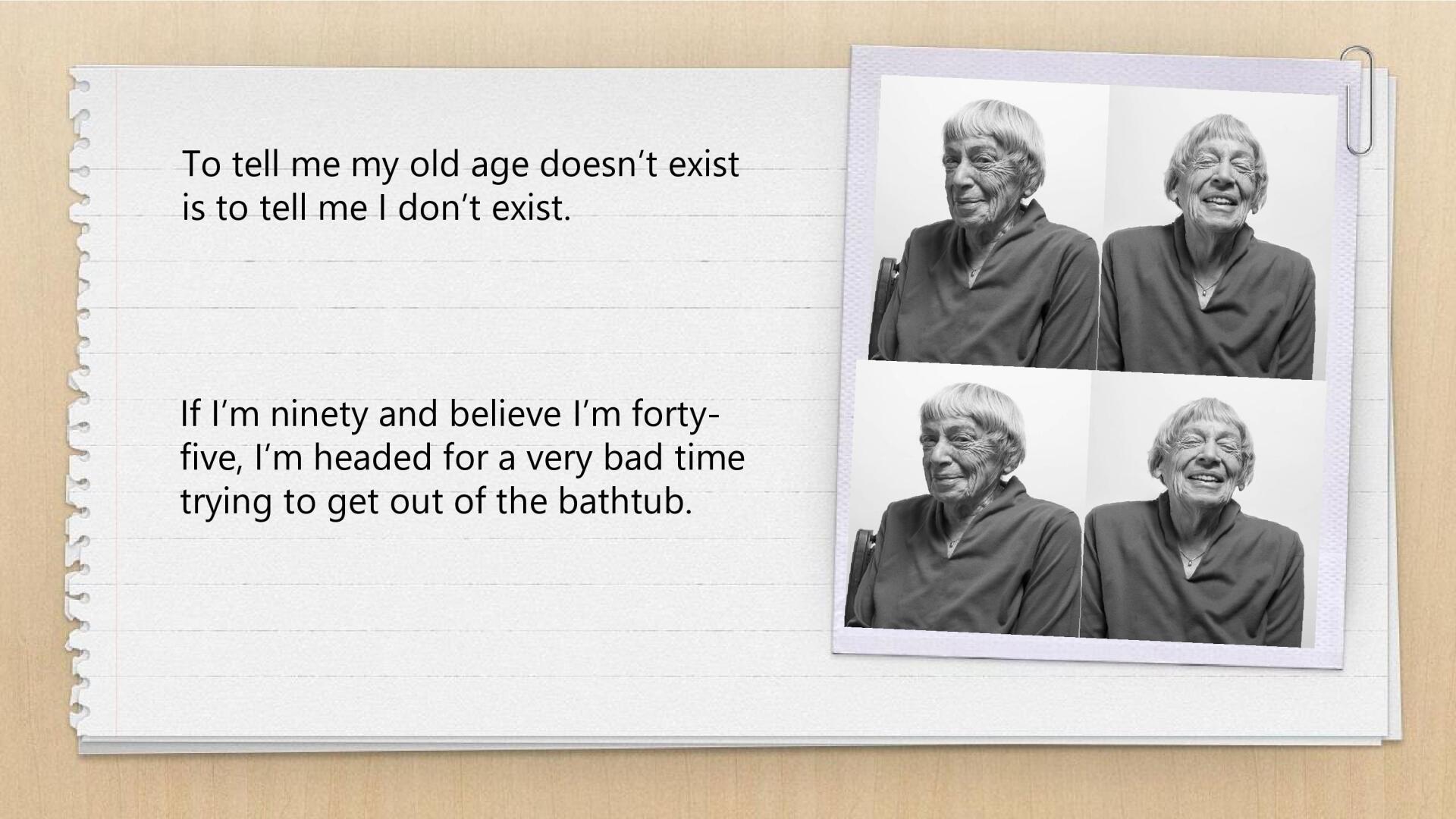
Slide title
Write your caption hereButton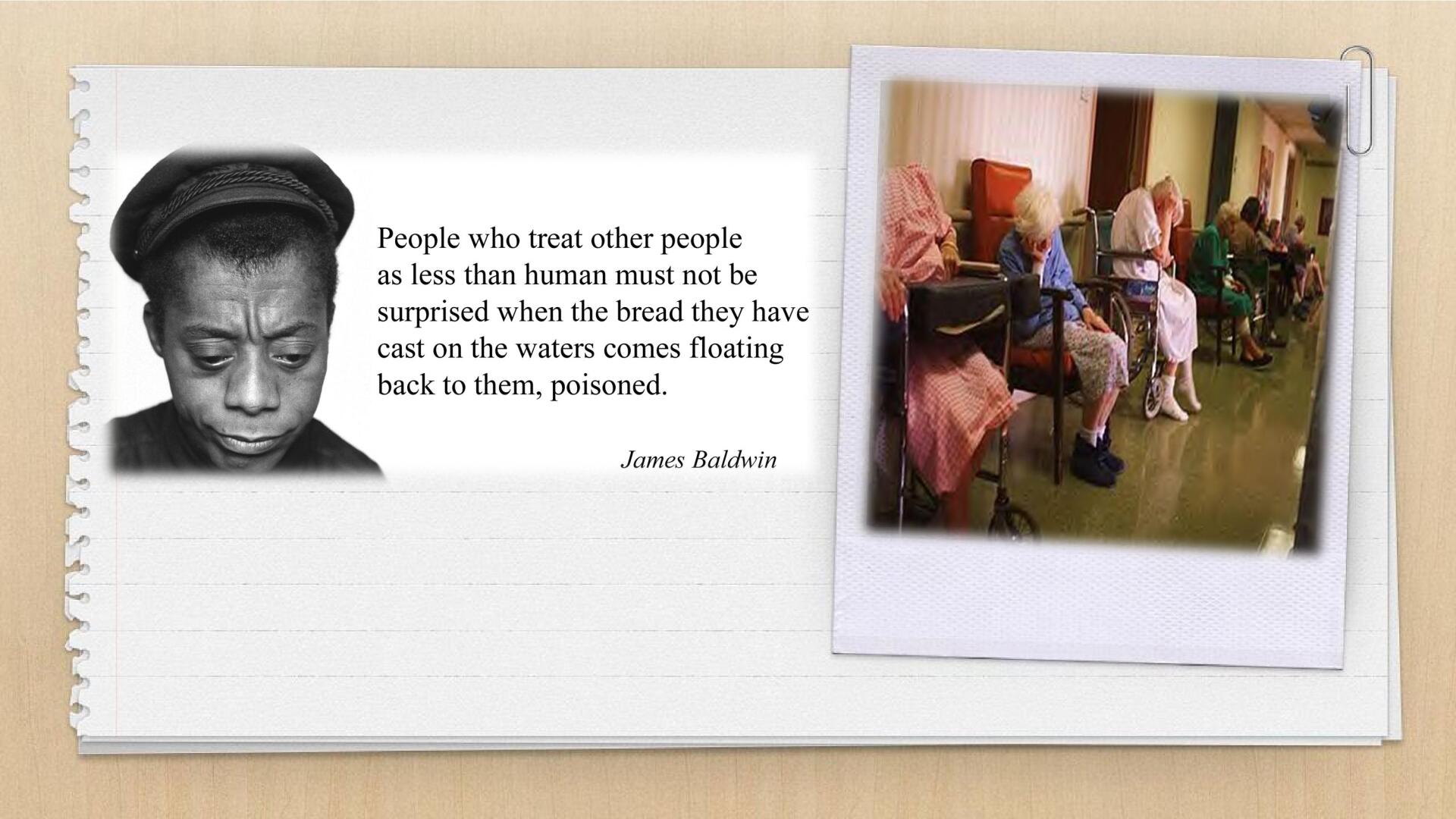
Slide title
Write your caption hereButton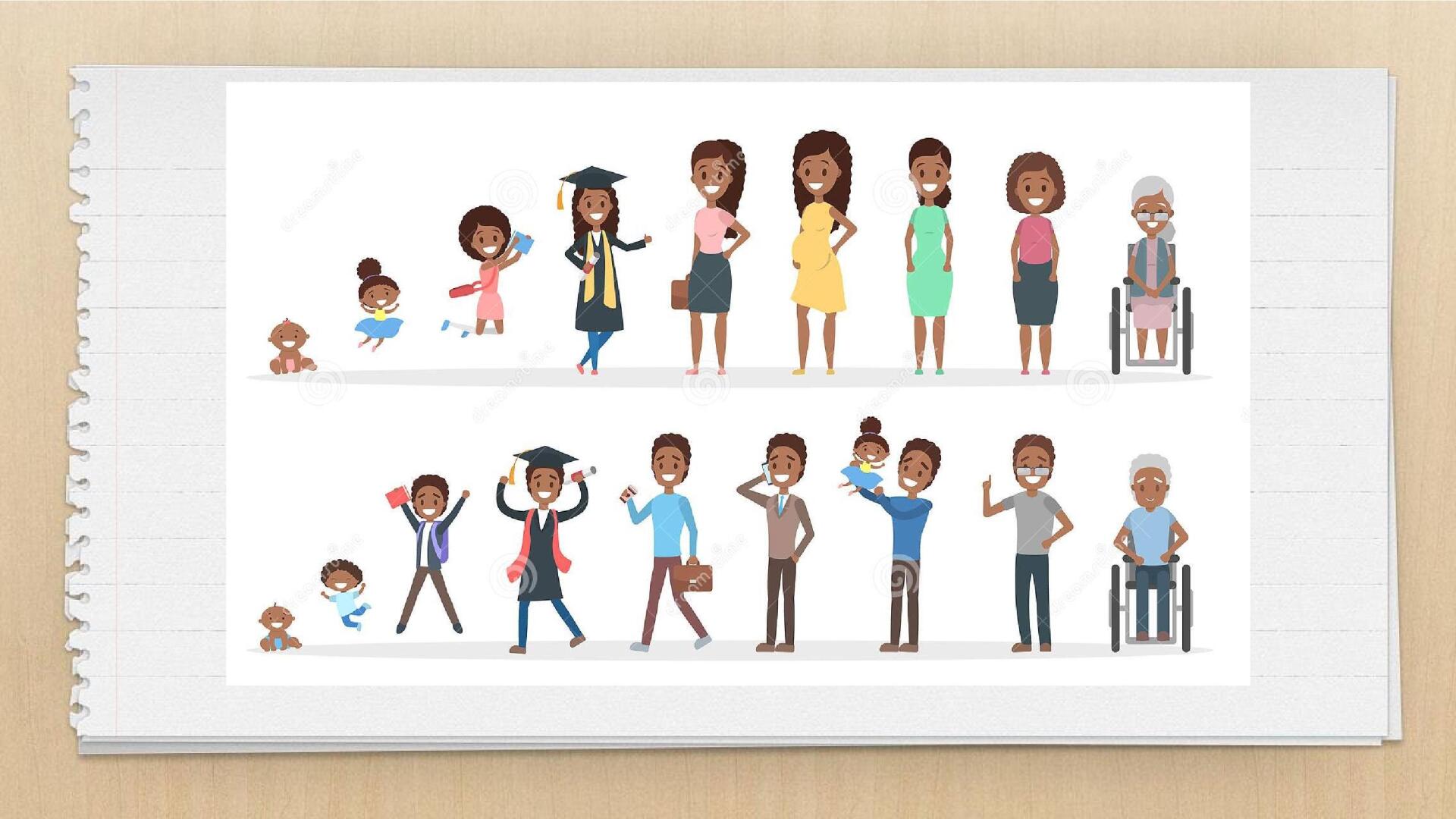
Slide title
Write your caption hereButton
Slide title
Write your caption hereButton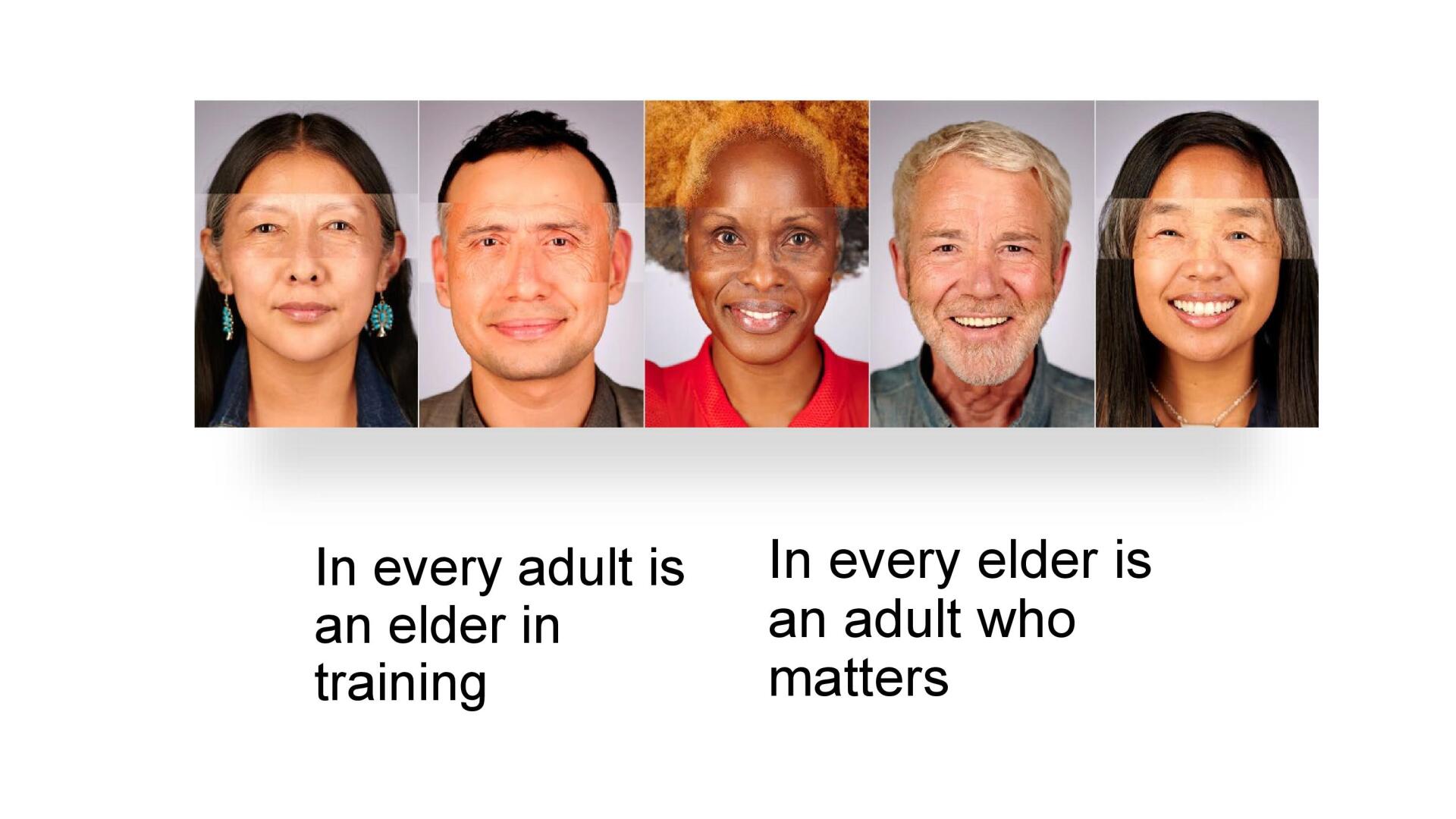
Slide title
Write your caption hereButton
Slide title
Write your caption hereButton
Presentation
By Jodi Reid
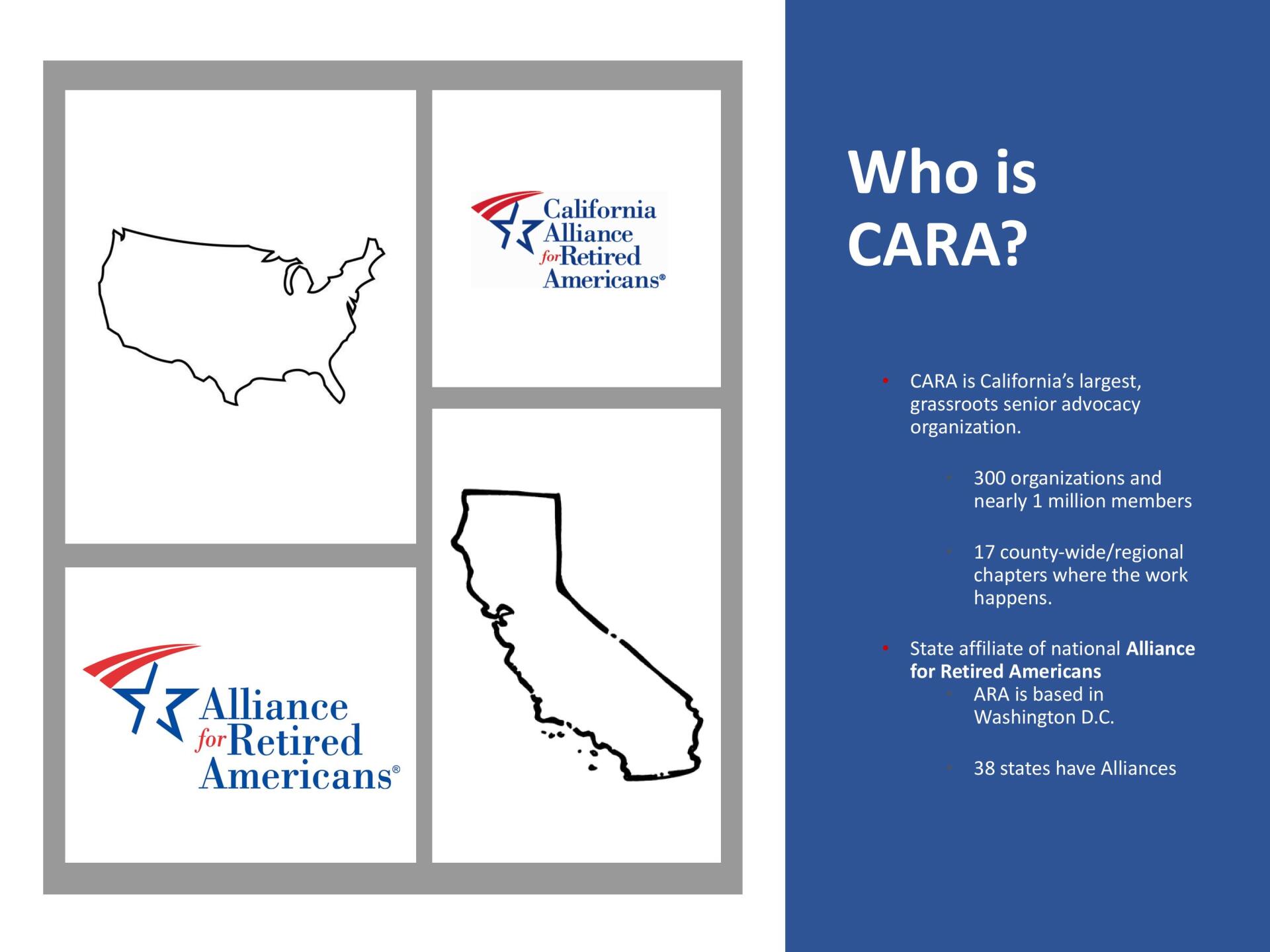
Slide title
Write your caption hereButton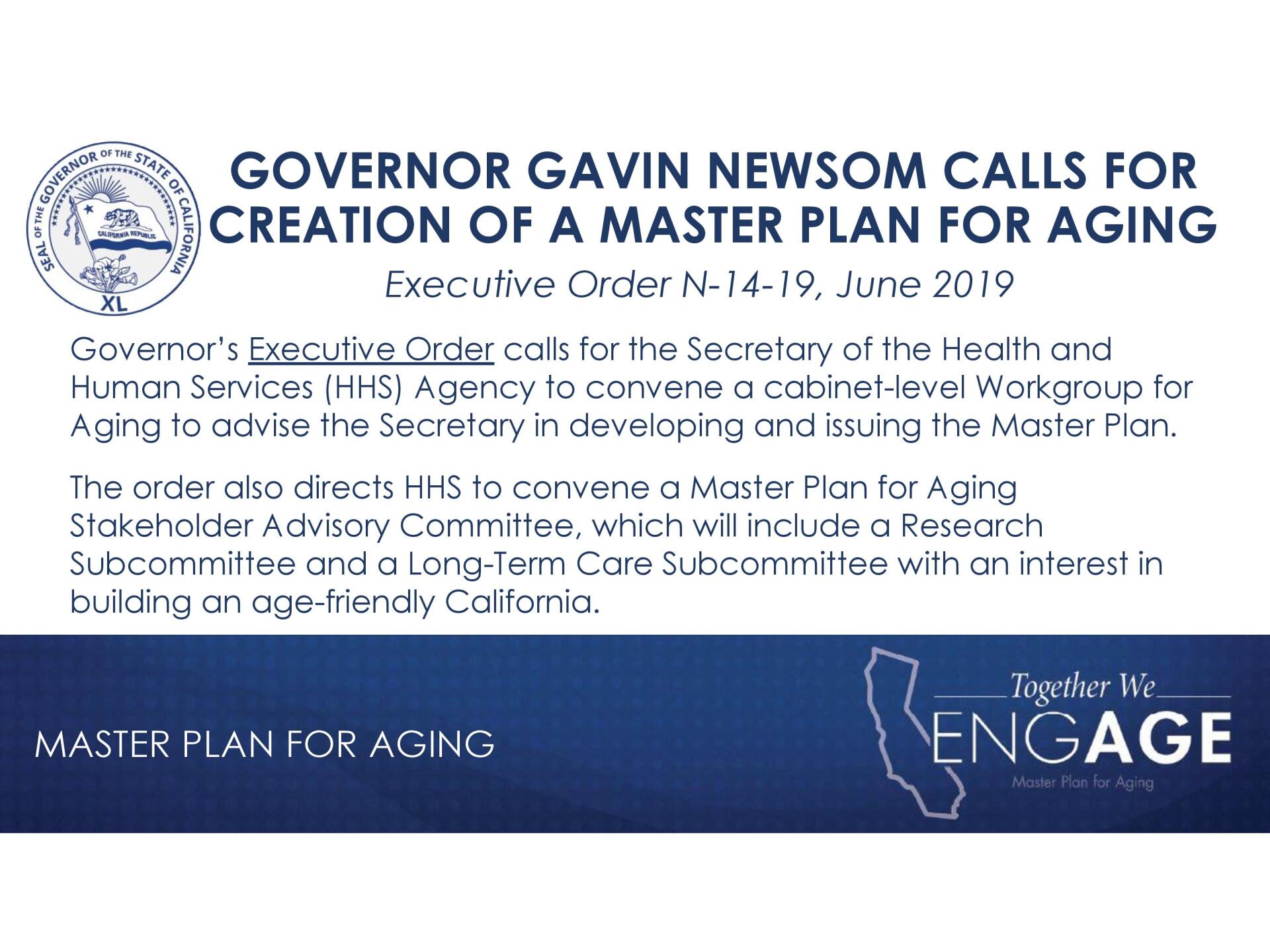
Slide title
Write your caption hereButton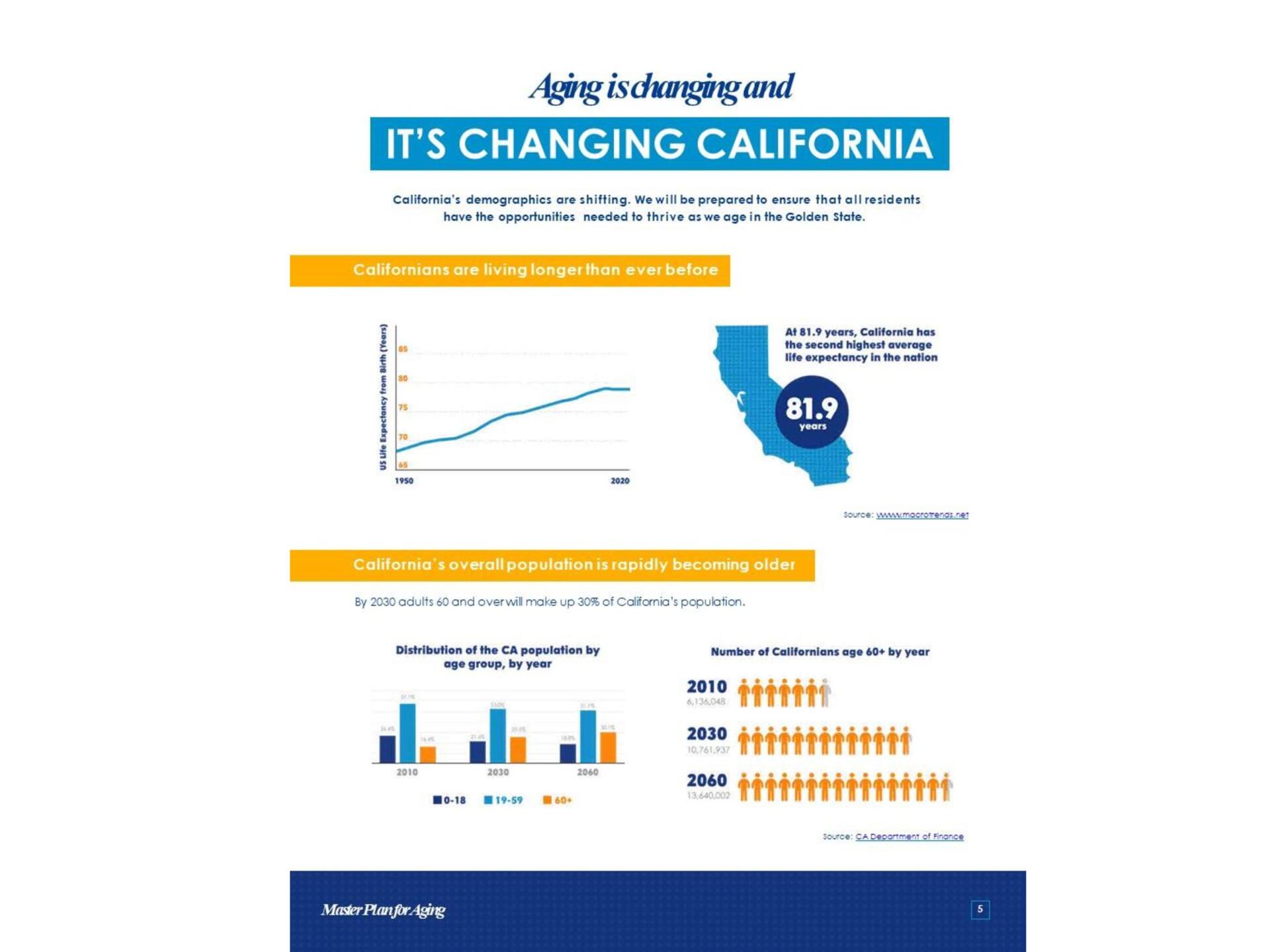
Slide title
Write your caption hereButton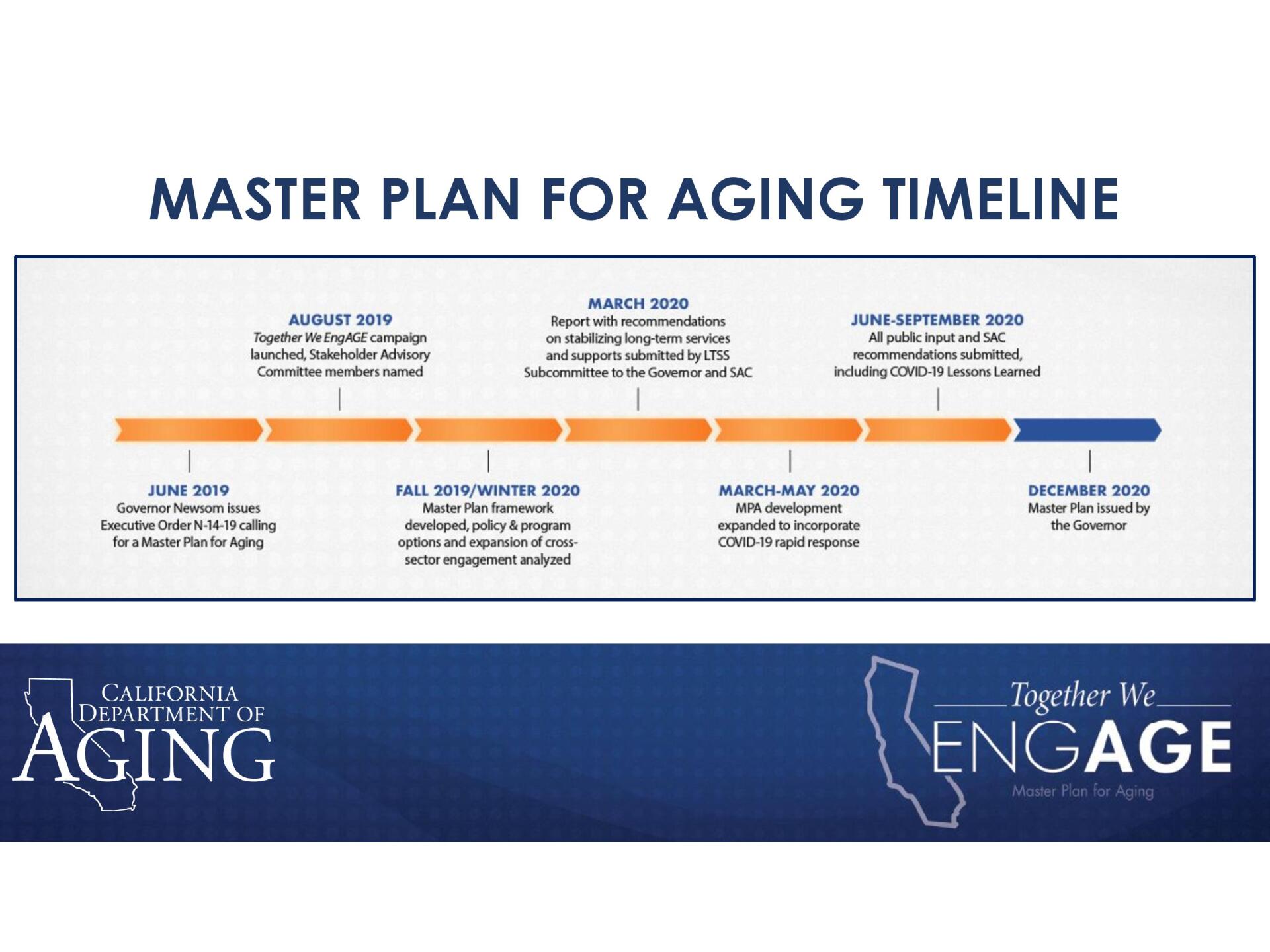
Slide title
Write your caption hereButton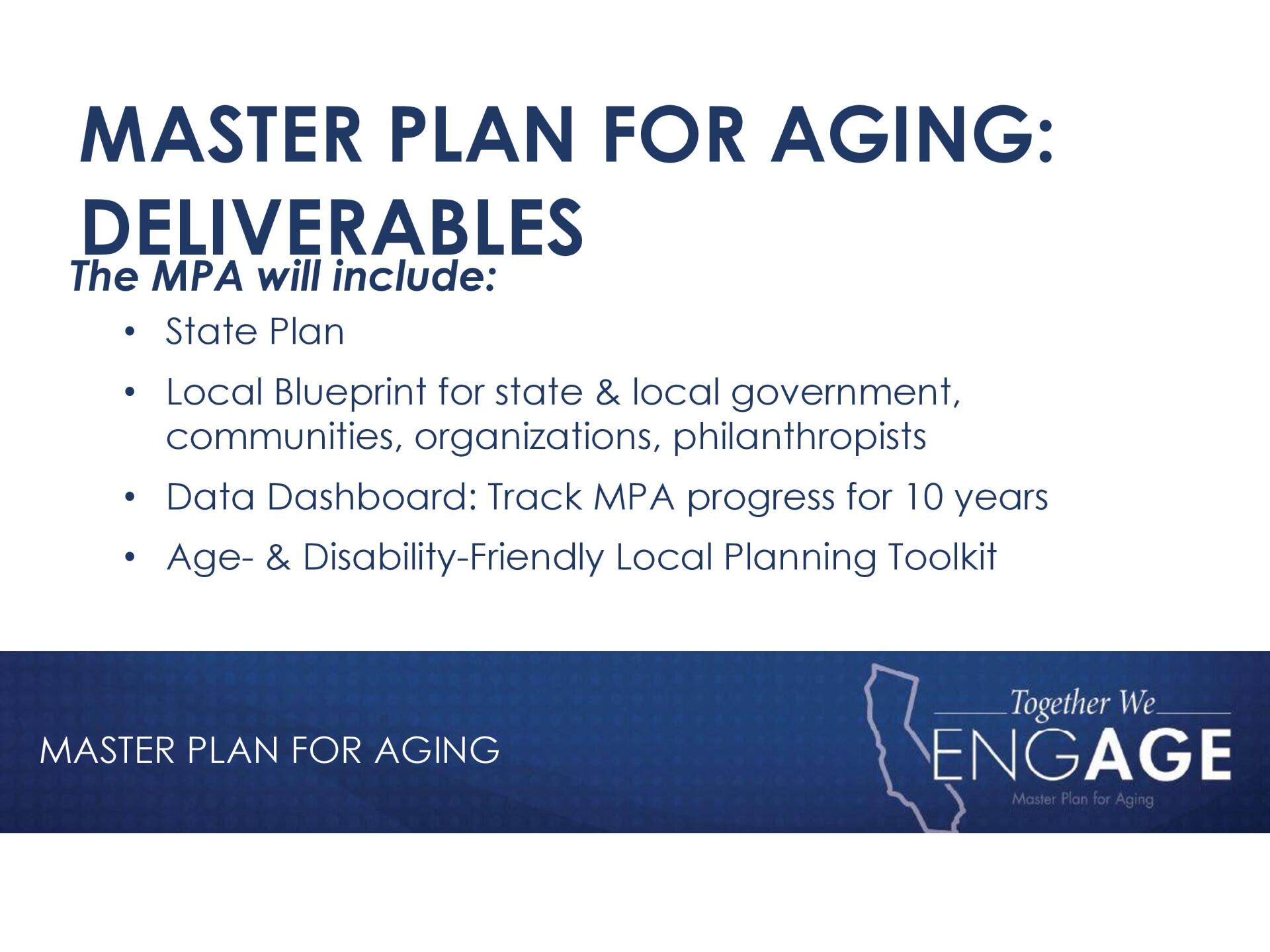
Slide title
Write your caption hereButton
Slide title
Write your caption hereButton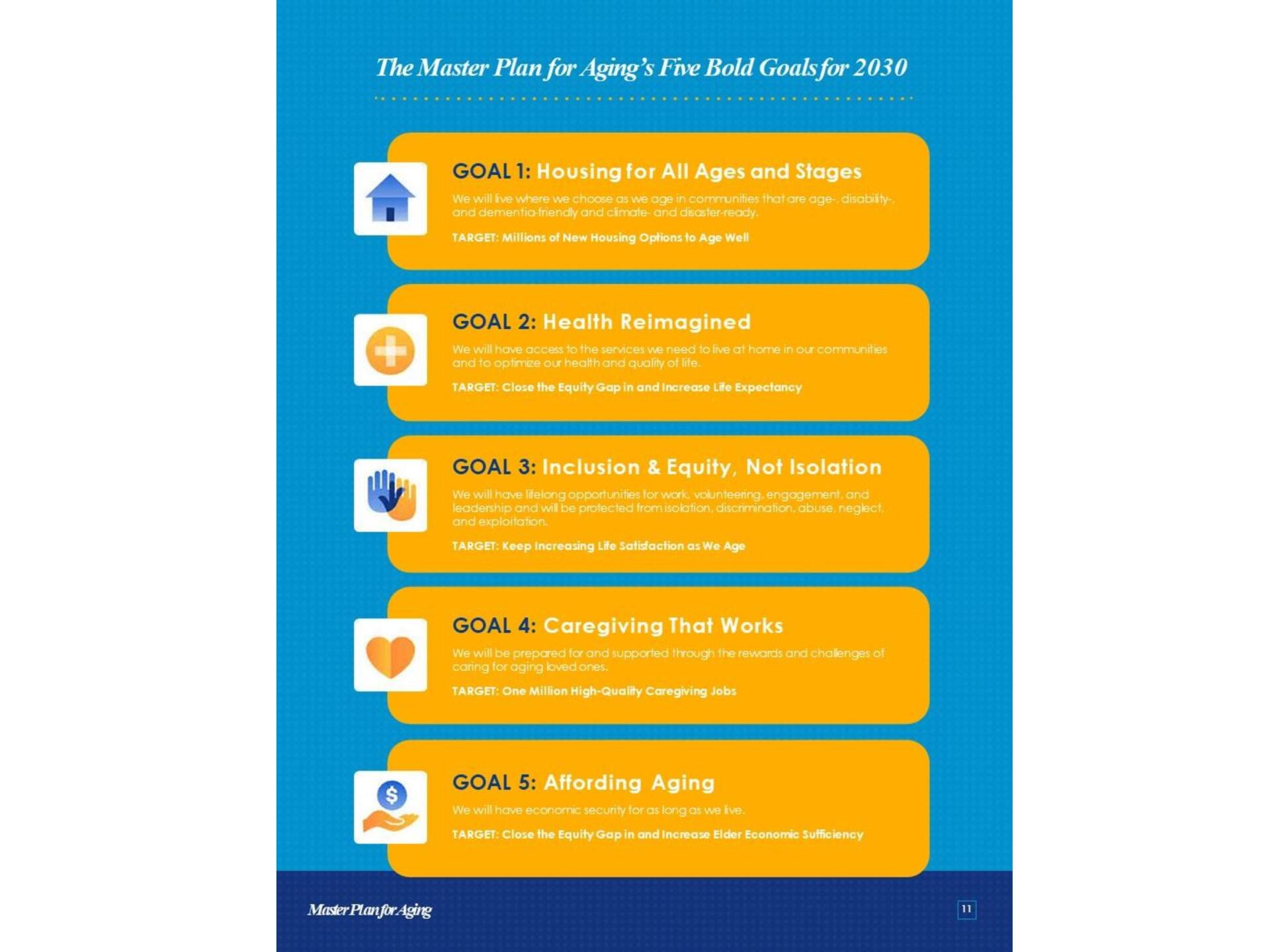
Slide title
Write your caption hereButton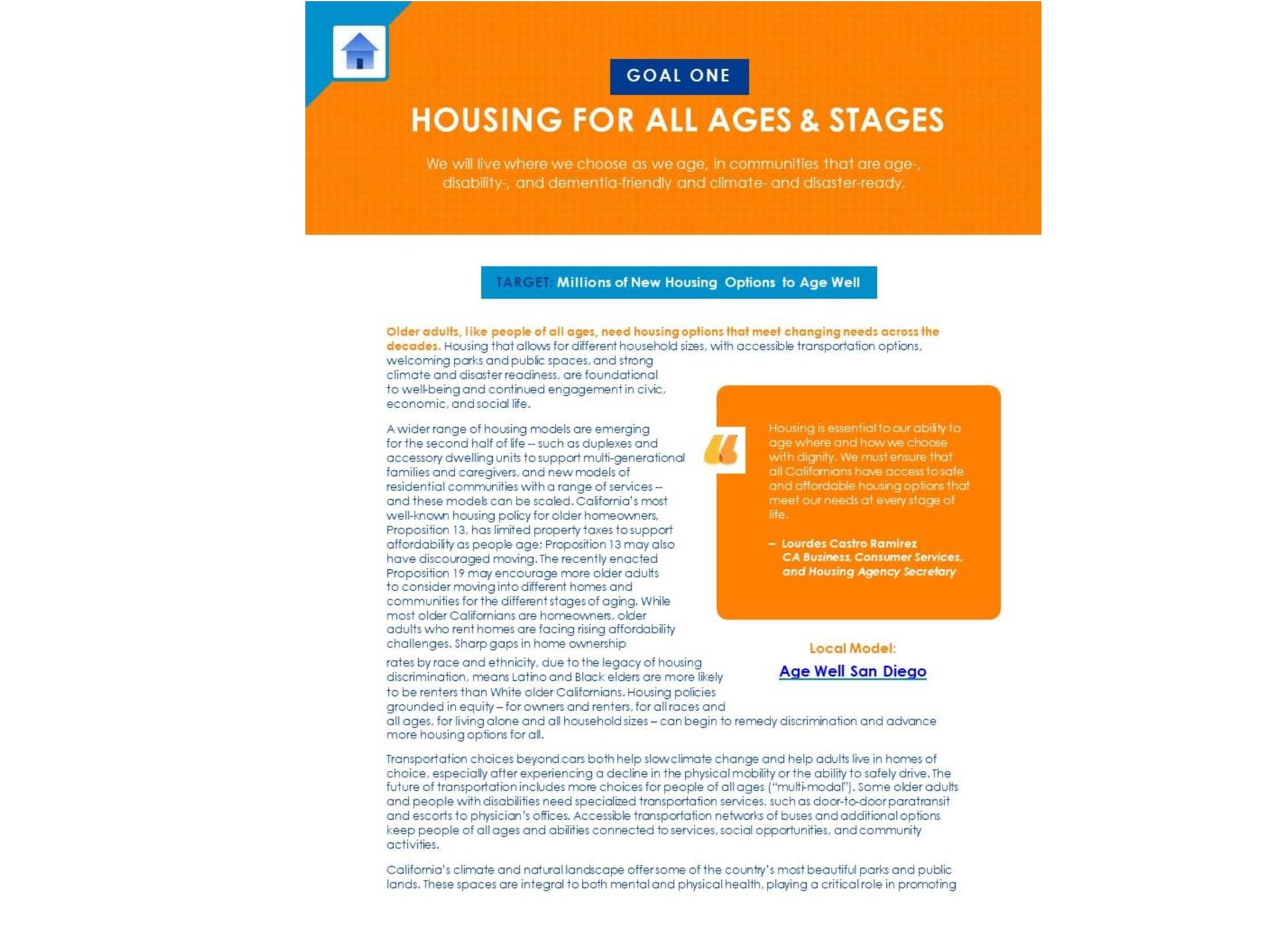
Slide title
Write your caption hereButton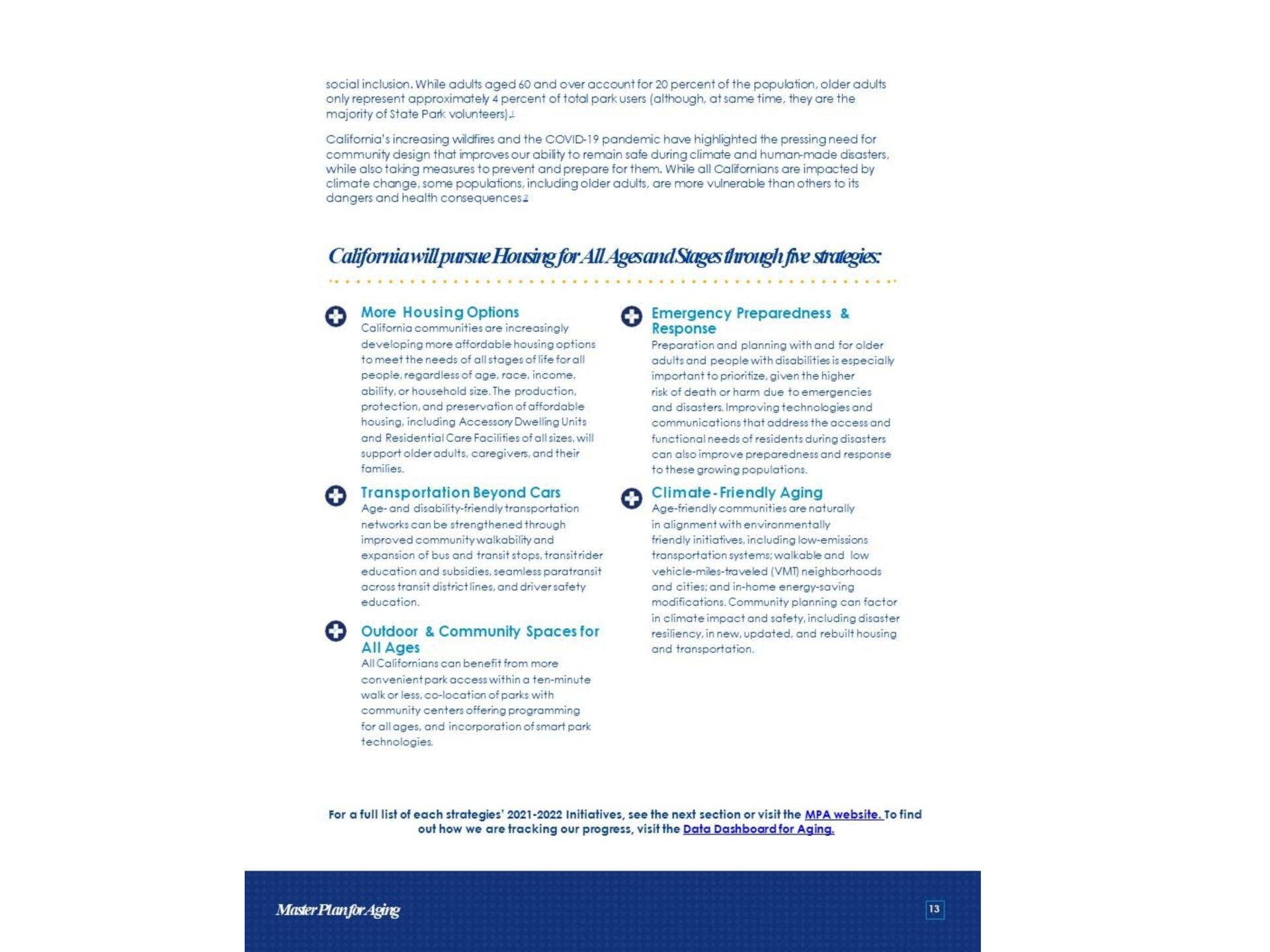
Slide title
Write your caption hereButton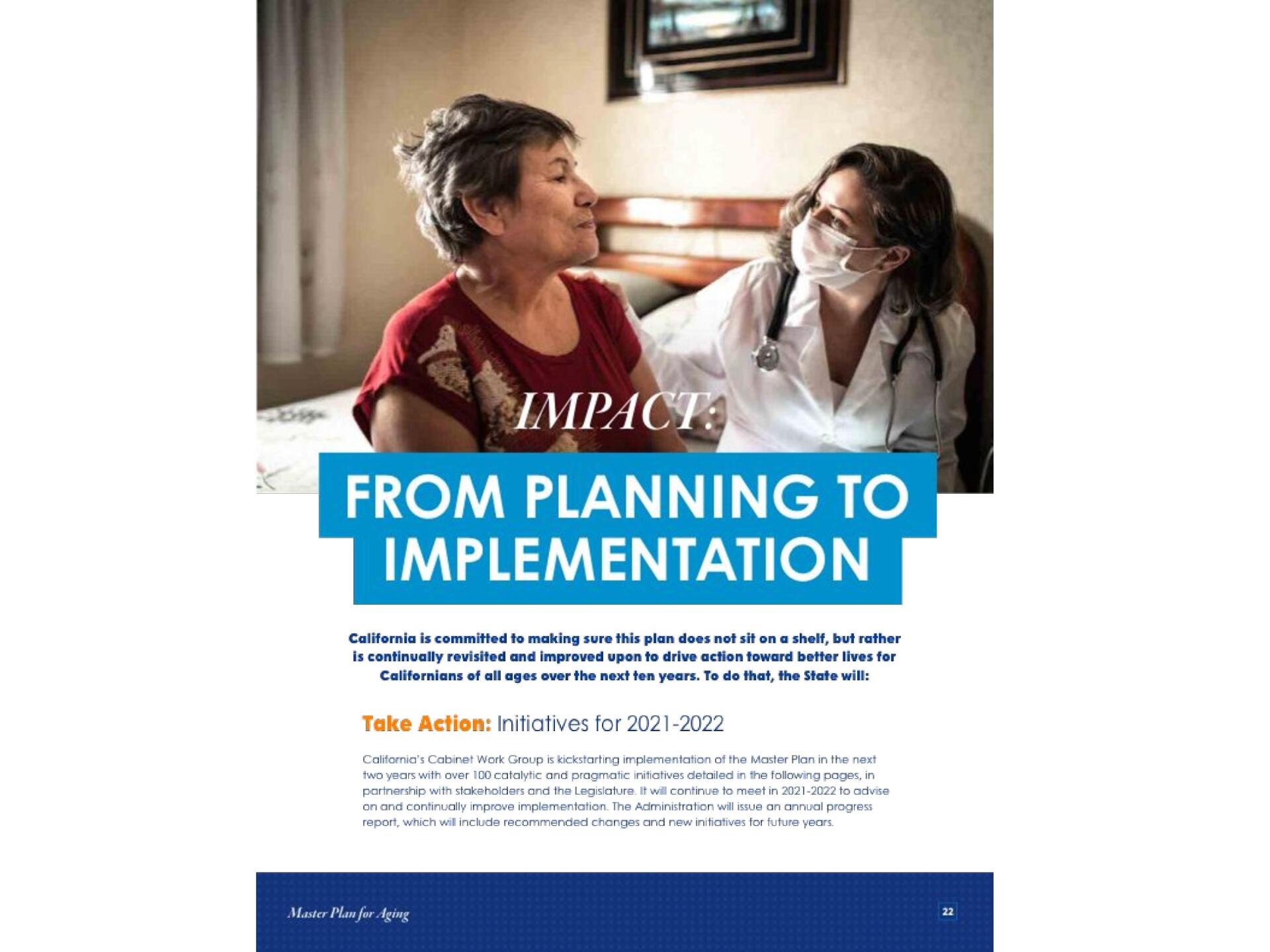
Slide title
Write your caption hereButton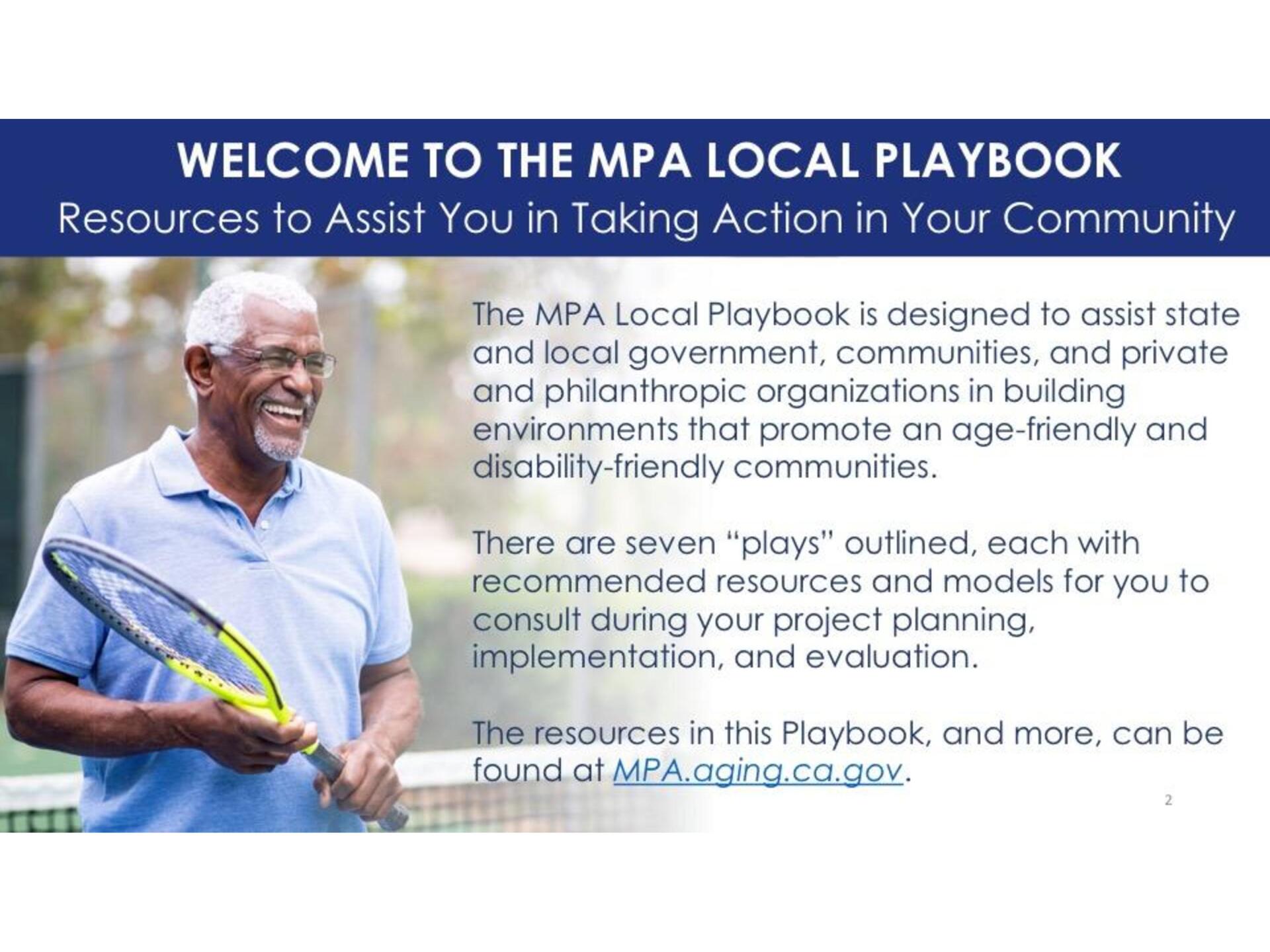
Slide title
Write your caption hereButton
Slide title
Write your caption hereButton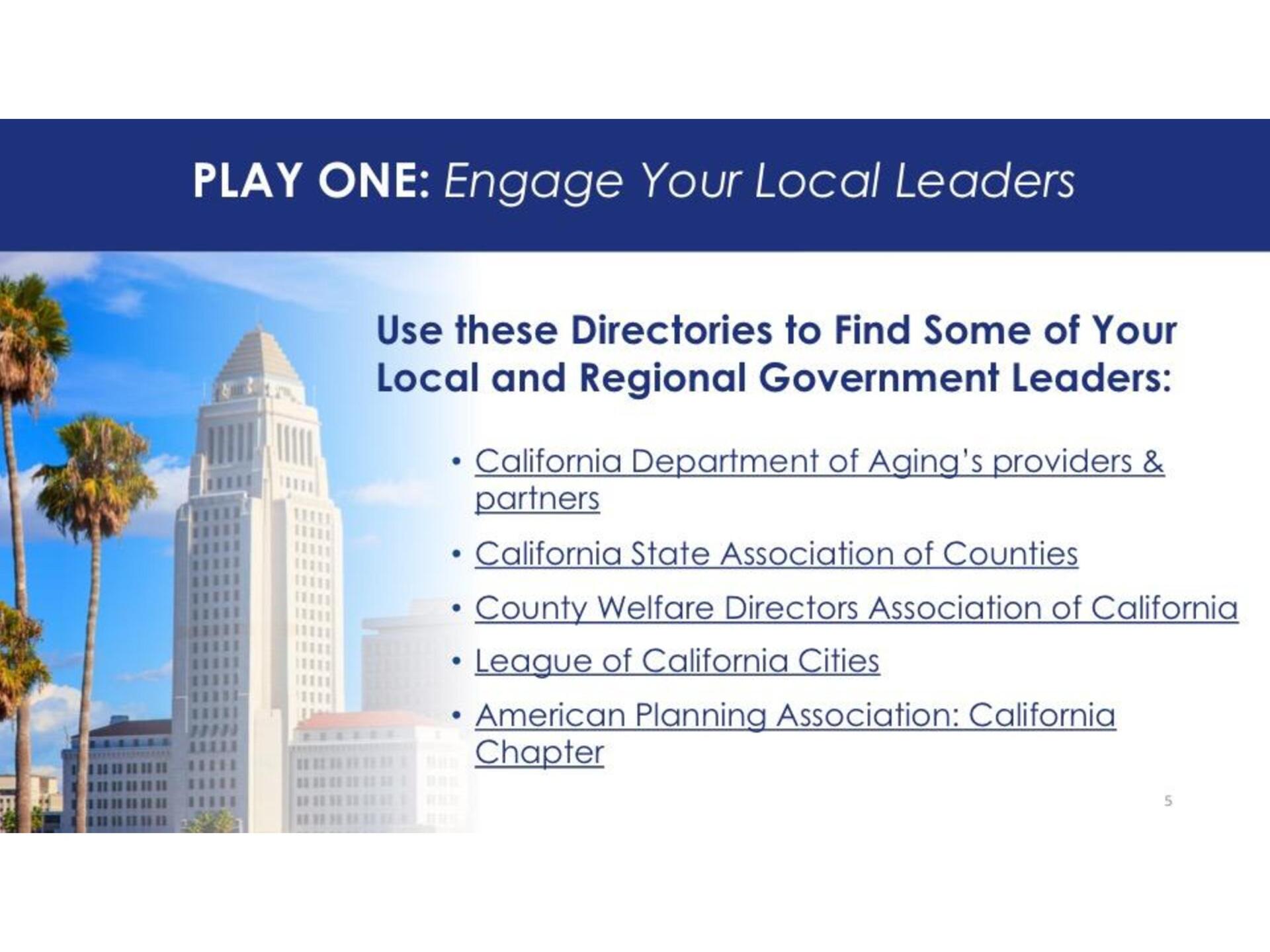
Slide title
Write your caption hereButton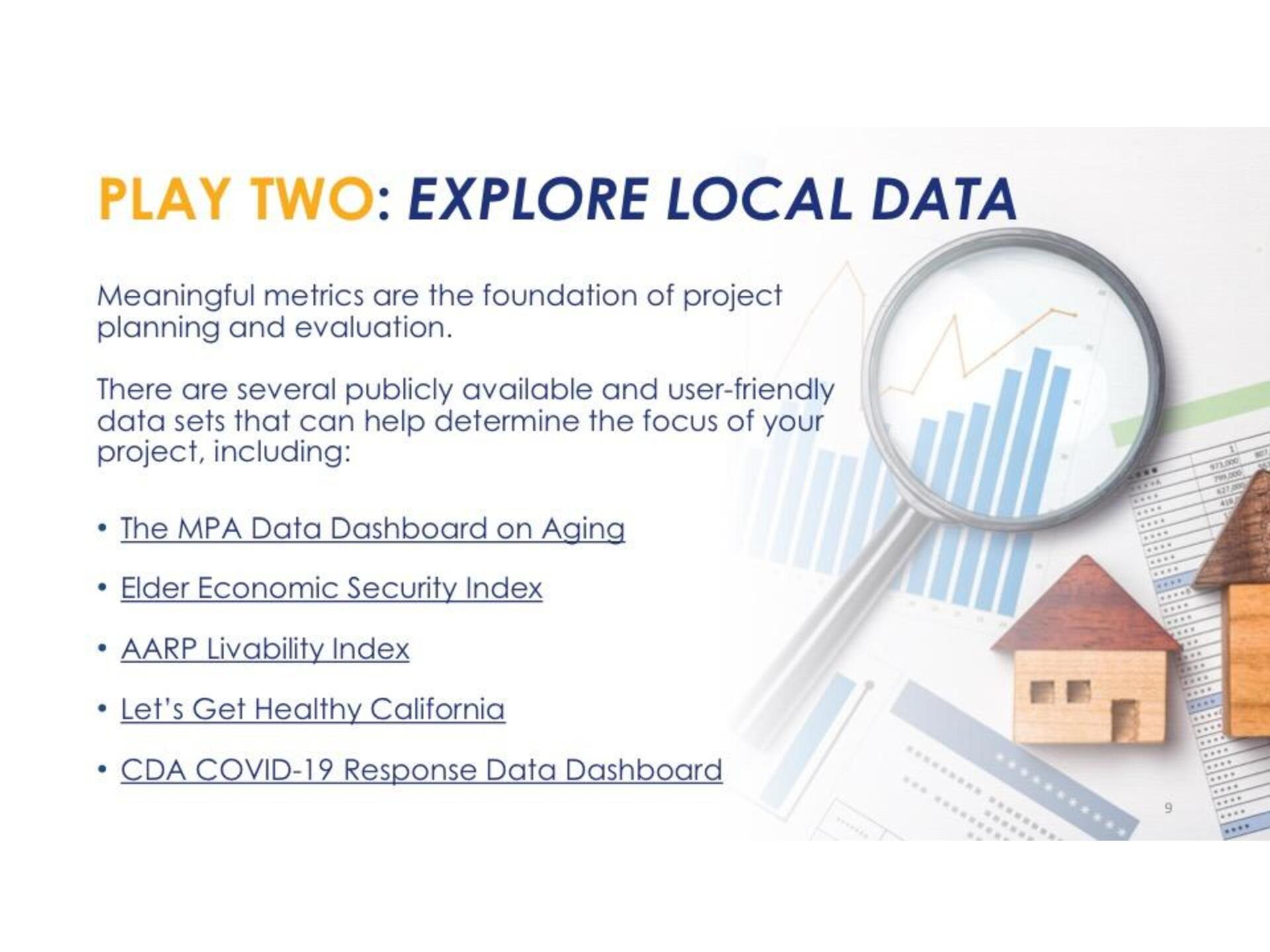
Slide title
Write your caption hereButton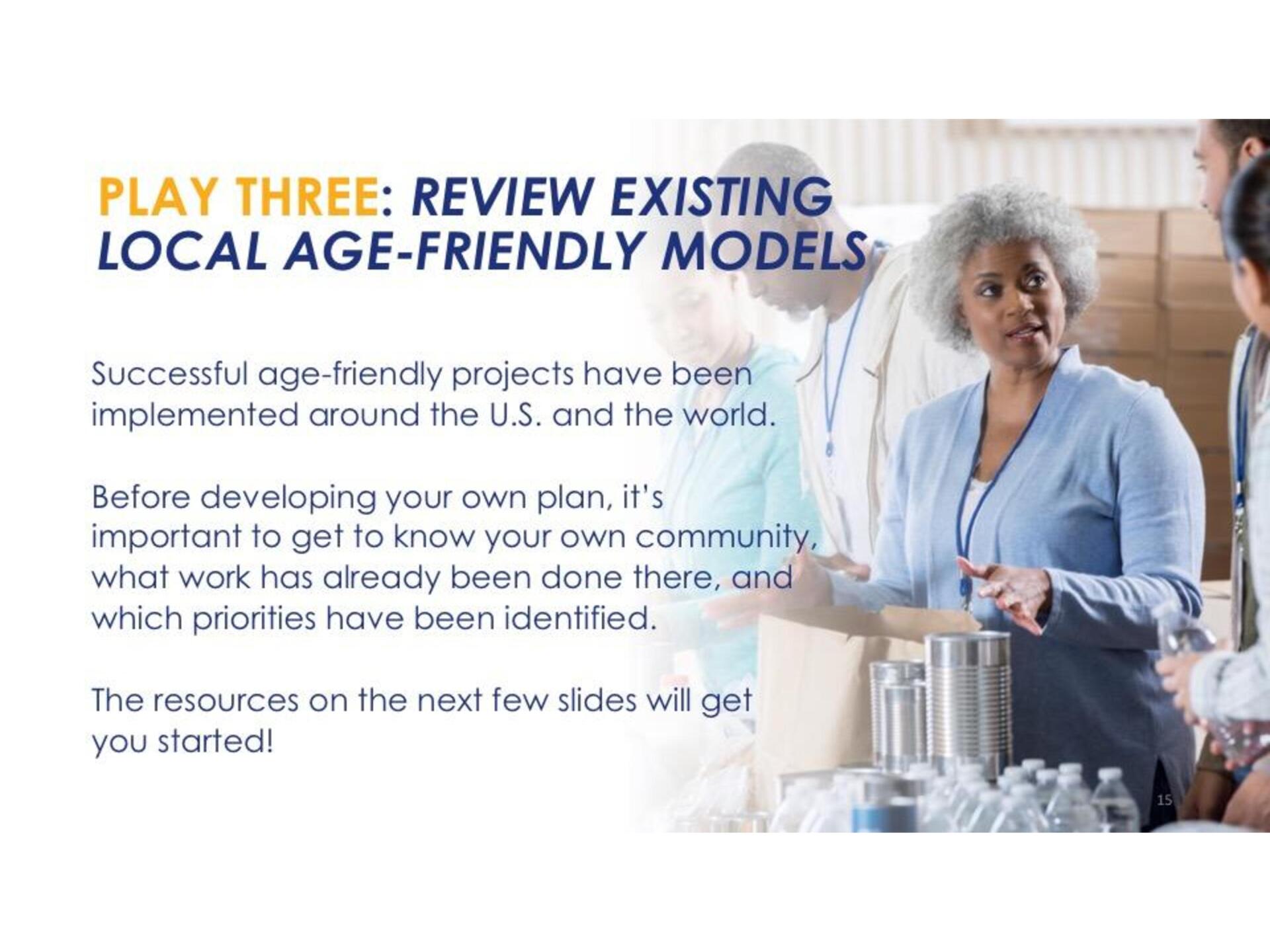
Slide title
Write your caption hereButton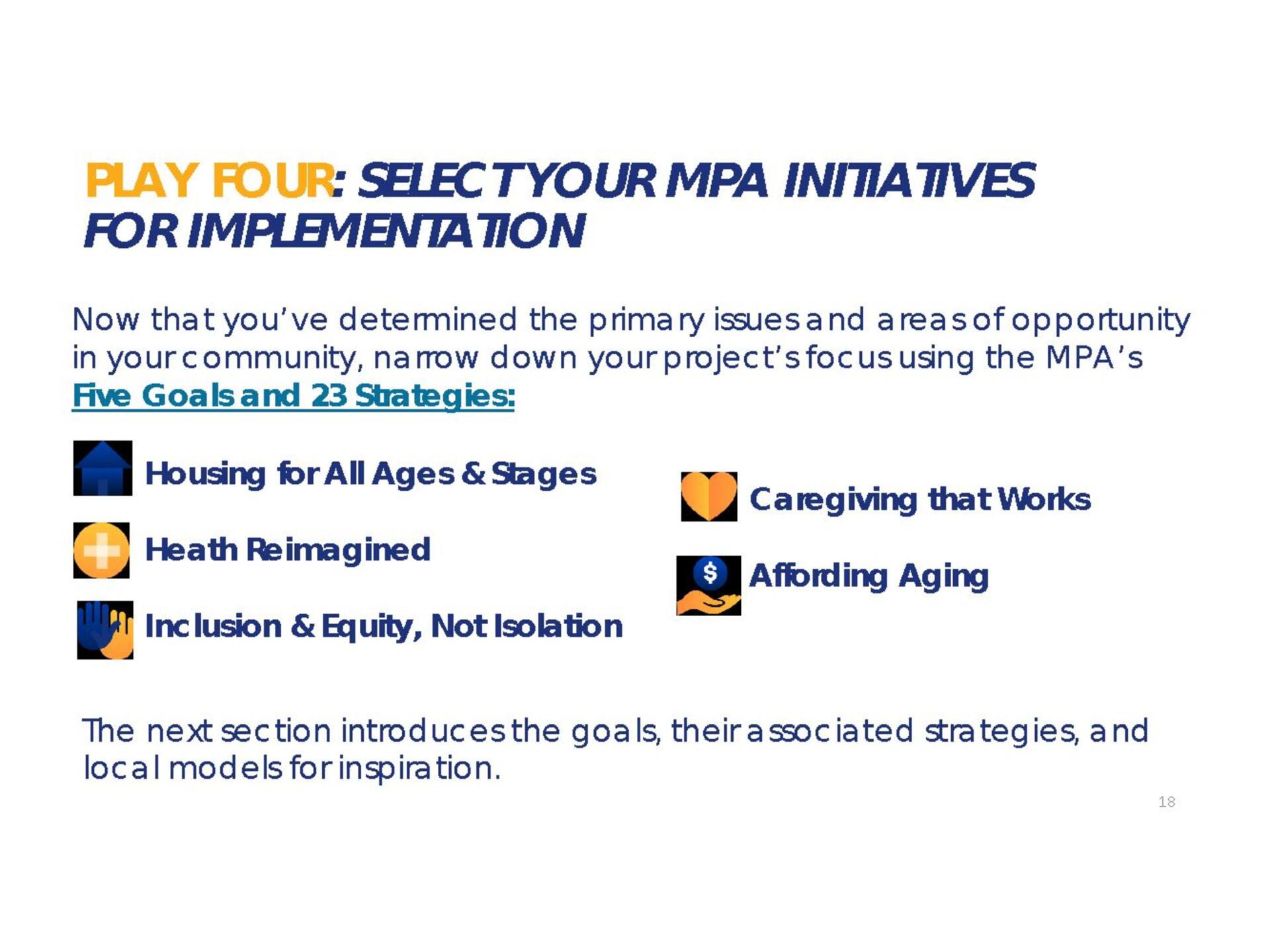
Slide title
Write your caption hereButton
Slide title
Write your caption hereButton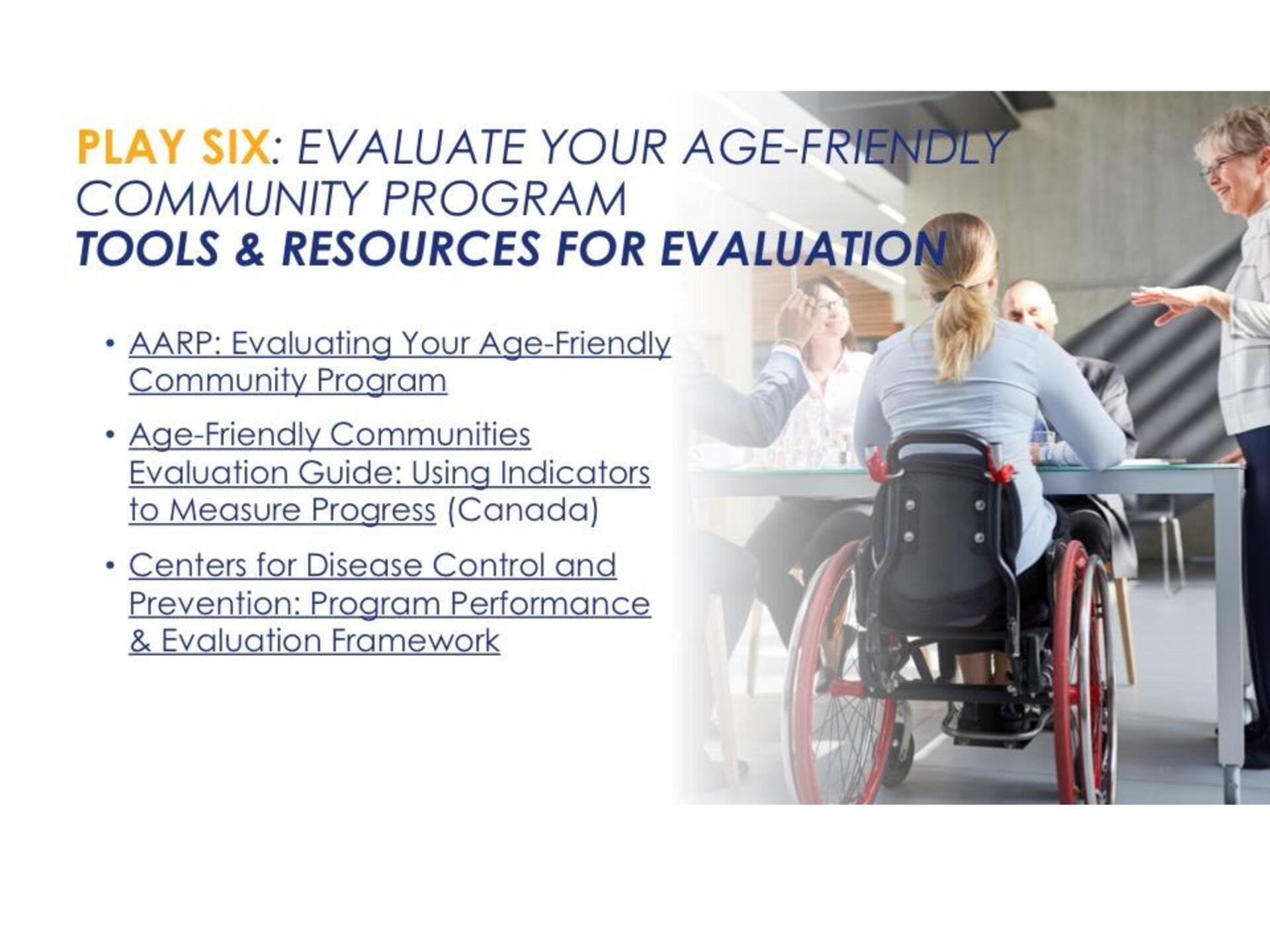
Slide title
Write your caption hereButton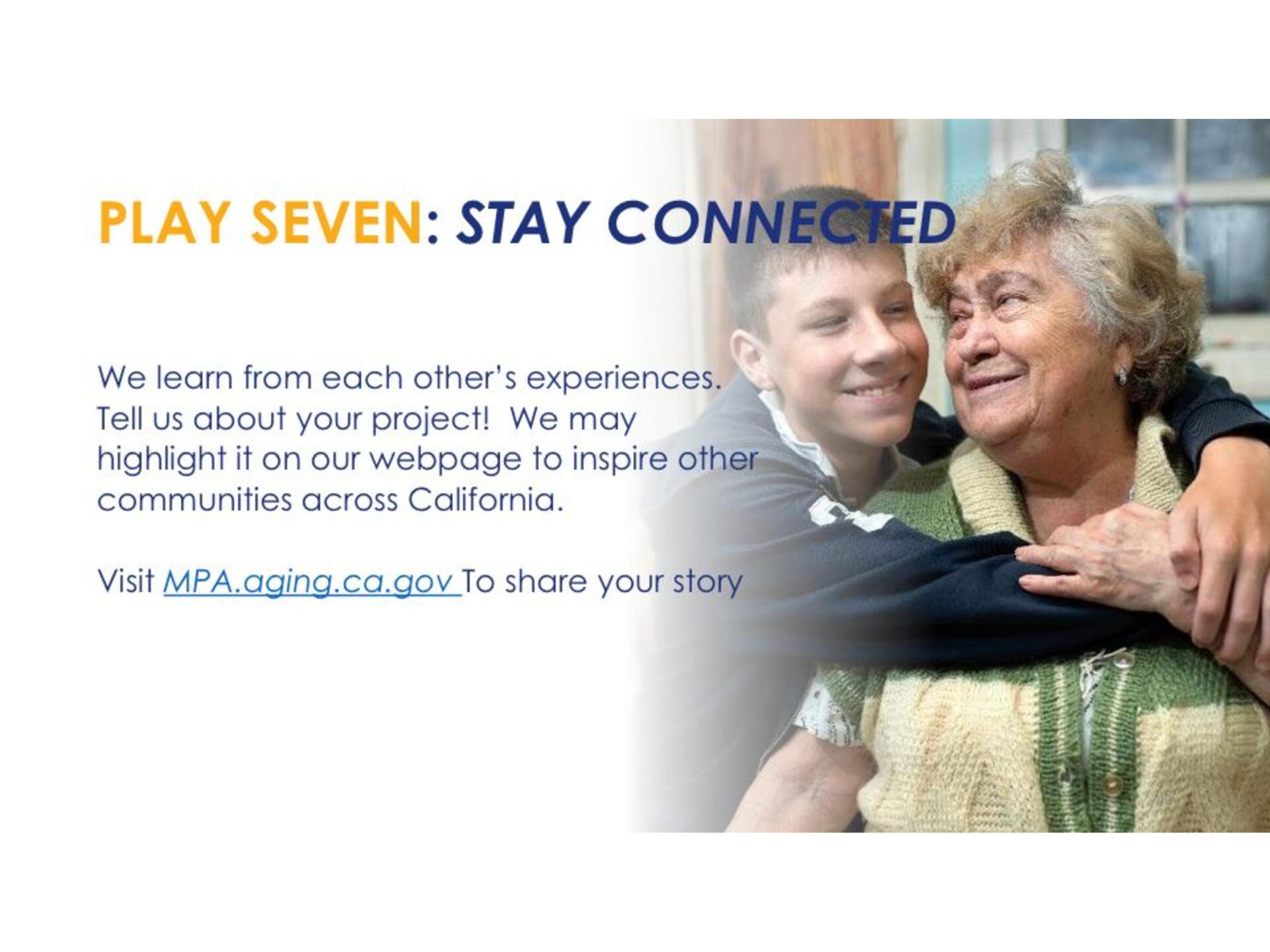
Slide title
Write your caption hereButton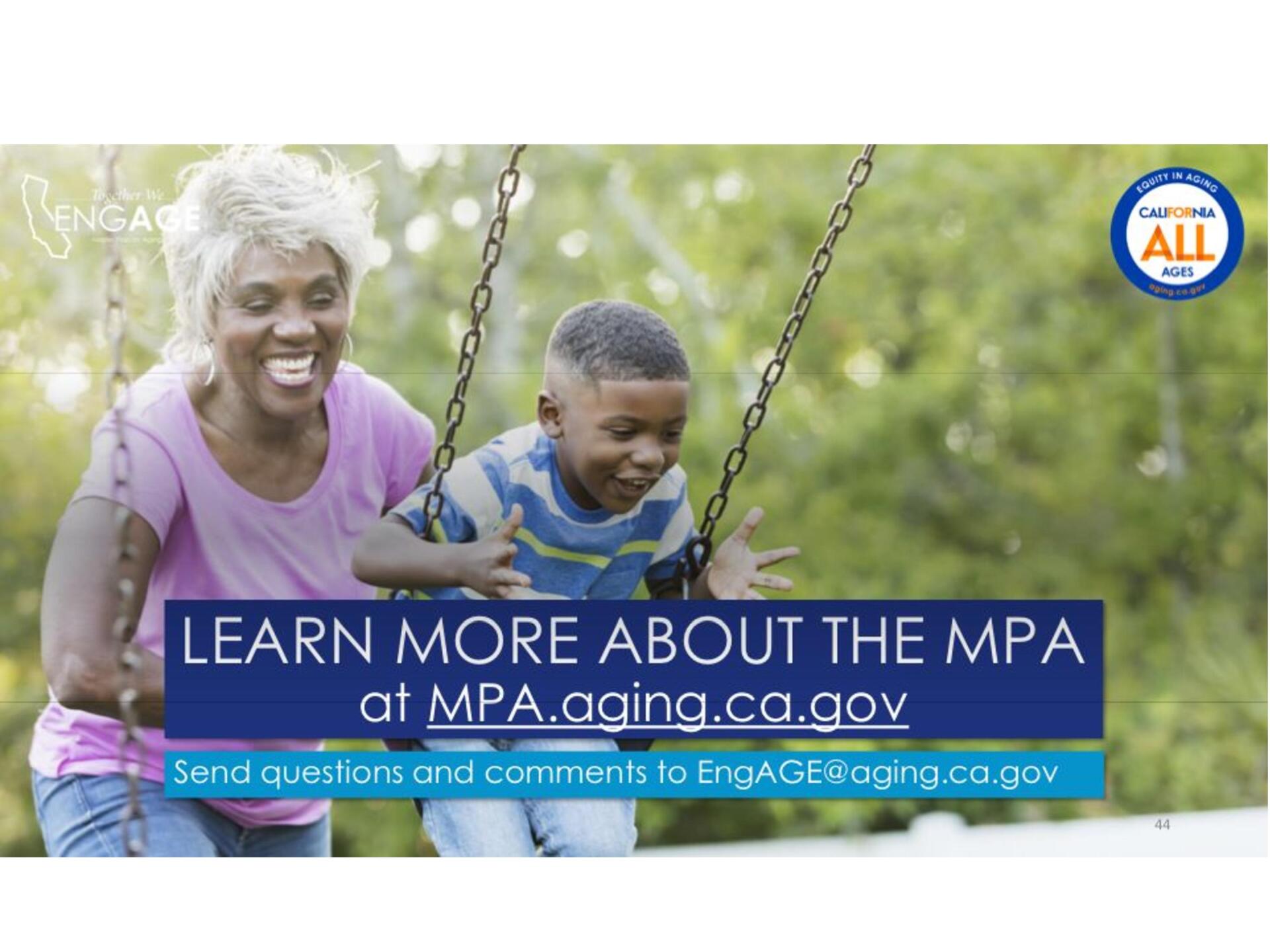
Slide title
Write your caption hereButton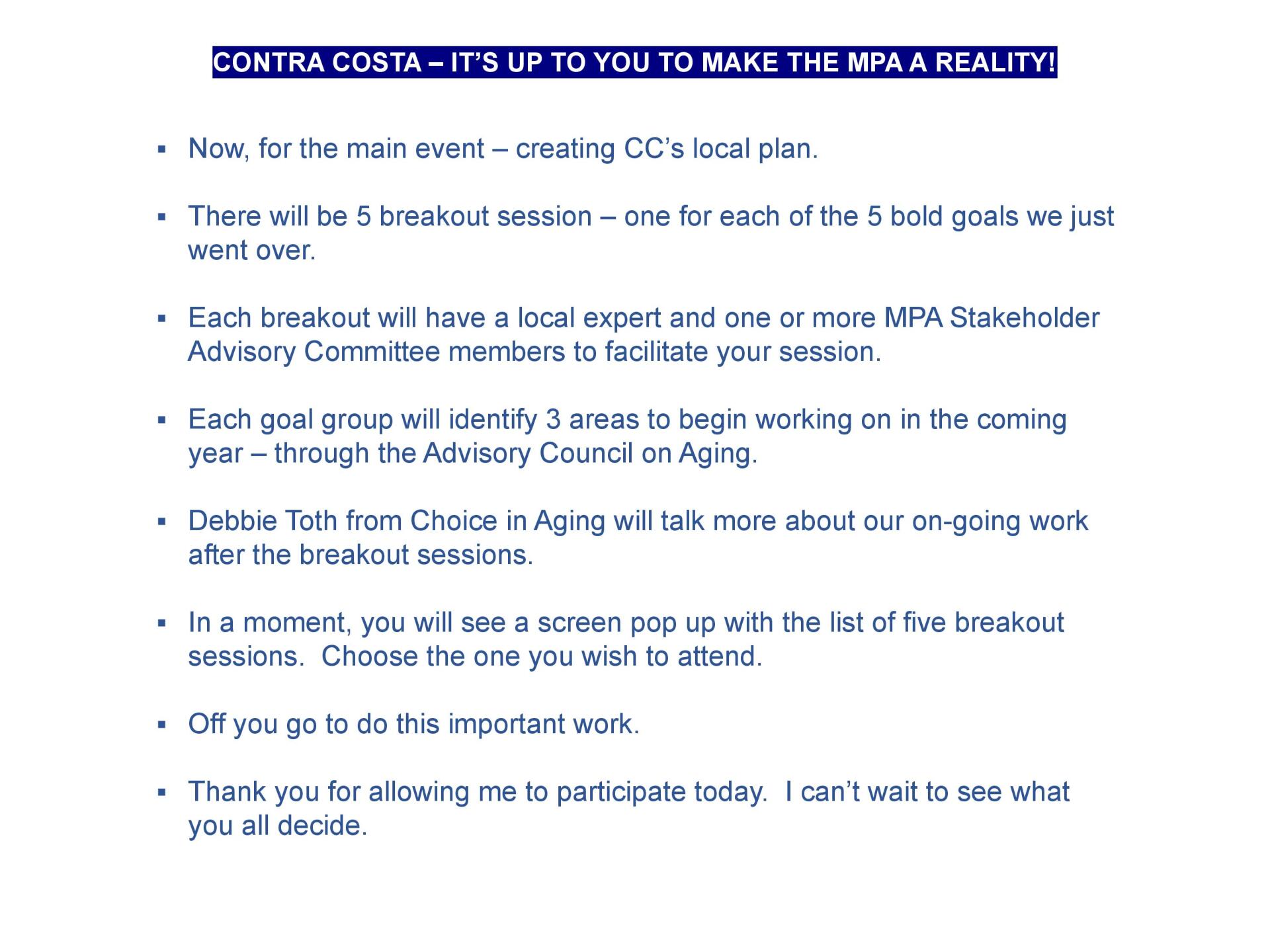
Slide title
Write your caption hereButton
CCLTSS Regional Forum
21 Regional Coalitions throughout the state are hosting forums to shape how the Master Plan for Aging is implemented locally.
Supported by a grant from The SCAN Foundation - advancing a coordinated and easily navigated system of high-quality services for older adults that preserve dignity and independence. For more information, visit www.TheSCANFoundation.org.

